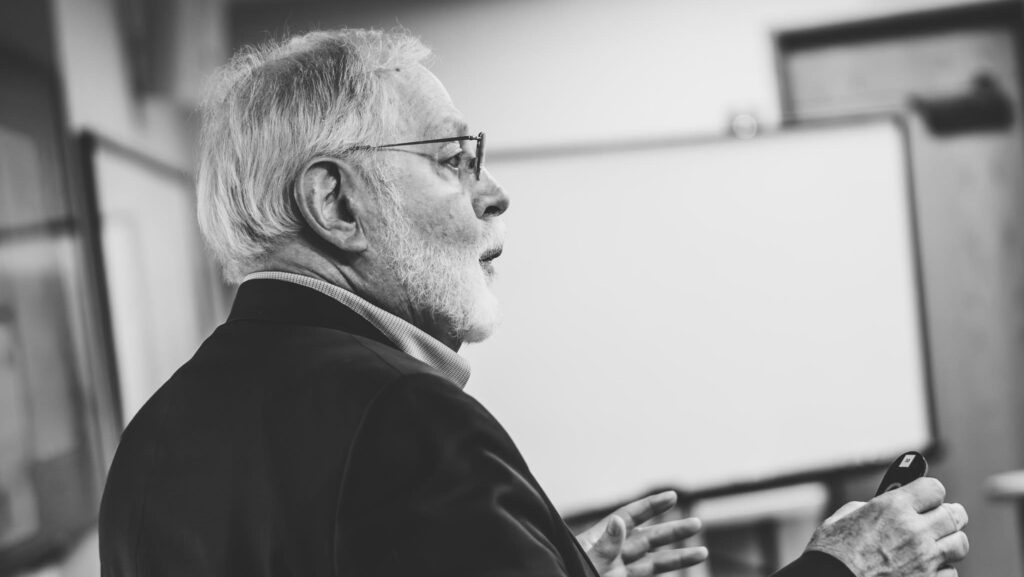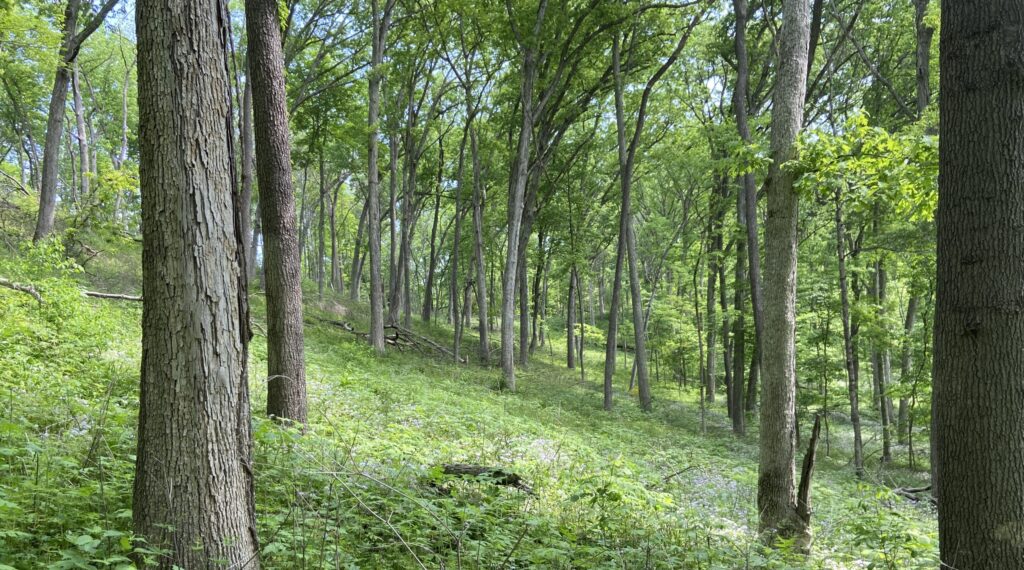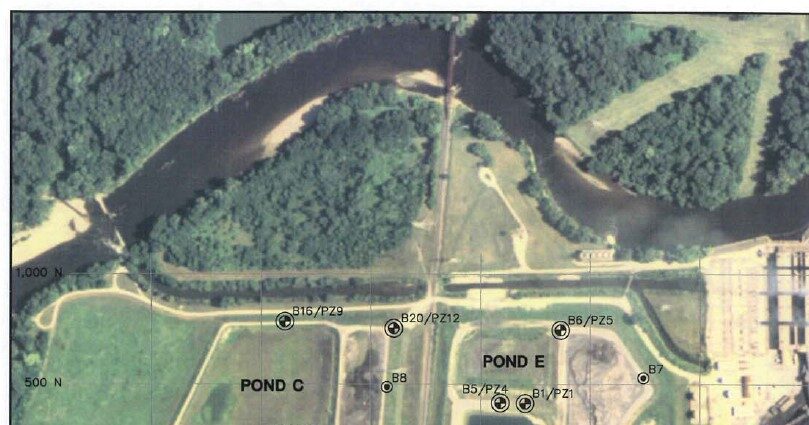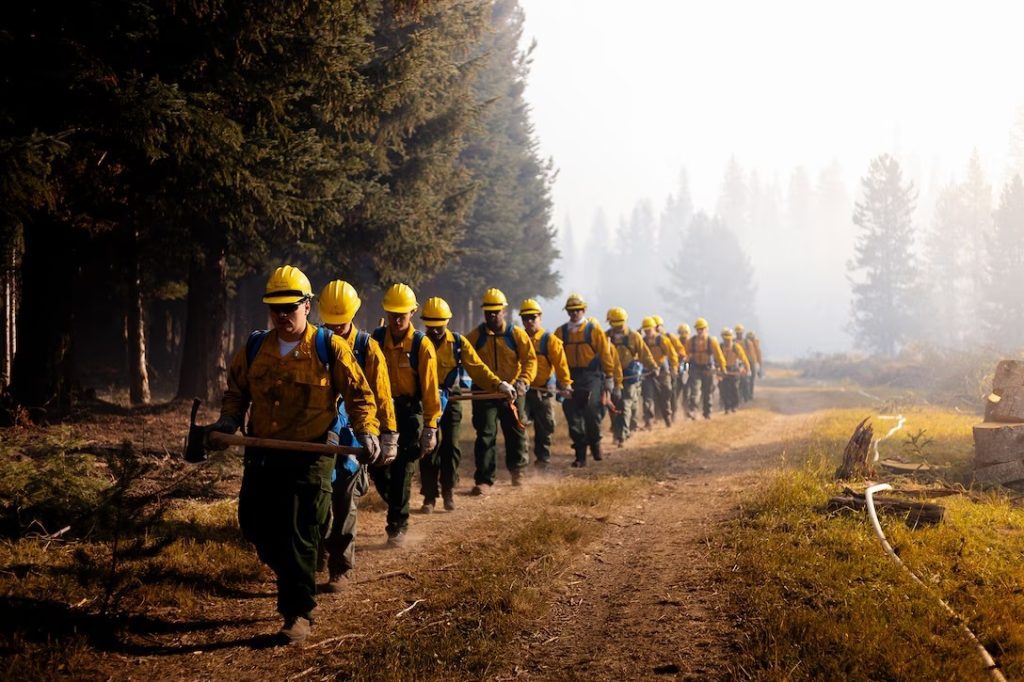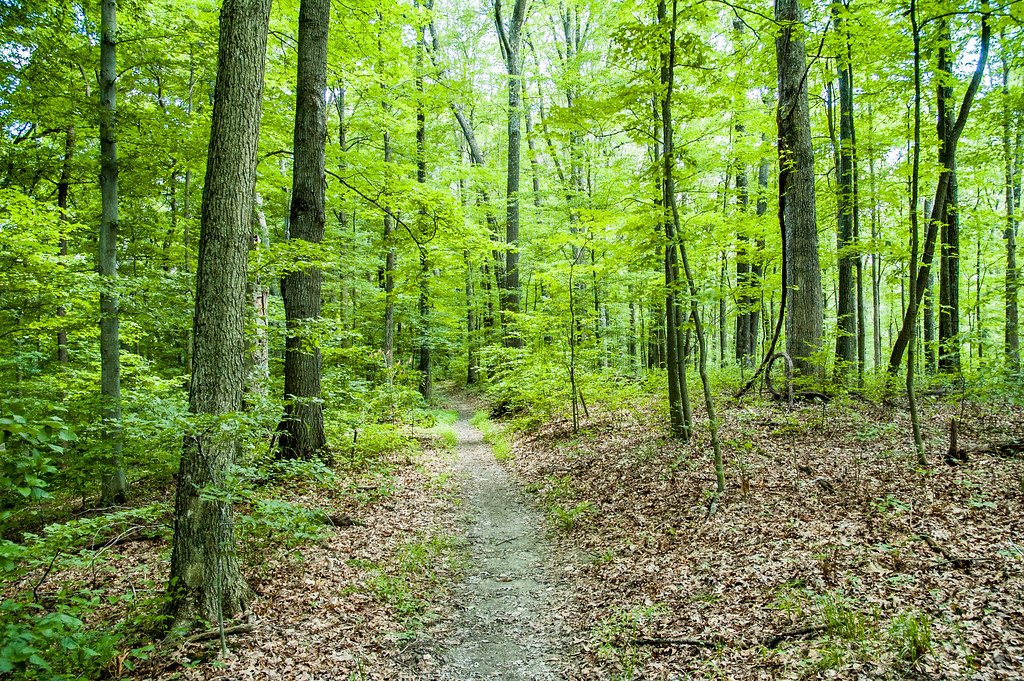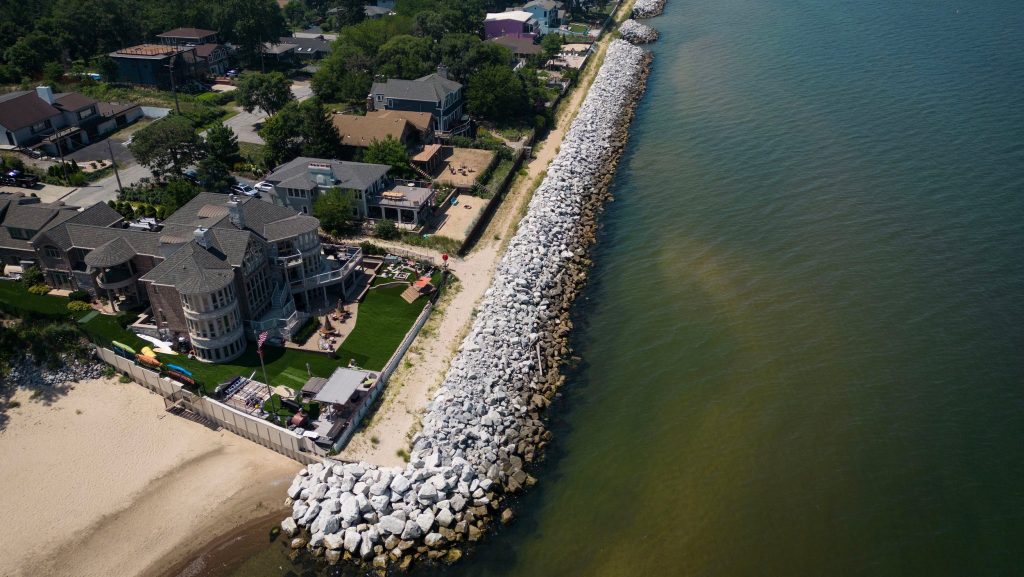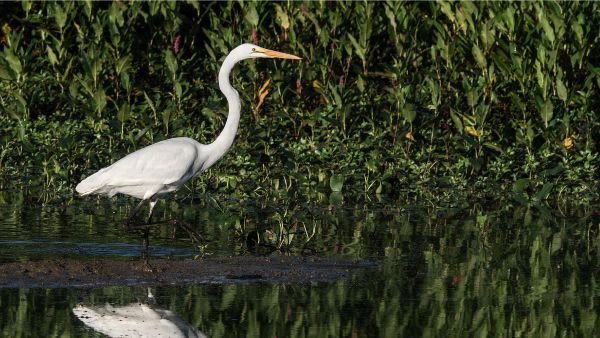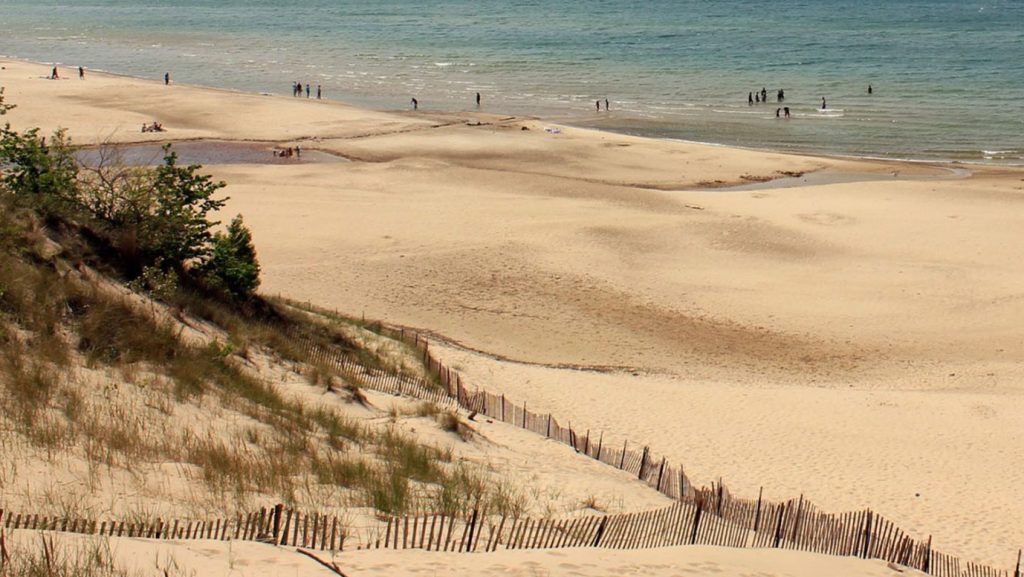Latest News
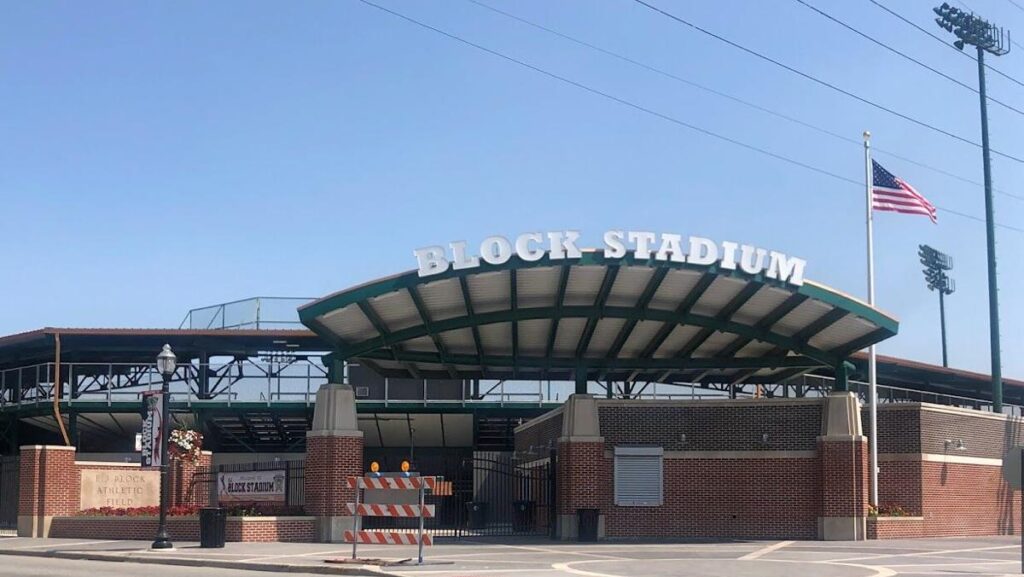
- Issues: Community-Centered Conservation
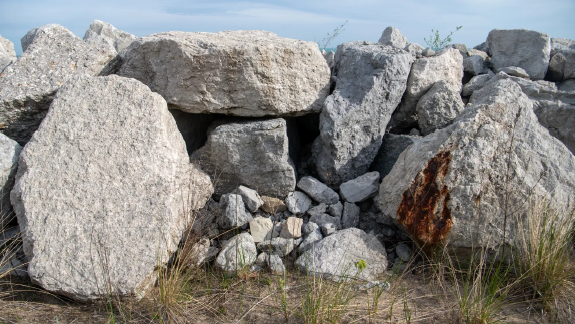
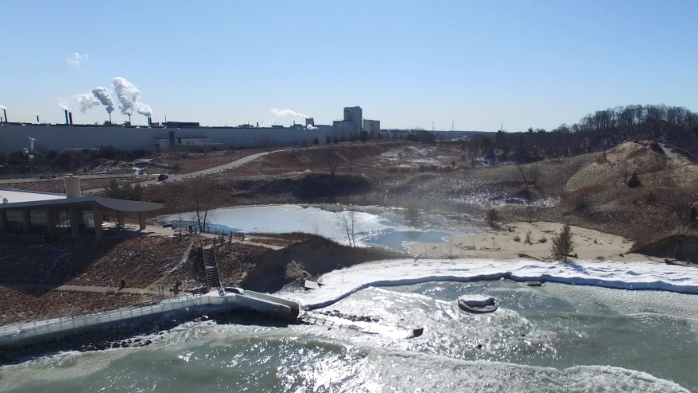
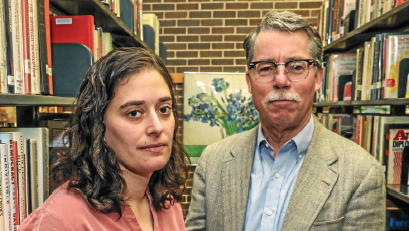
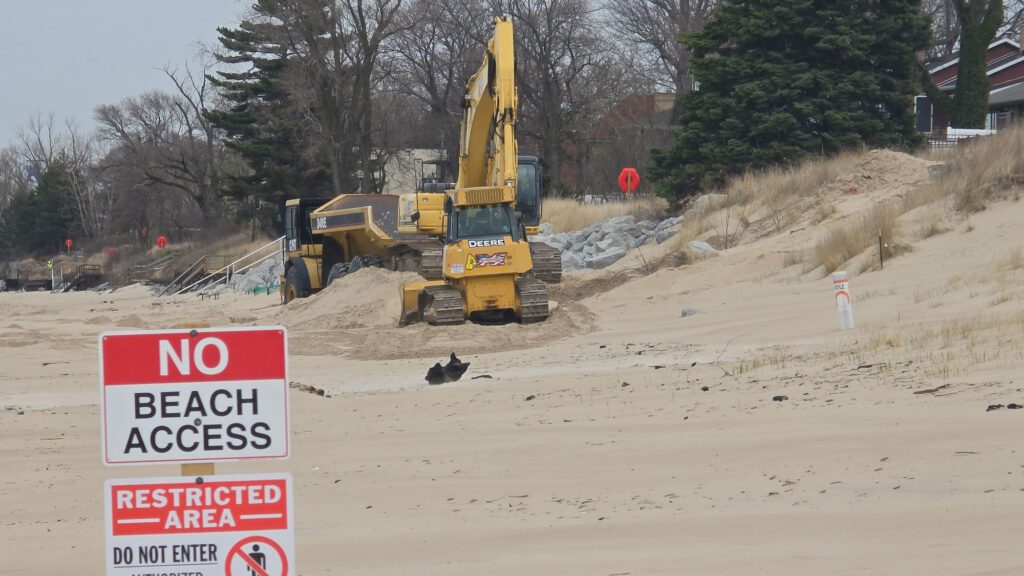
- Services: Legal Advocacy
- Issues: Land, Public Trust, Water
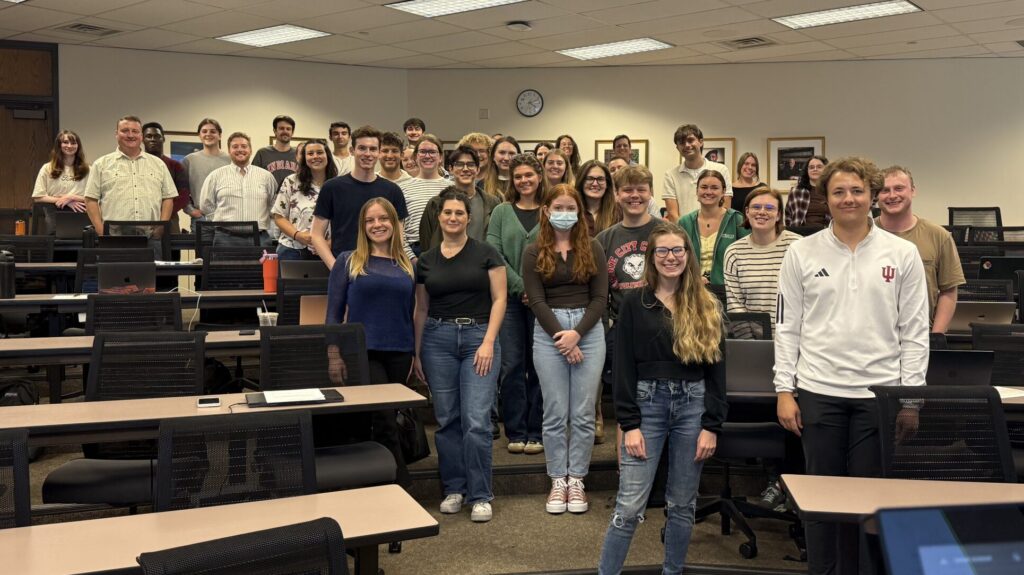
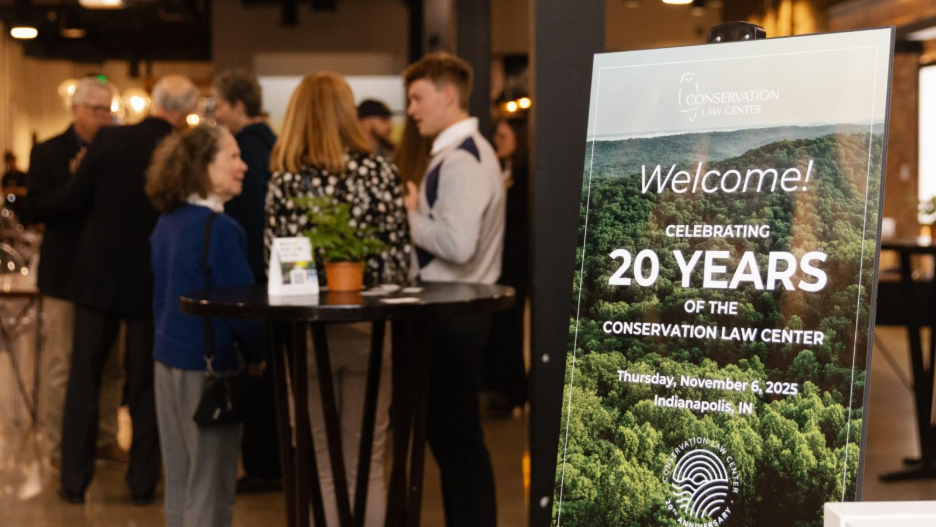
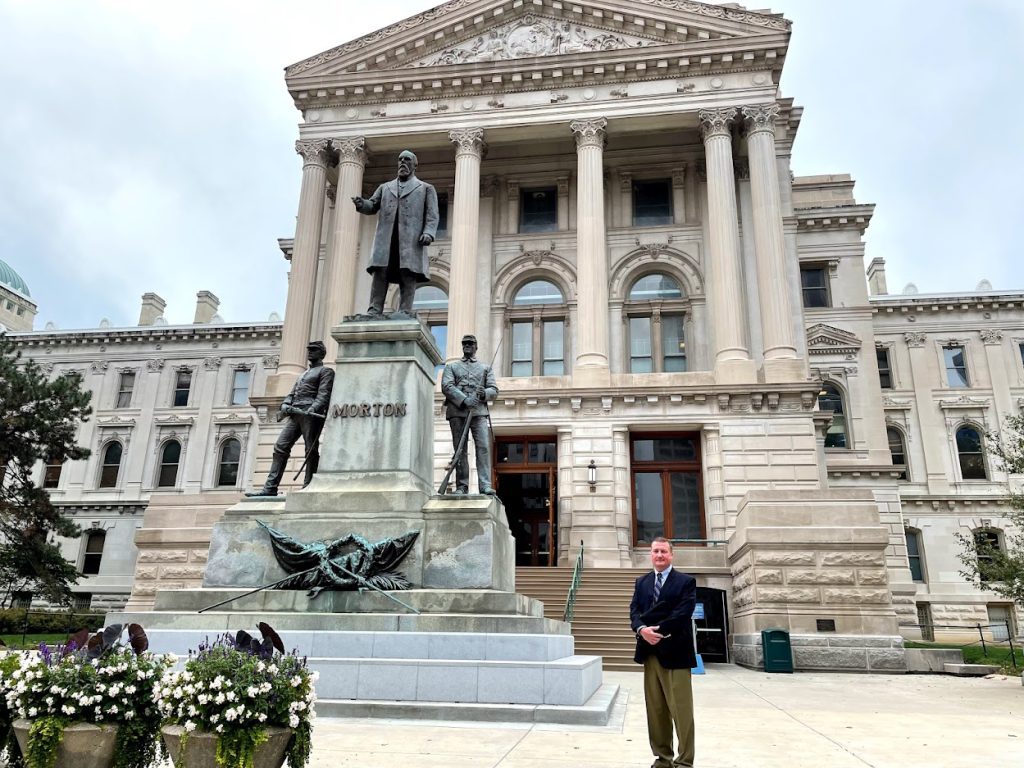
- Services: Partnerships
- Issues: Water
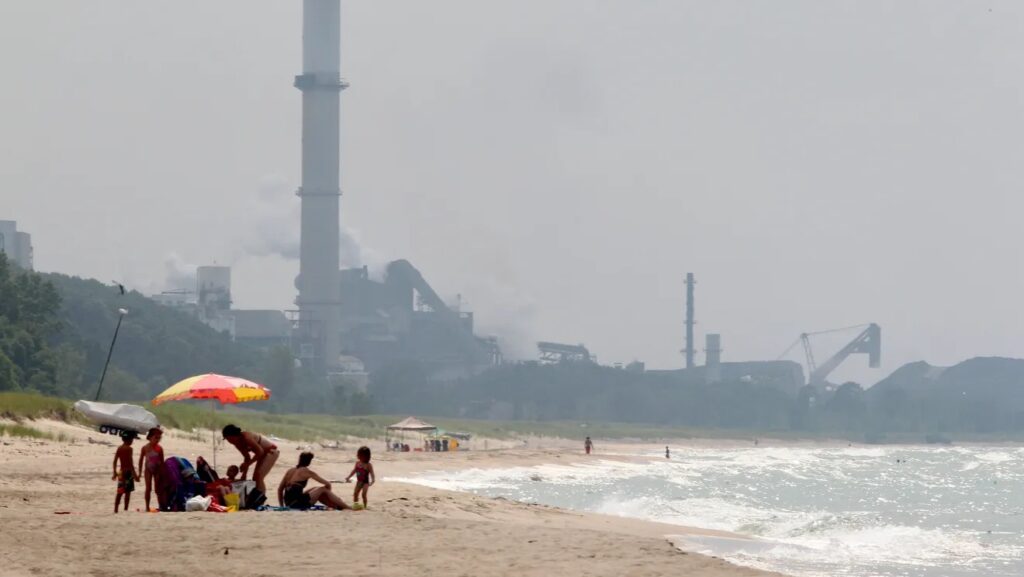

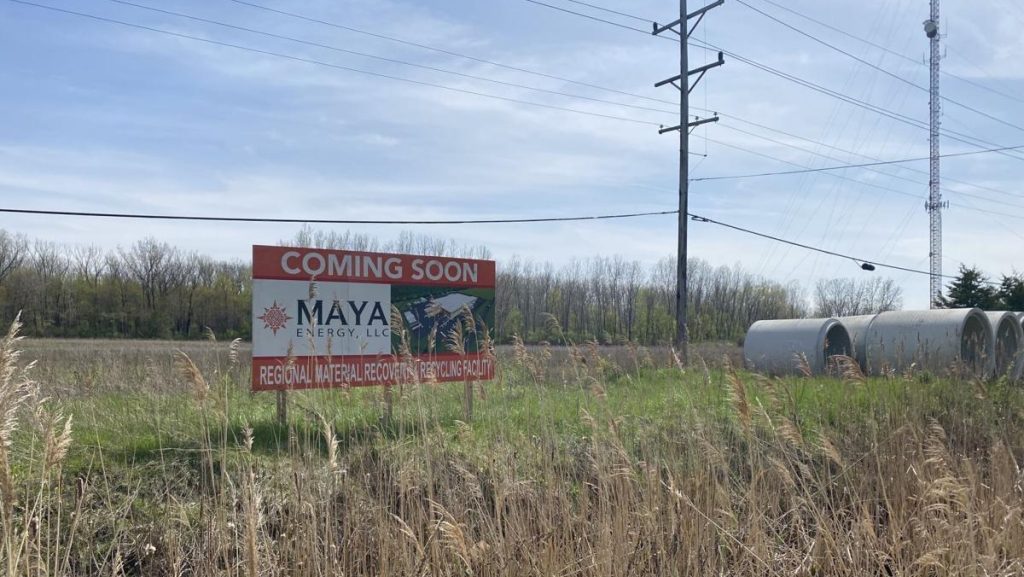
- Issues: Community-Centered Conservation
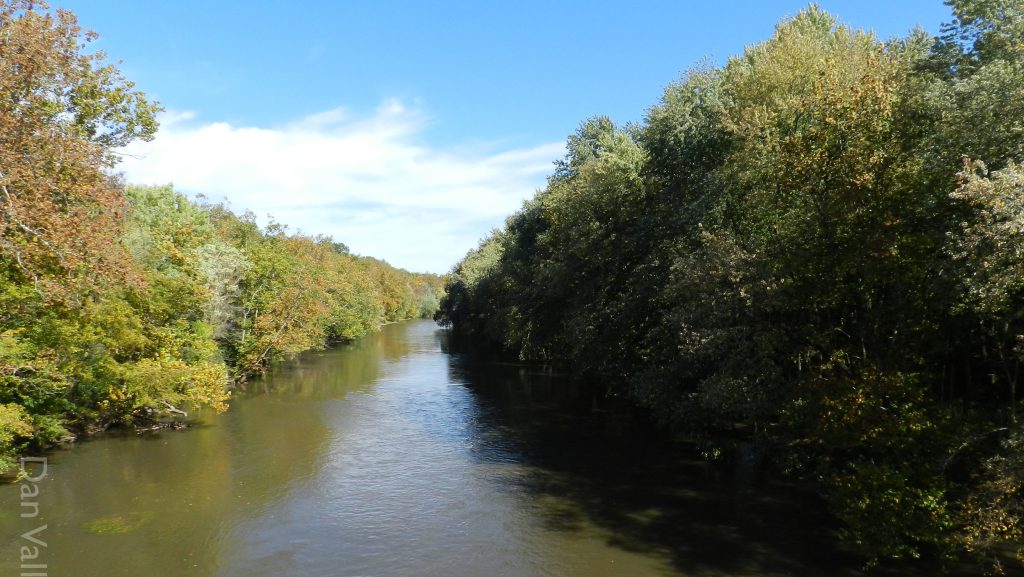
- Services: Legal Advocacy
- Issues: Water
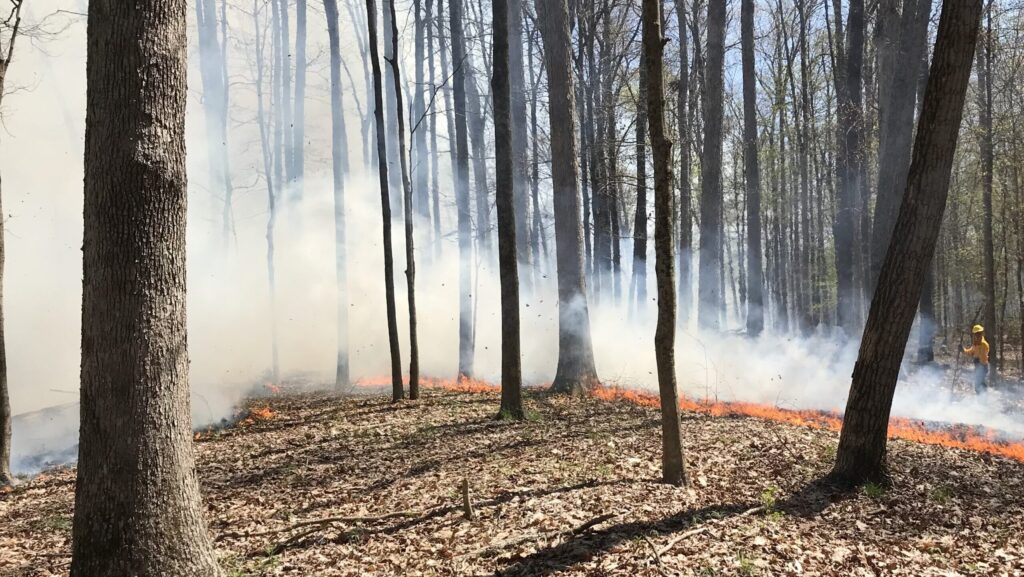
- Services: Legal Advocacy
- Issues: Land
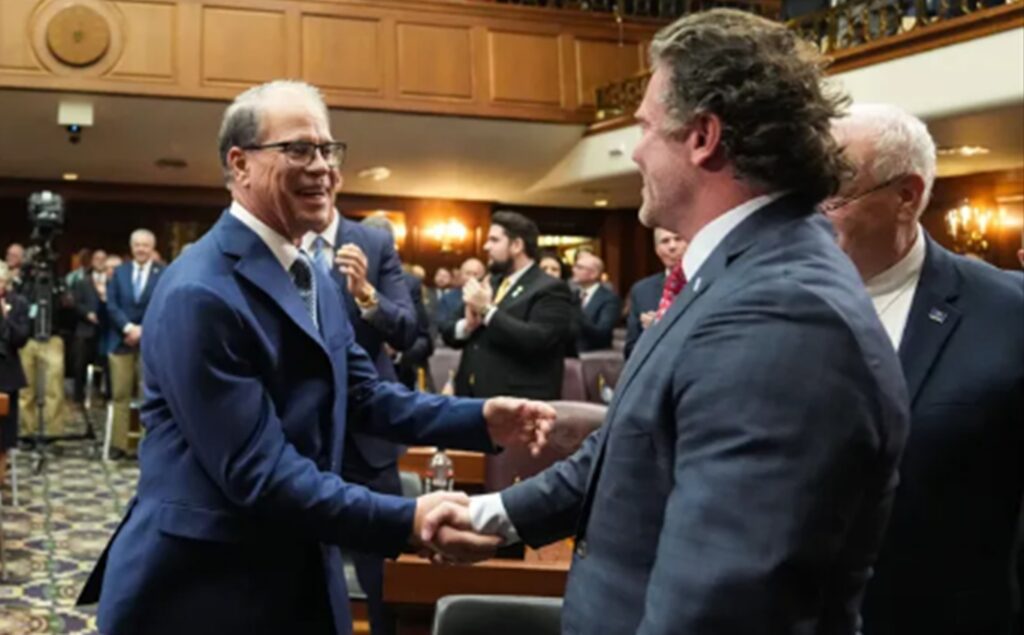

- Services: Legal Education
- Issues: Land
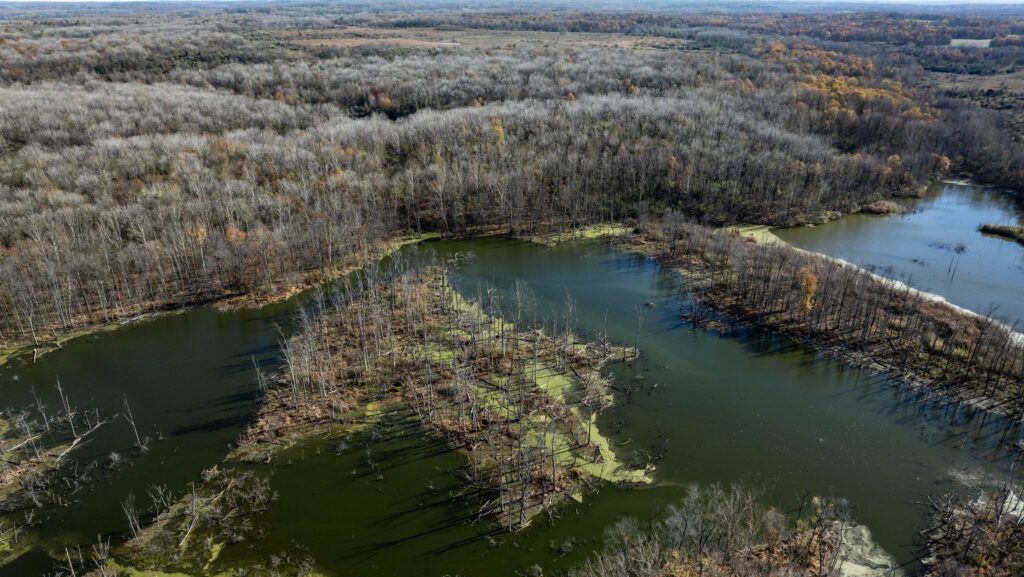
- Services: Partnerships
- Issues: Land

- Services: Legal Advocacy
- Issues: Community-Centered Conservation
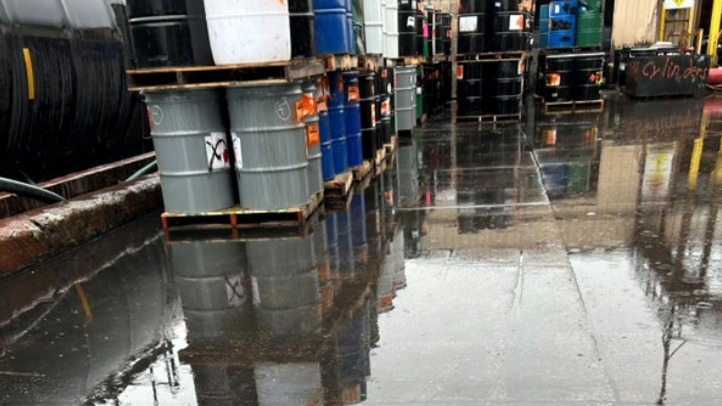
- Services: Partnerships
- Issues: Community-Centered Conservation
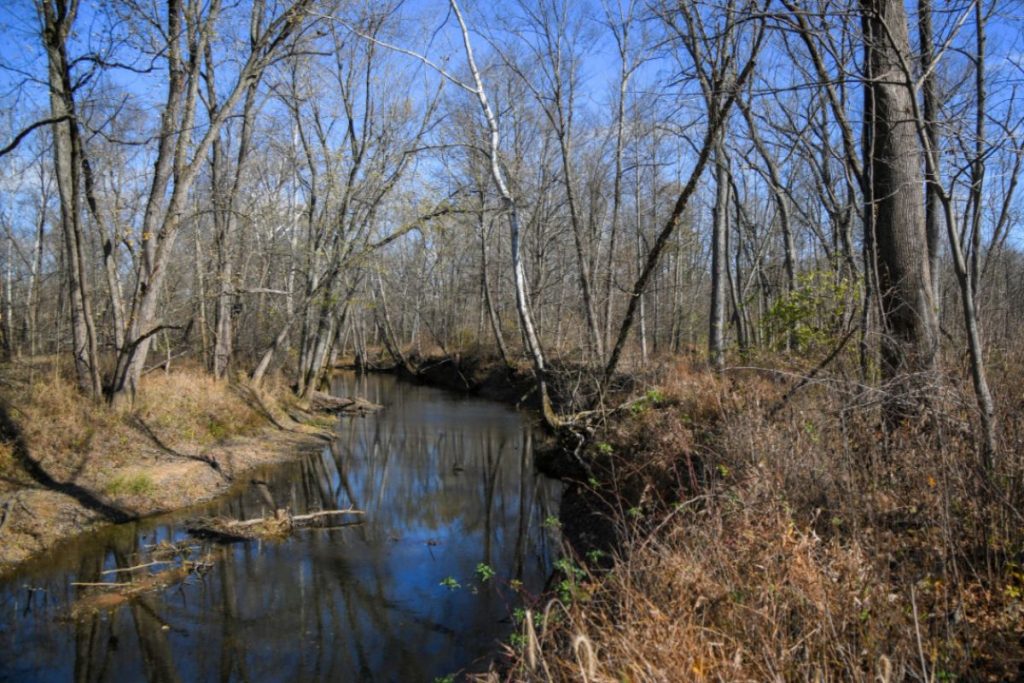
- Services: Partnerships
- Issues: Land
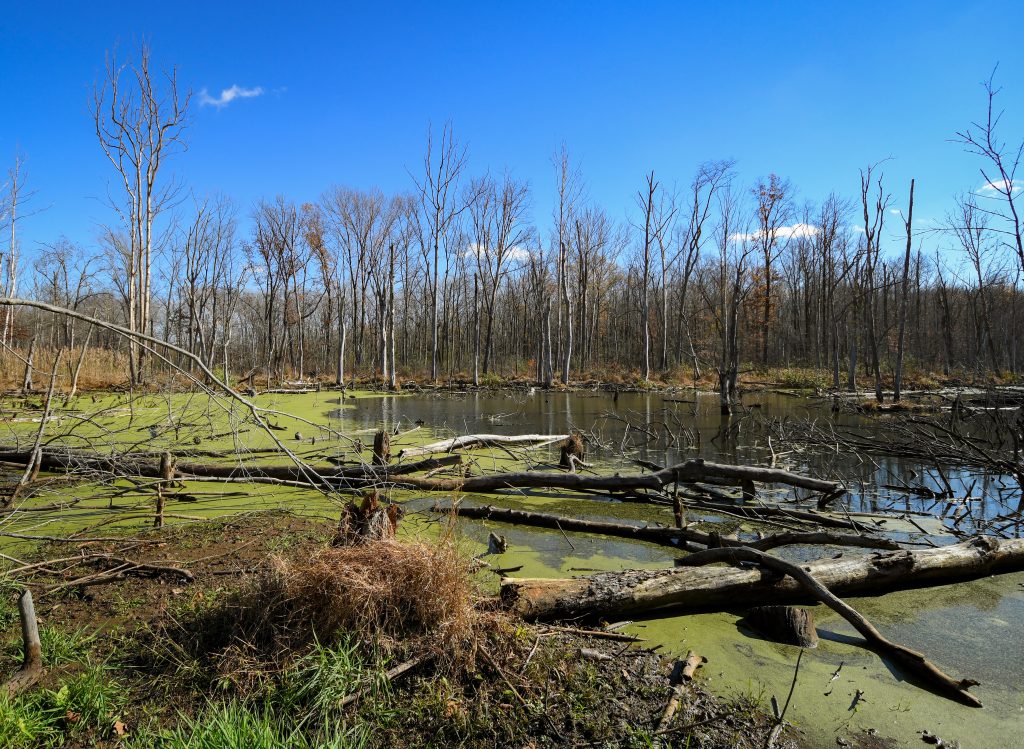
- Services: Partnerships
- Issues: Land

- Services: Partnerships
- Issues: Land
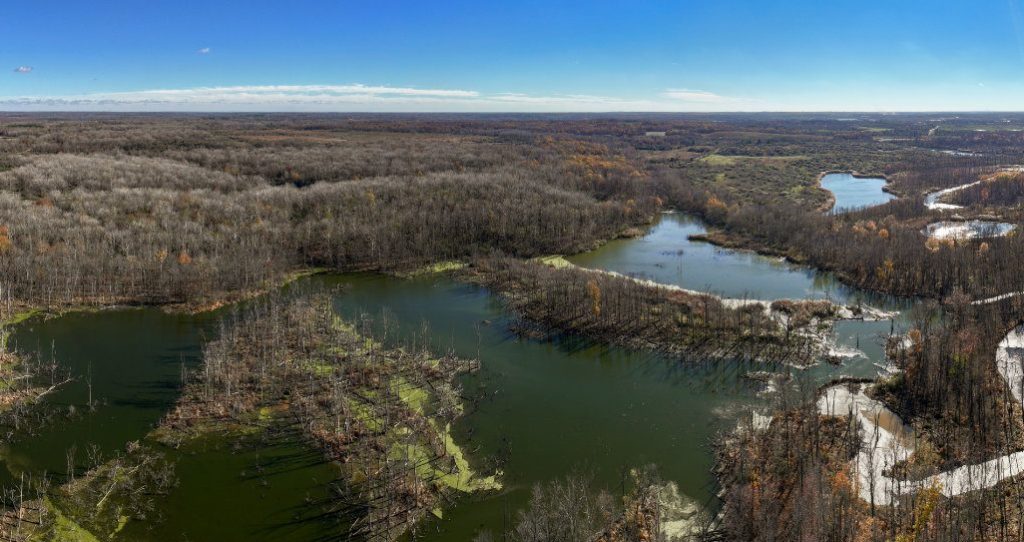
- Services: Partnerships
- Issues: Land

- Services: Partnerships
- Issues: Land
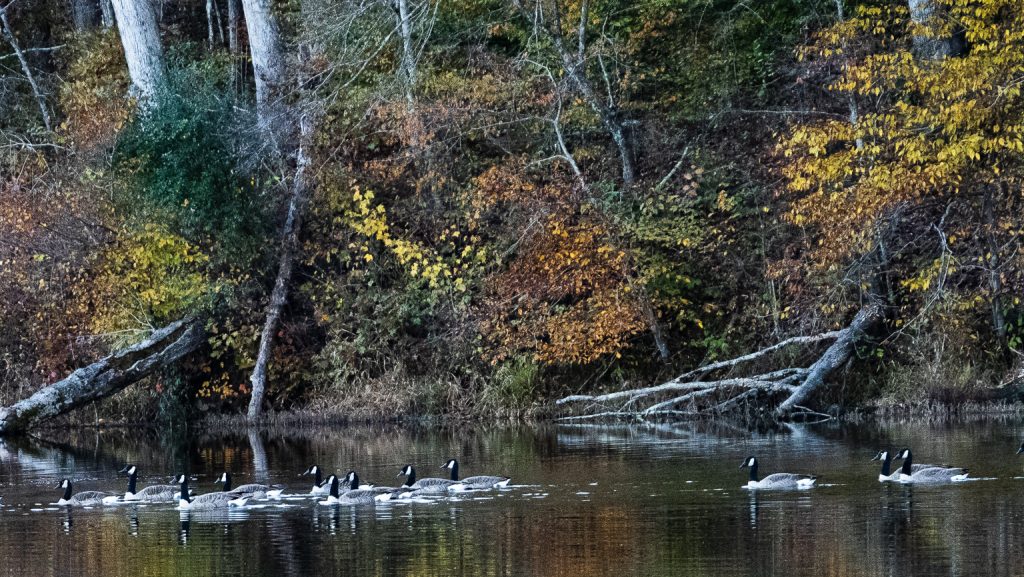
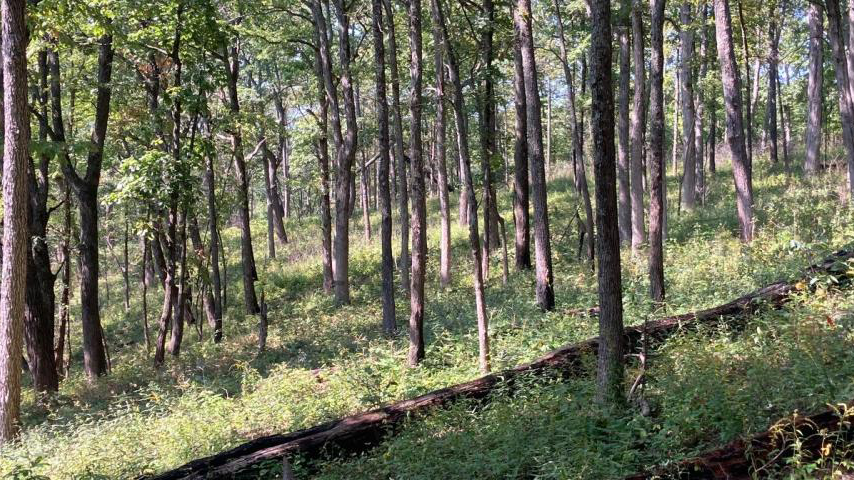
- Services: Partnerships
- Issues: Land

- Services: Legal Advocacy, Policy
- Issues: Land, Water
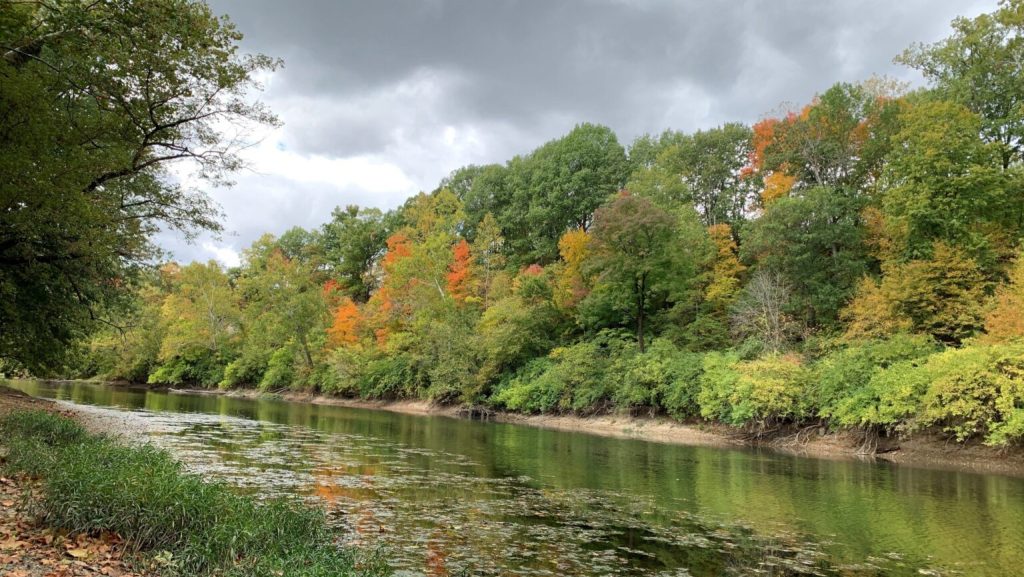
- Services: Policy
- Issues: Climate Change, Water
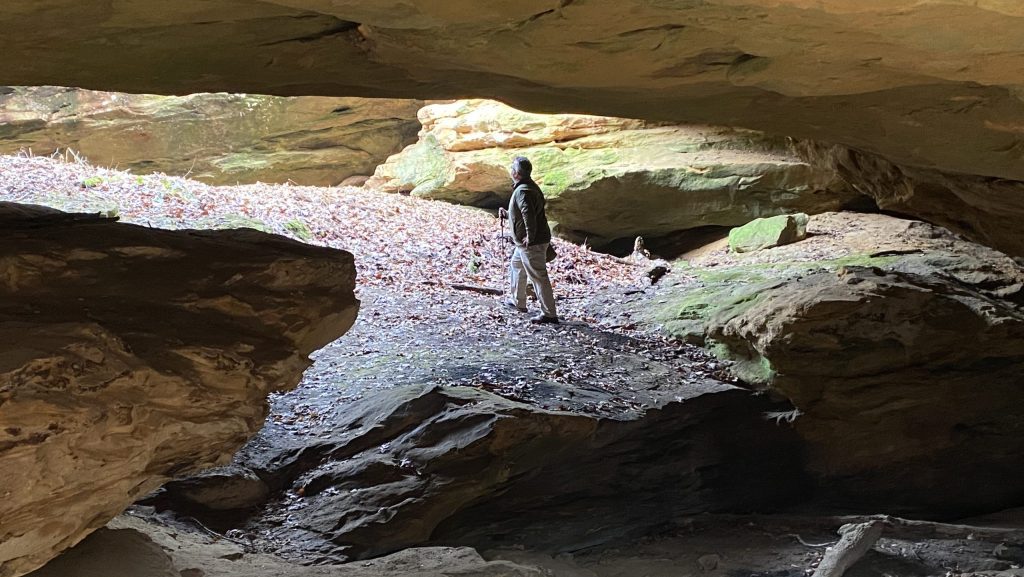
- Services: Partnerships
- Issues: Land
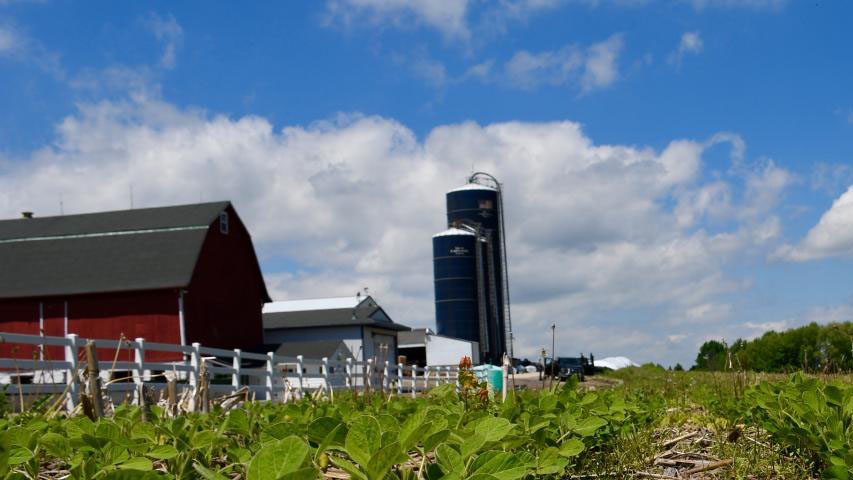
- Services: Partnerships
- Issues: Land

- Services: Partnerships
- Issues: Climate Change, Land

- Services: Partnerships
- Issues: Land

- Services: Legal Advocacy
- Issues: Community-Centered Conservation
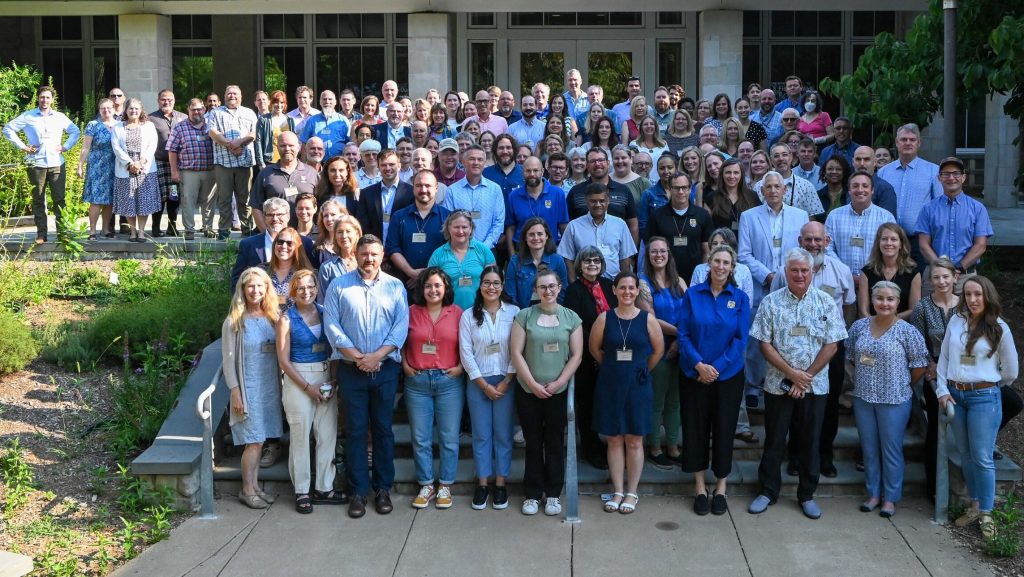
- Services: Partnerships
- Issues: Land

- Services: Legal Advocacy
- Issues: Community-Centered Conservation
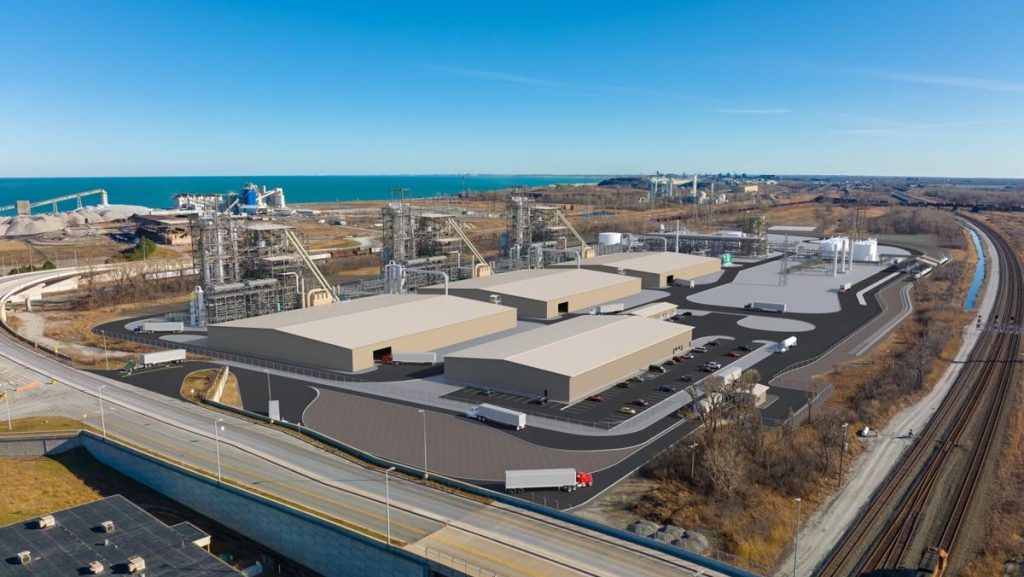
- Services: Legal Advocacy
- Issues: Community-Centered Conservation

- Services: Partnerships
- Issues: Land
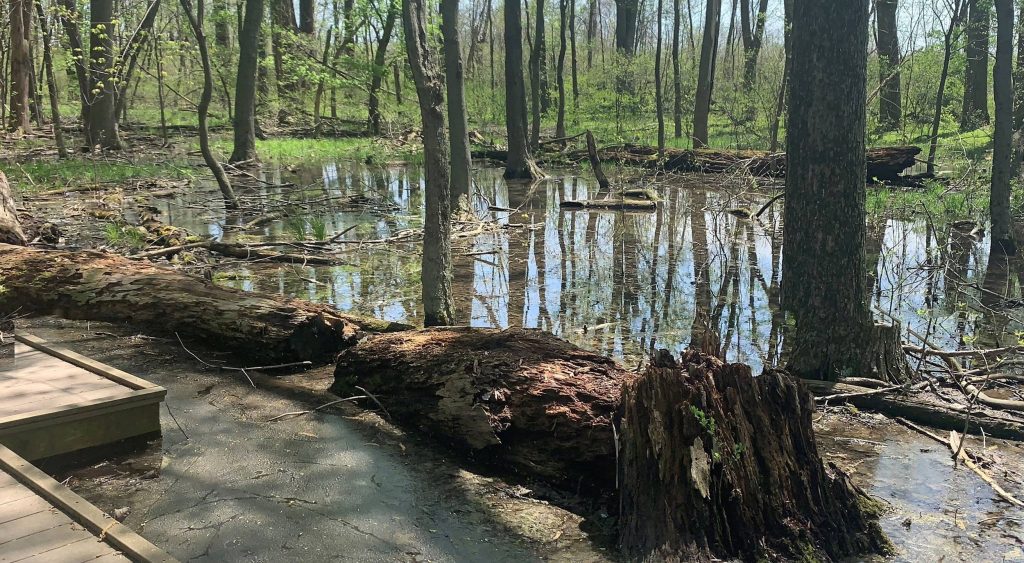

- Services: Legal Advocacy
- Issues: Community-Centered Conservation
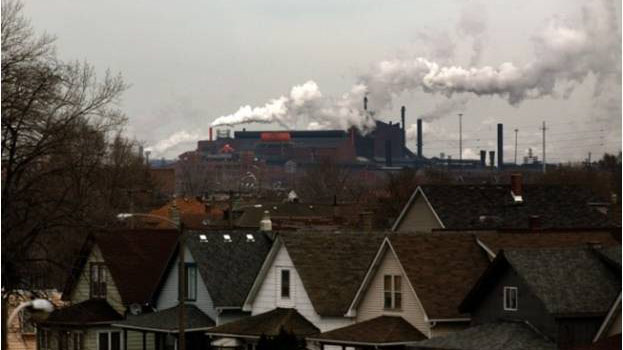
- Services: Legal Advocacy, Partnerships
- Issues: Community-Centered Conservation

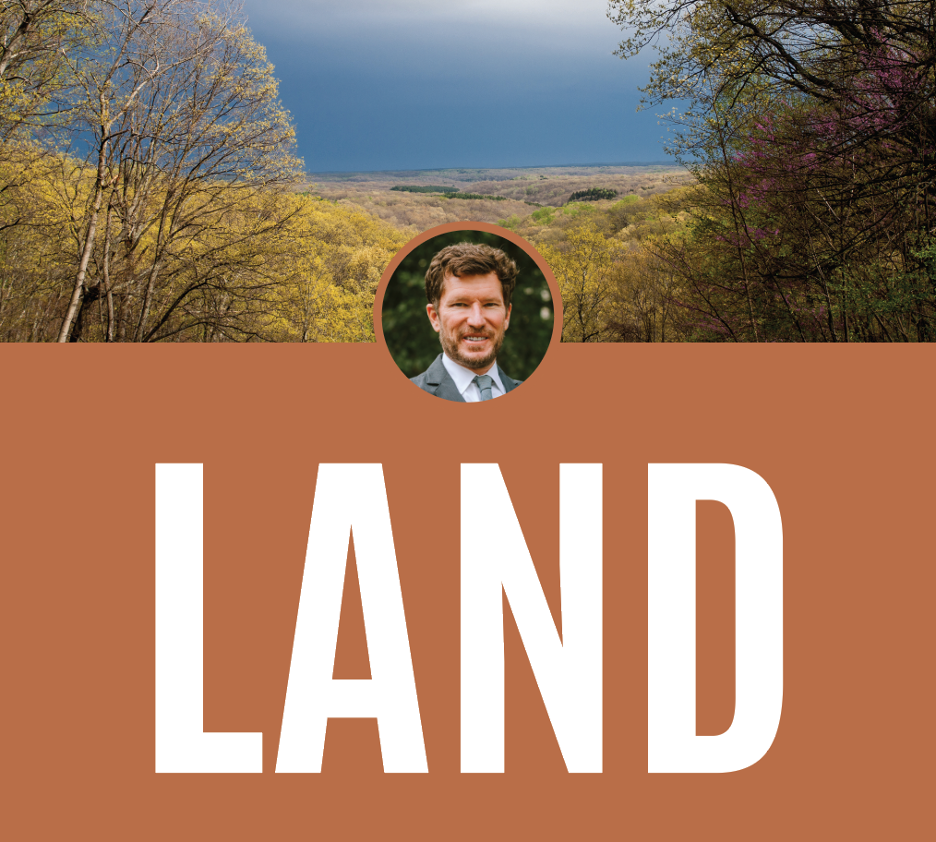
- Issues: Climate Change, Land
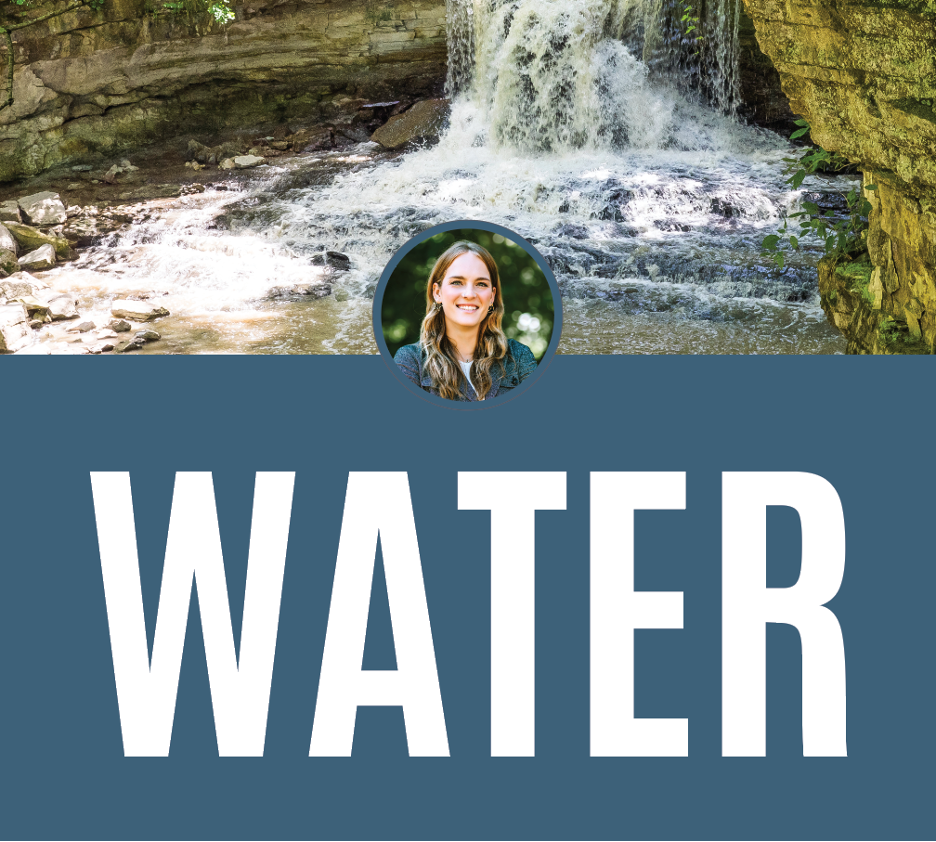
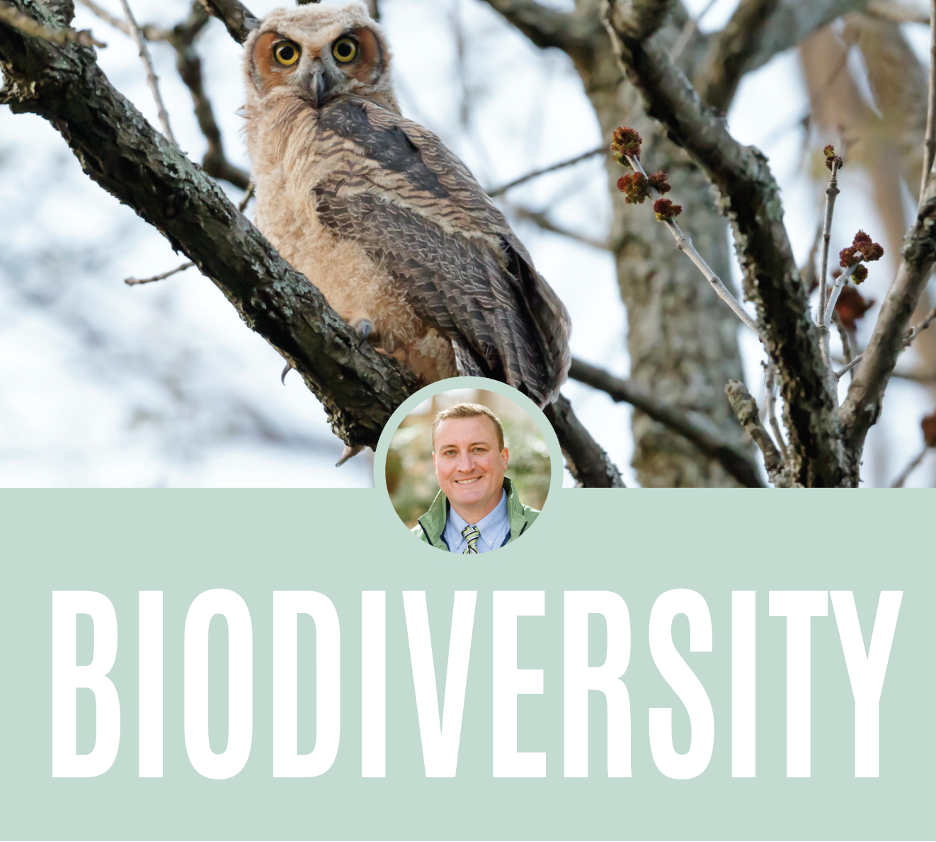
Freitag: I’m a systems guy. The knee bone’s connected to the thigh bone, as they say. You care about critters? Then save the places they need to live and eat and mate. You worry about how the critters will adapt to climate change? Connect the protected landscapes so they can move. And for heaven’s sake, take care of the water. Every life depends on it. But most importantly, understand that human beings are not separate from nature but instead a participant. As Jane Goodall says, you cannot get through a single day without having an impact on the world around you, so decide what kind of impact that will be. What will your grandchildren say about your impact?
- Services: Legal Advocacy, Nonprofit Support
- Issues: Biodiversity
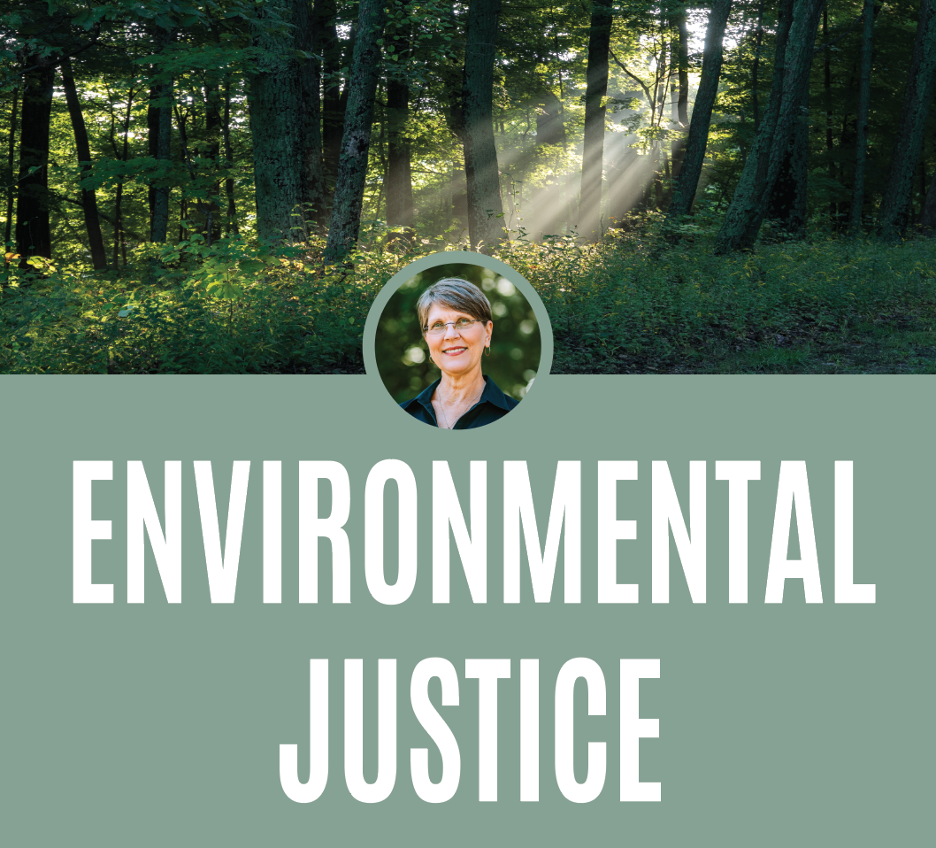
- Services: Legal Advocacy
- Issues: Community-Centered Conservation
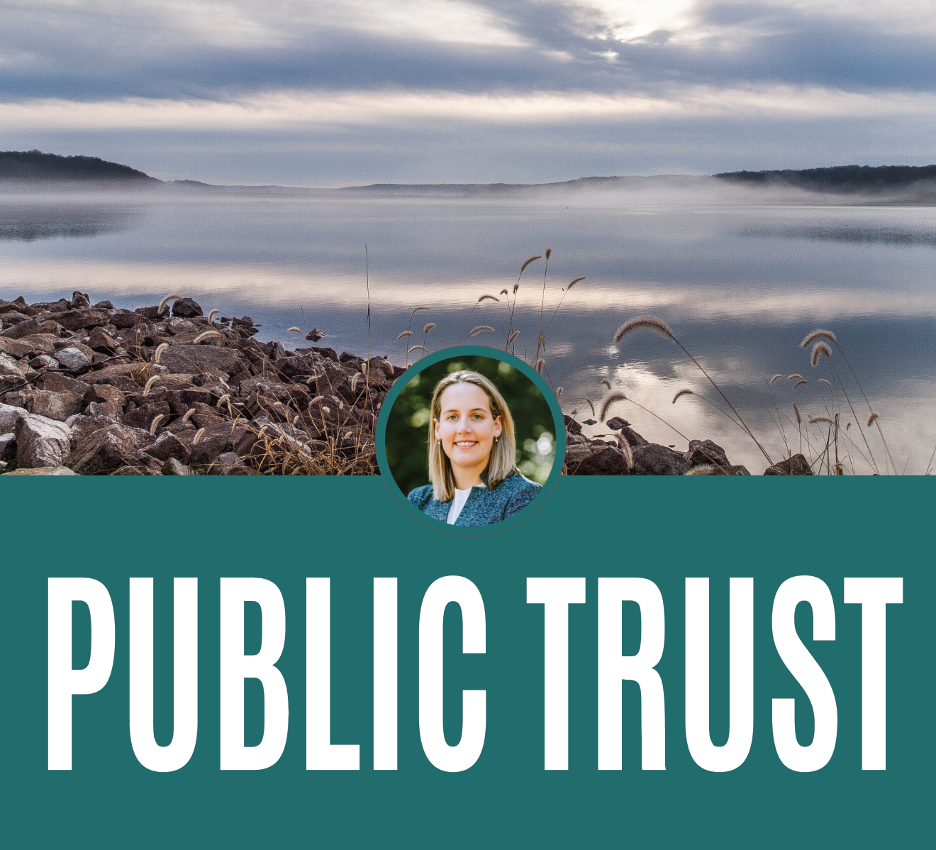
- Services: Legal Advocacy
- Issues: Public Trust, Water
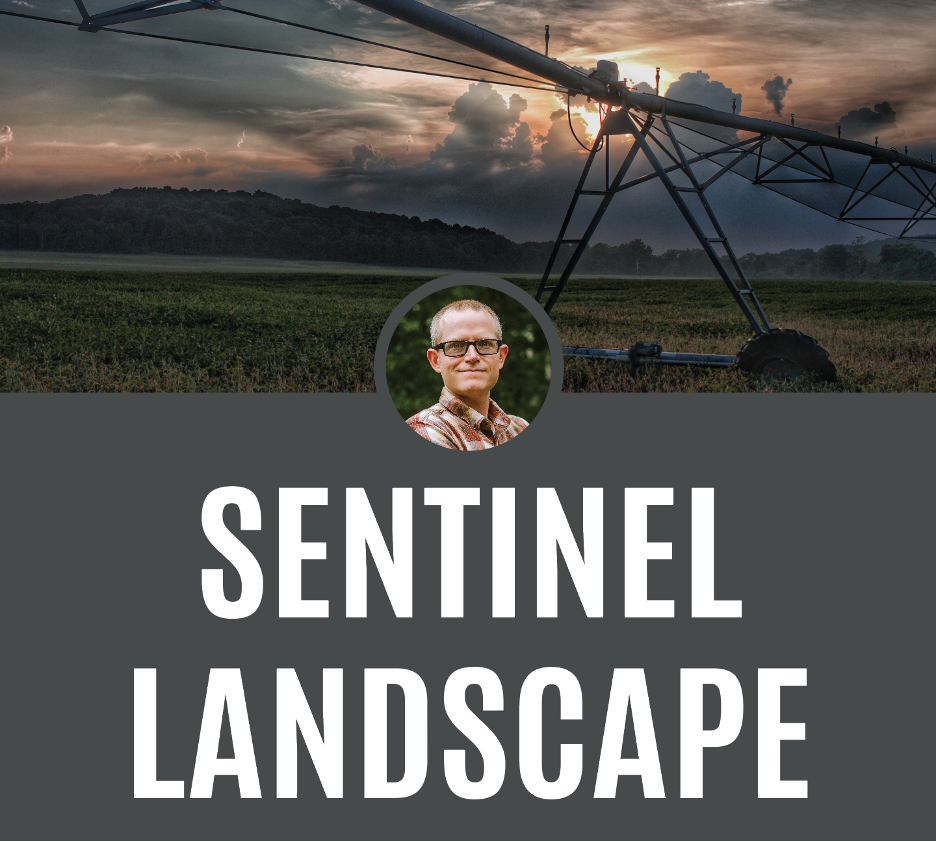
- Services: Partnerships
- Issues: Land

- Services: Legal Advocacy
- Issues: Biodiversity, Land, Water
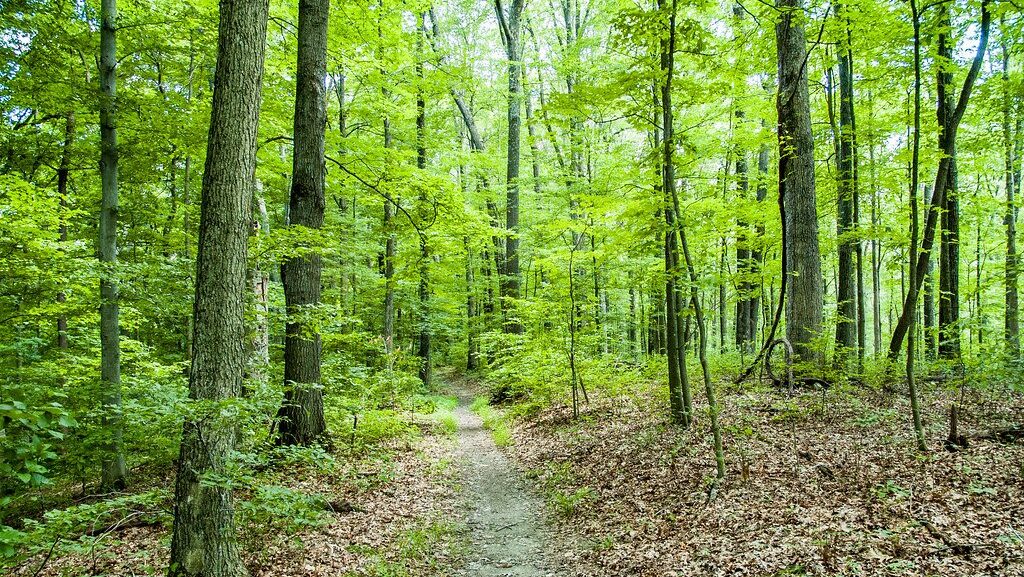
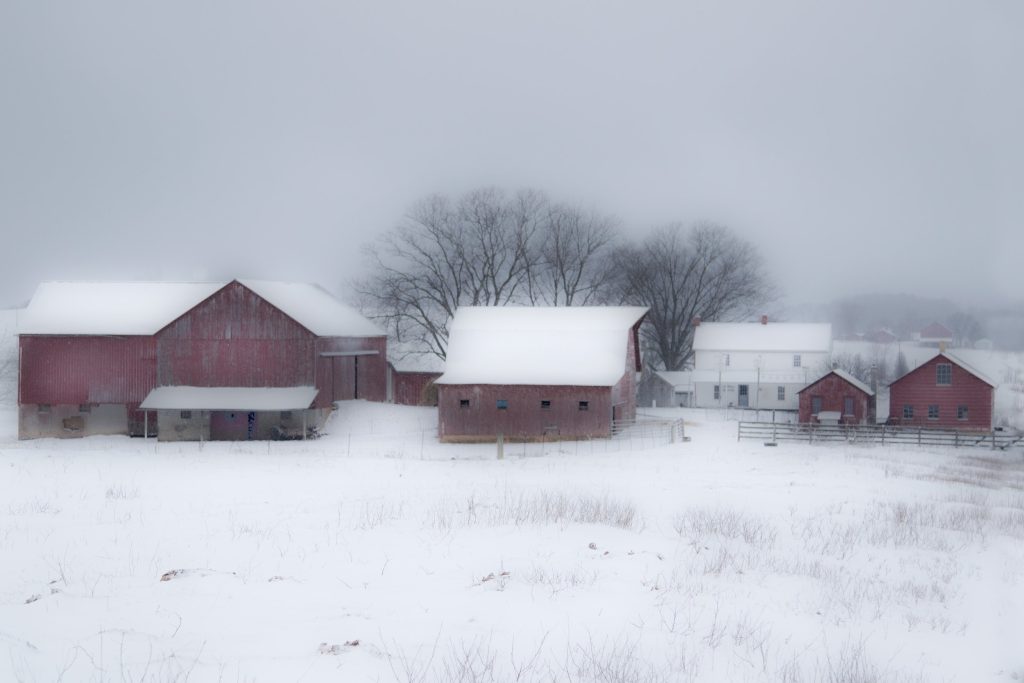
- Services: Partnerships
- Issues: Land

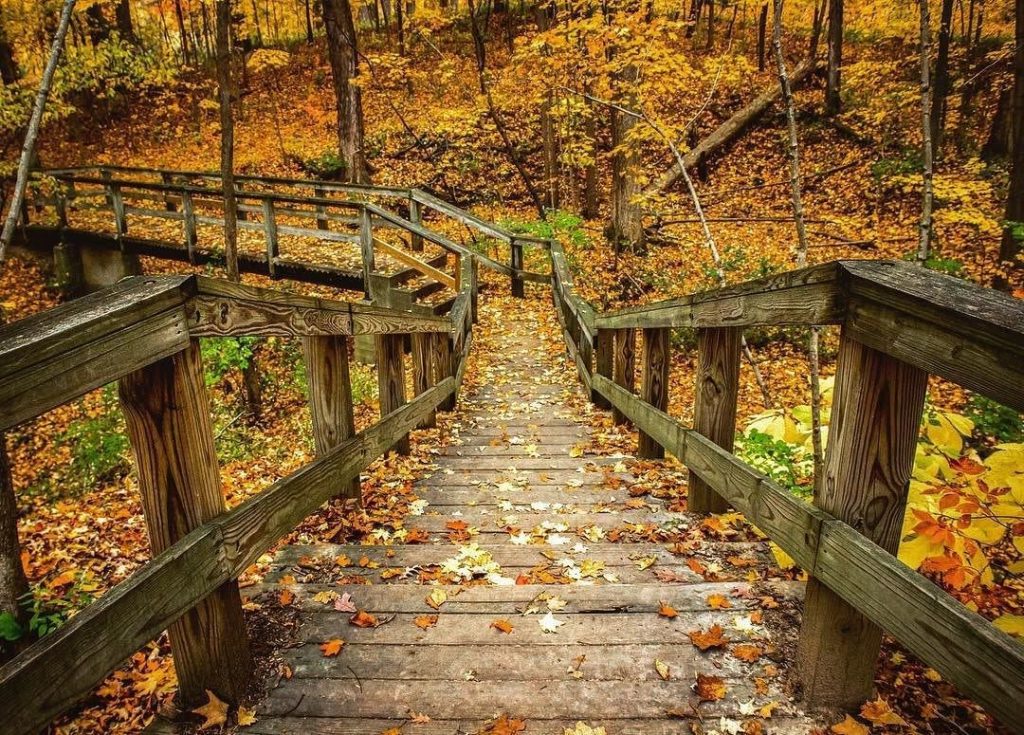
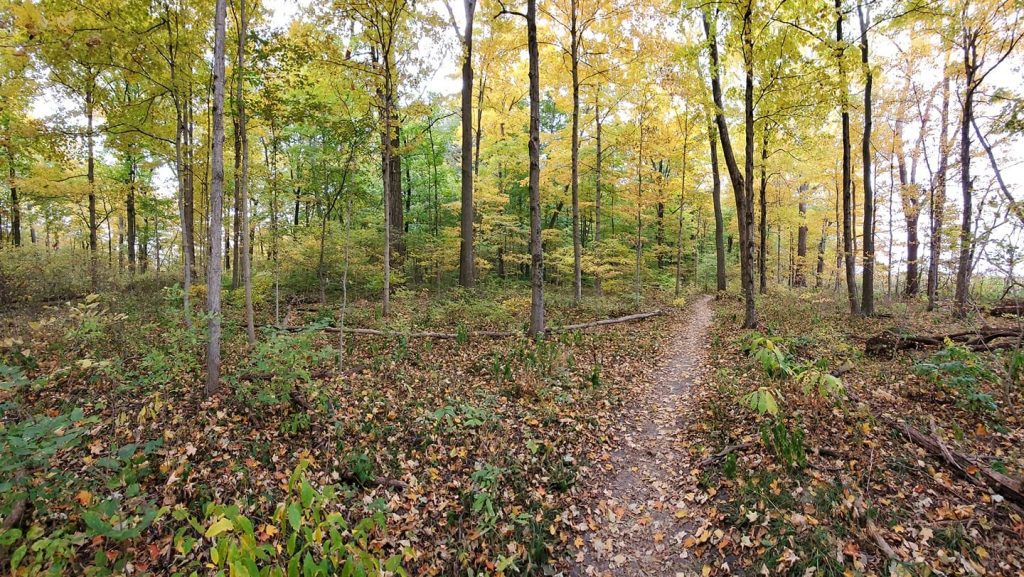
- Services: Nonprofit Support
- Issues: Land, Water
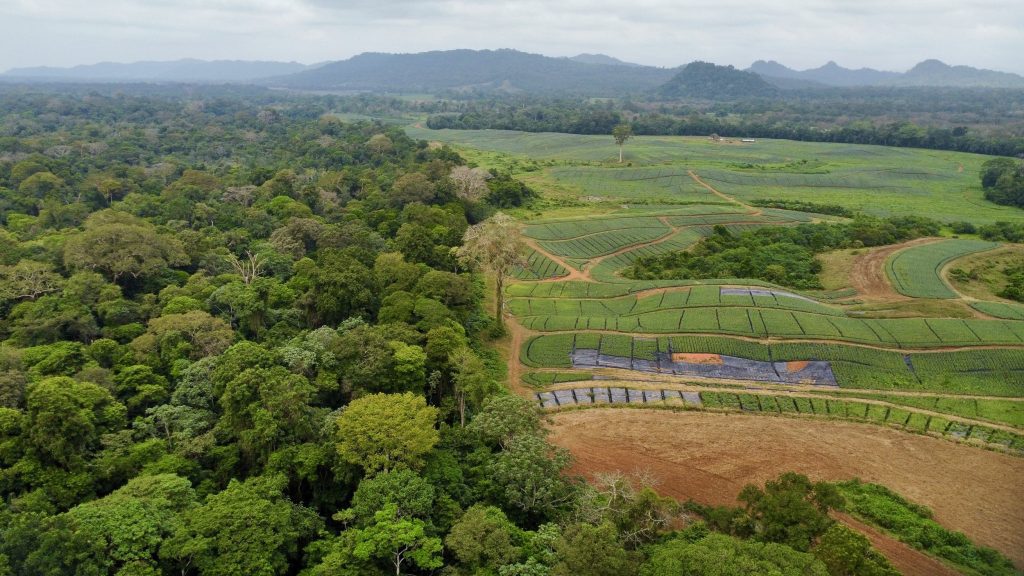
- Services: Legal Advocacy
- Issues: Biodiversity, Land, Water

- Services: Legal Advocacy
- Issues: Climate Change, Community-Centered Conservation

- Services: Policy
- Issues: Biodiversity, Water
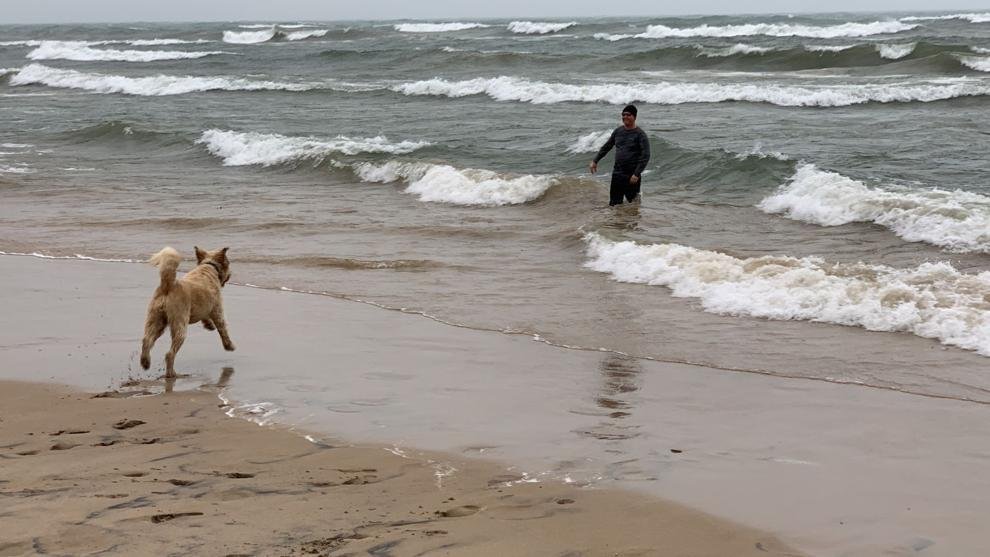
- Services: Legal Advocacy
- Issues: Biodiversity, Land, Public Trust, Water
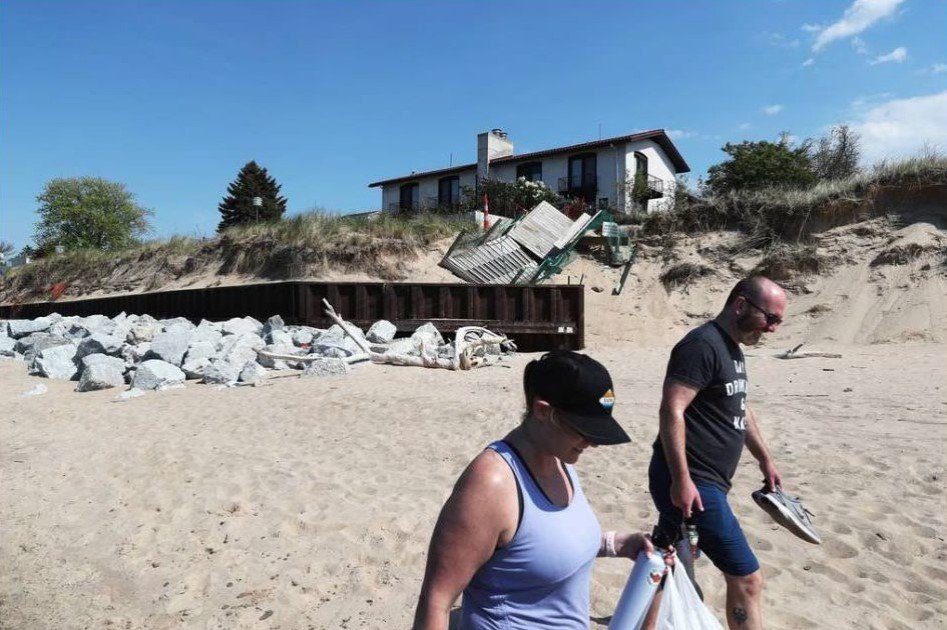
- Services: Legal Advocacy
- Issues: Biodiversity, Land, Public Trust, Water
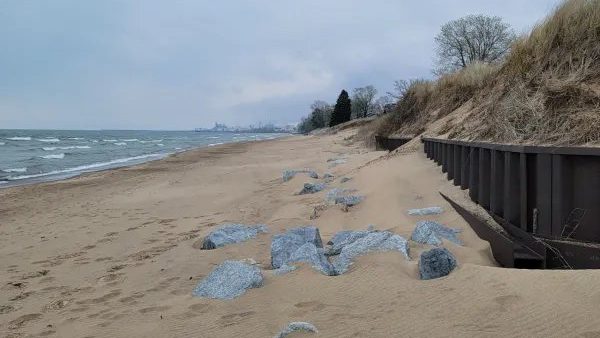
- Services: Legal Advocacy
- Issues: Public Trust, Water
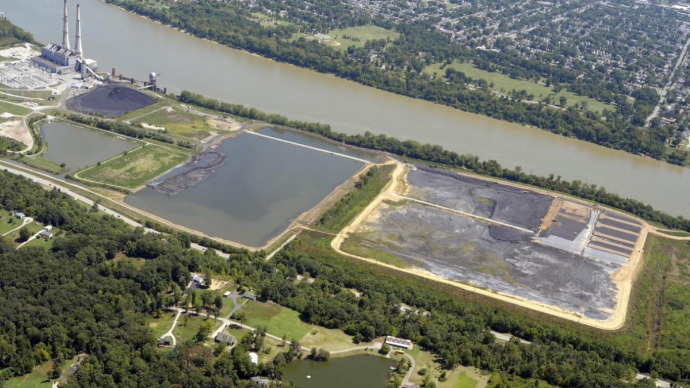
The state is allowing AES Indiana to dump more than 1 million gallons of water contaminated with harmful coal ash pollutants directly into the White River every day, according to Indiana environmental groups who call the approval process a "contradictory shell game."
- Services: Legal Advocacy
- Issues: Climate Change, Community-Centered Conservation, Water
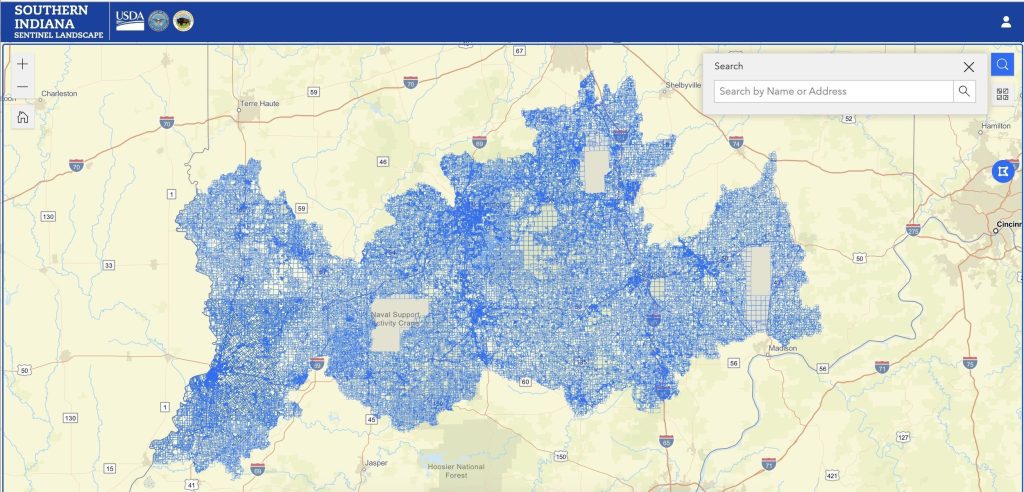
- Services: Partnerships
- Issues: Land
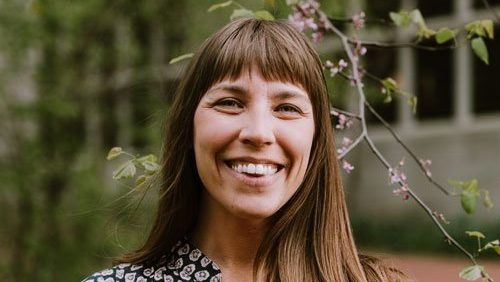
The Conservation Law Center is excited to announce that Christie Pace has been hired as the Operations Manager, a new position at CLC. As Operations Manager, Christie will be responsible for providing support on human resources, accounting, and a wide range of administrative and executive support.
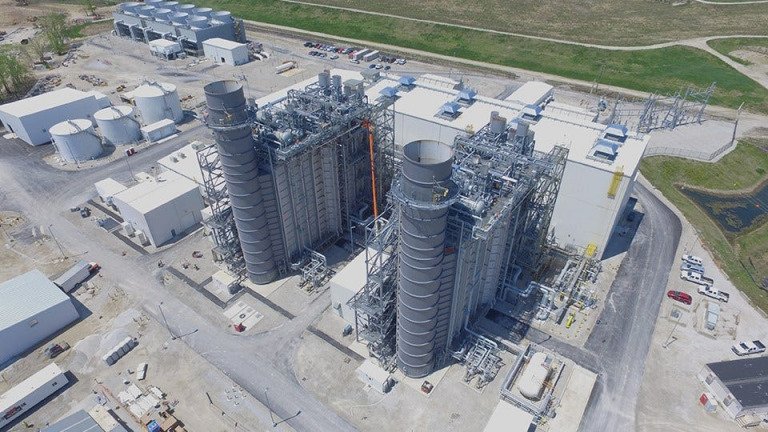
An Indiana environmental group says the state is allowingutility AES Indiana to release more than 1 million gallons ofcontaminated water a day into the White River from coalash ponds at its Eagle Valley Generating Station inMartinsville in violation of the federal Clean Water Act.
- Services: Legal Advocacy
- Issues: Community-Centered Conservation, Land, Water
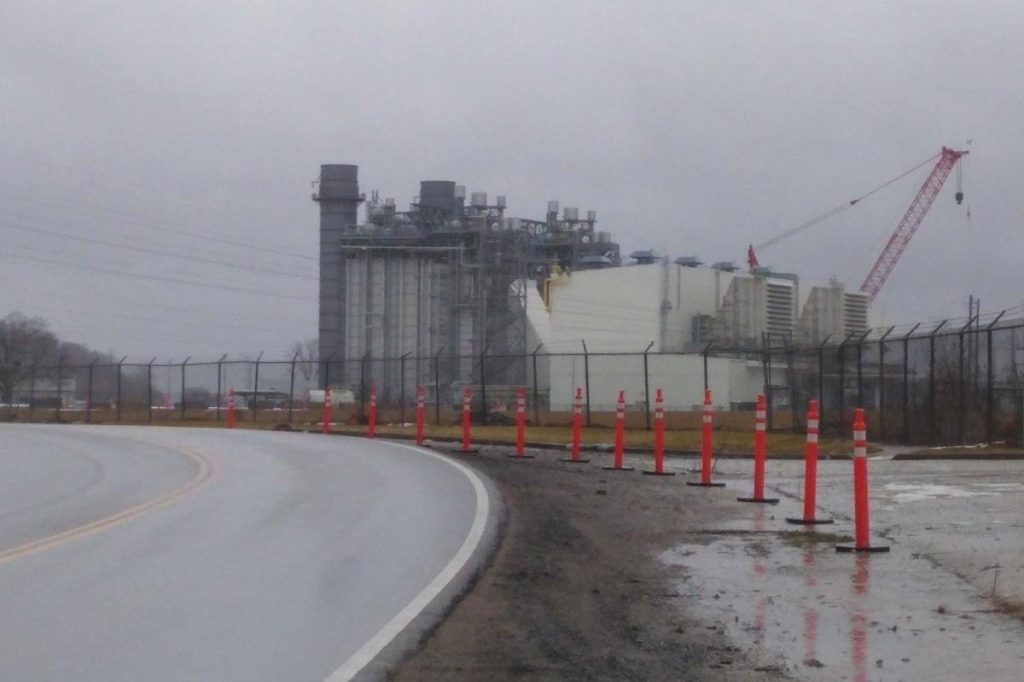
- Services: Legal Advocacy
- Issues: Community-Centered Conservation, Water

- Services: Partnerships

- Services: Legal Advocacy
- Issues: Water
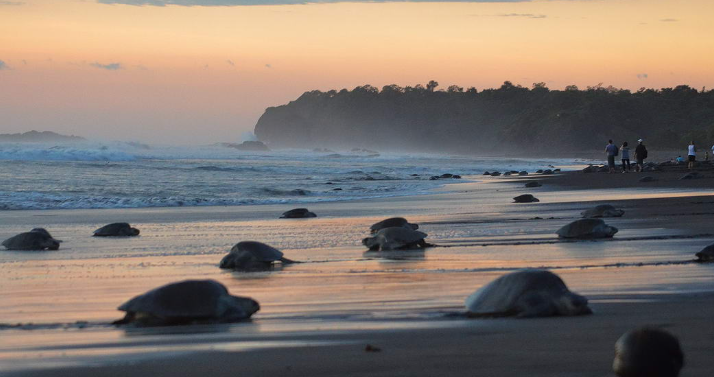
- Services: Nonprofit Support, Partnerships
- Issues: Biodiversity, Climate Change, Land, Water
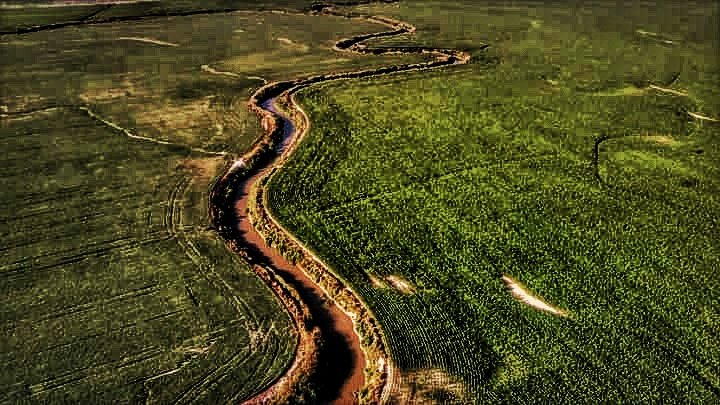
- Services: Partnerships
- Issues: Land
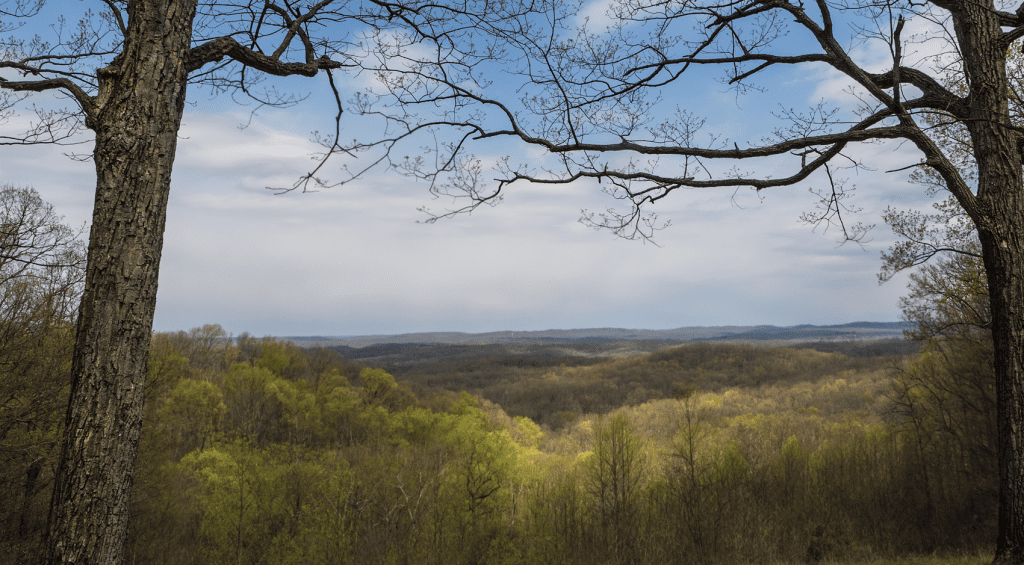
- Services: Nonprofit Support
- Issues: Land
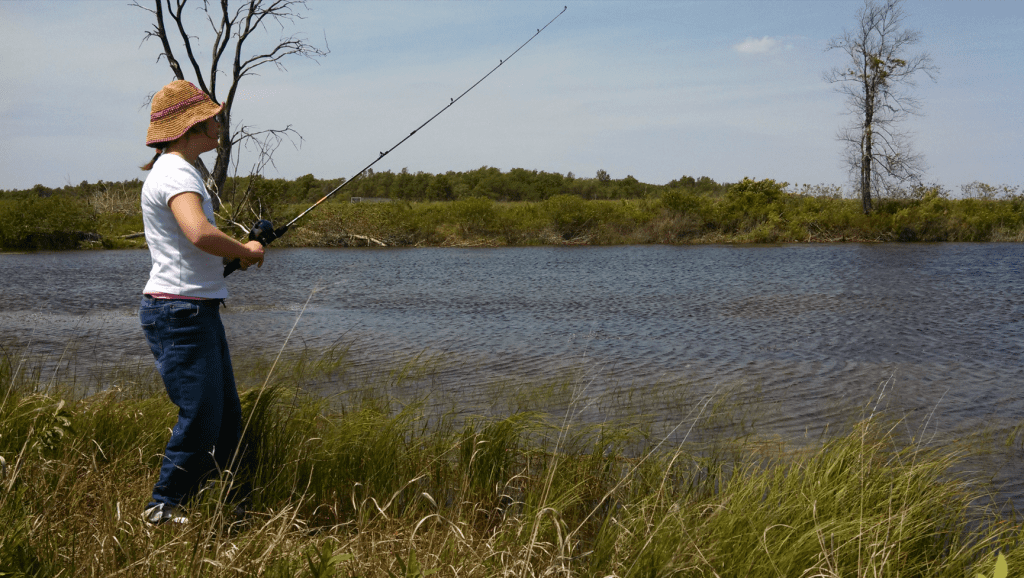
- Services: Legal Advocacy
- Issues: Biodiversity, Climate Change, Land, Water

- Services: Legal Advocacy
- Issues: Biodiversity, Land, Public Trust, Water
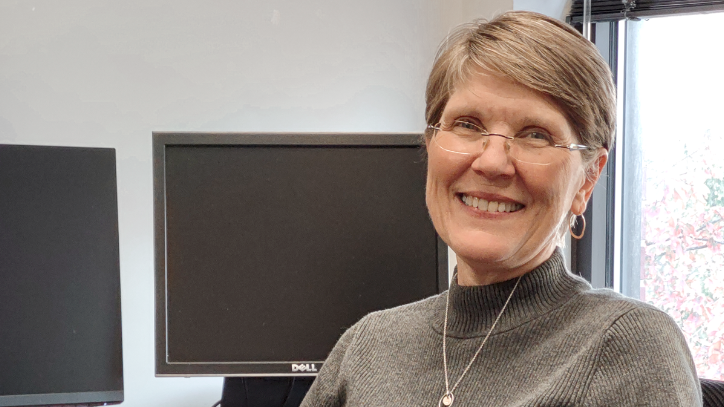
- Services: Legal Advocacy, Legal Education
- Issues: Climate Change, Community-Centered Conservation, Land, Water
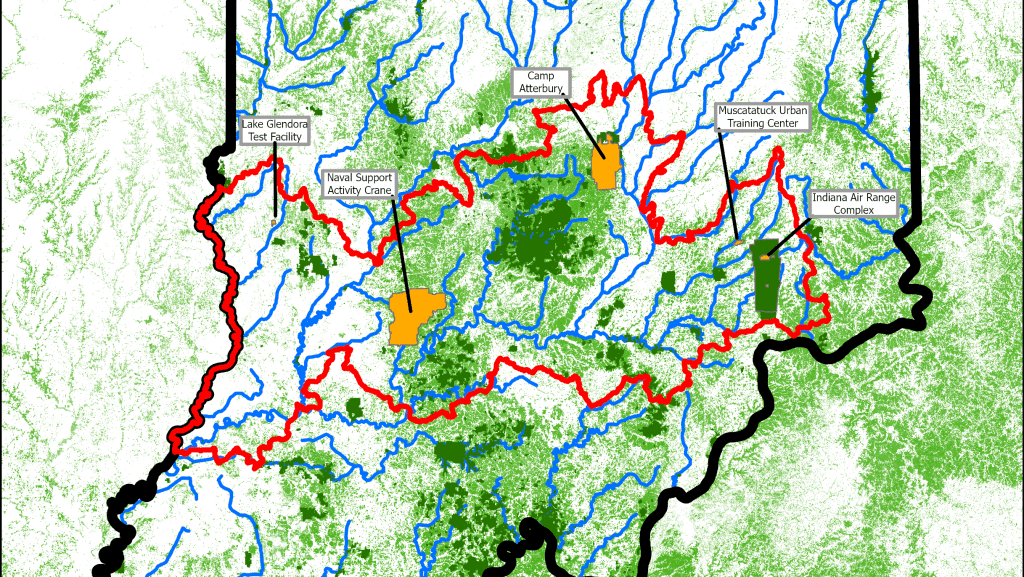
- Services: Partnerships
- Issues: Water

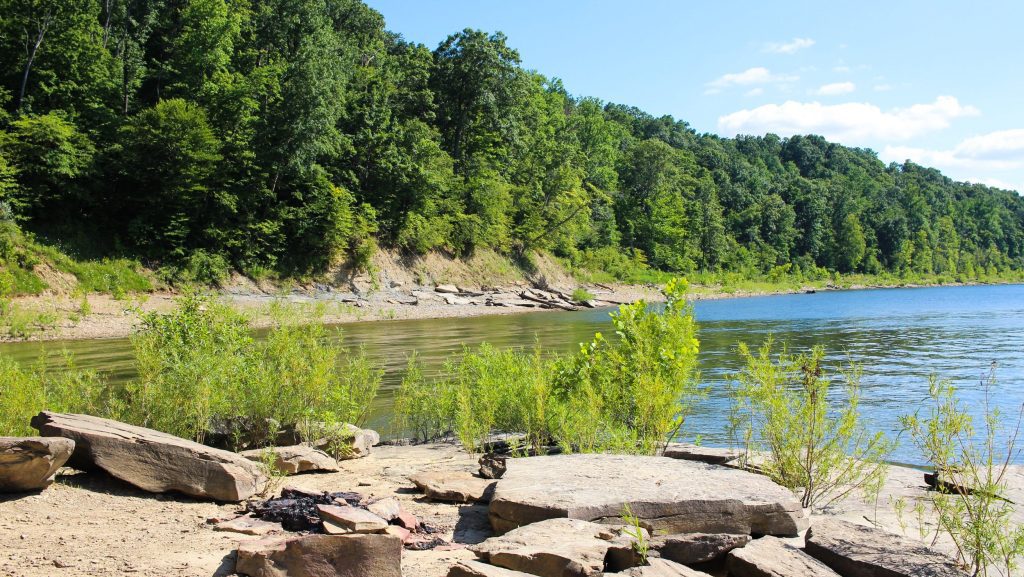
- Services: Policy
- Issues: Climate Change, Water
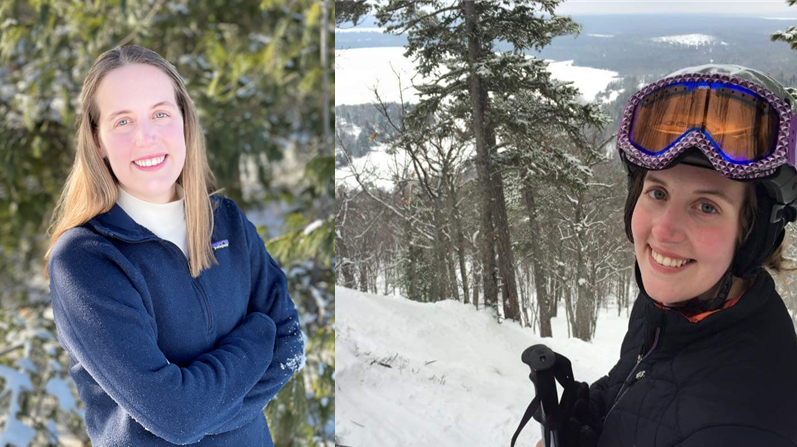
- Services: Nonprofit Support
- Issues: Biodiversity, Land
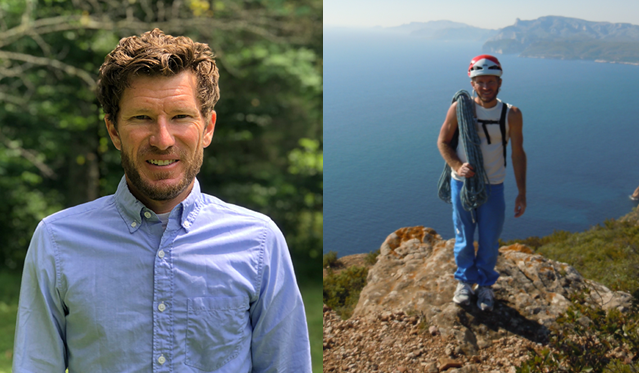
- Services: Nonprofit Support, Partnerships
- Issues: Land
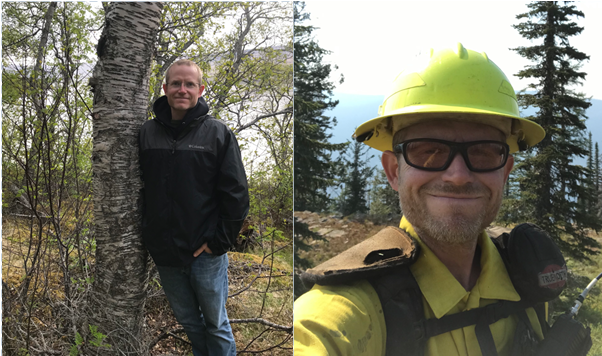
- Services: Partnerships
- Issues: Land
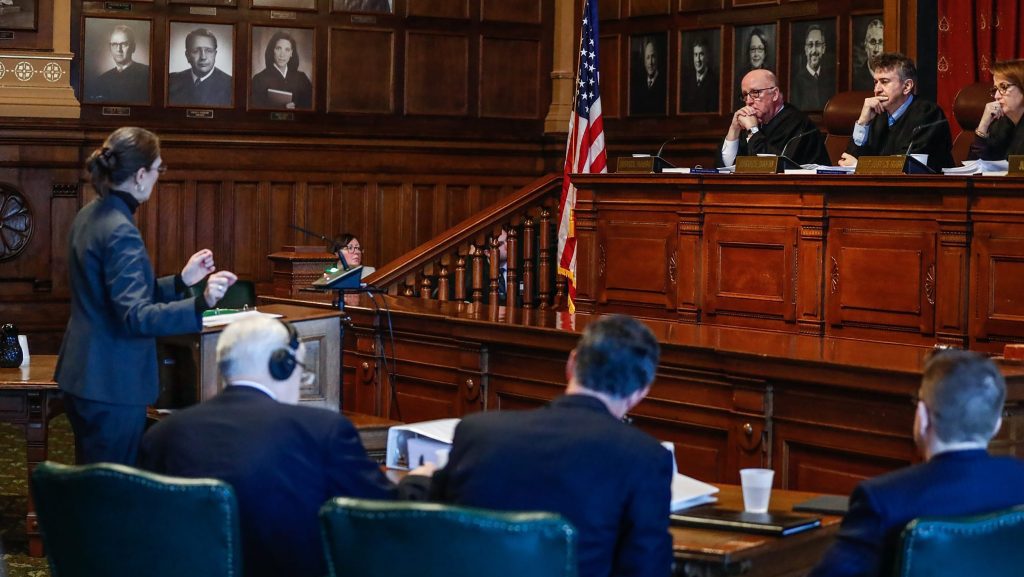
- Services: Legal Advocacy, Legal Education, Nonprofit Support, Partnerships, Policy
- Issues: Biodiversity, Climate Change, Community-Centered Conservation, Land, Public Trust, Water
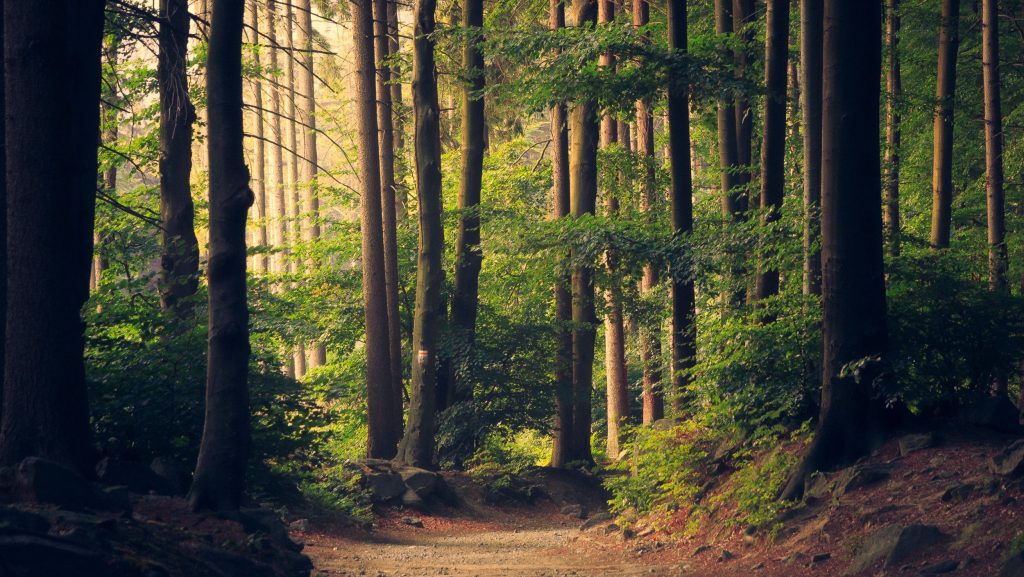
- Services: Nonprofit Support, Partnerships, Policy
- Issues: Biodiversity, Land, Water
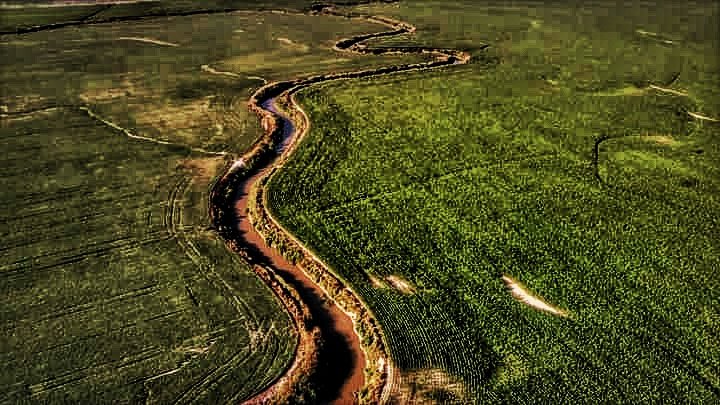
- Services: Partnerships
- Issues: Land
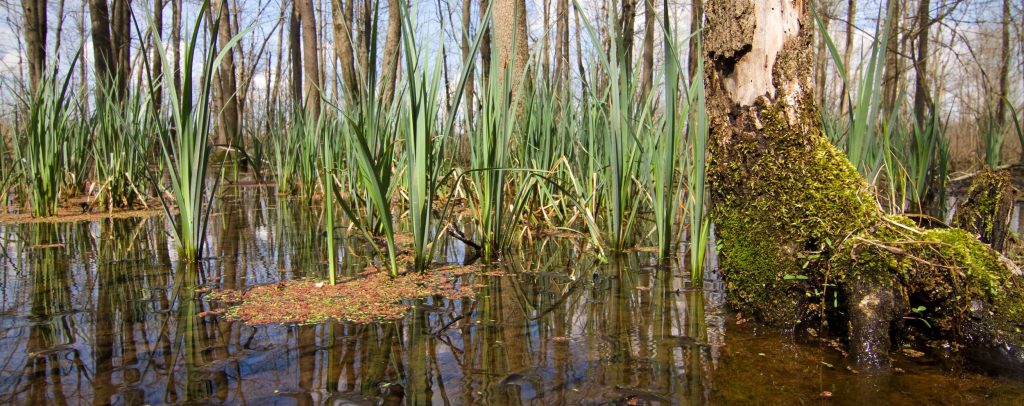
- Services: Partnerships
- Issues: Land

- Services: Nonprofit Support
- Issues: Biodiversity, Climate Change, Water
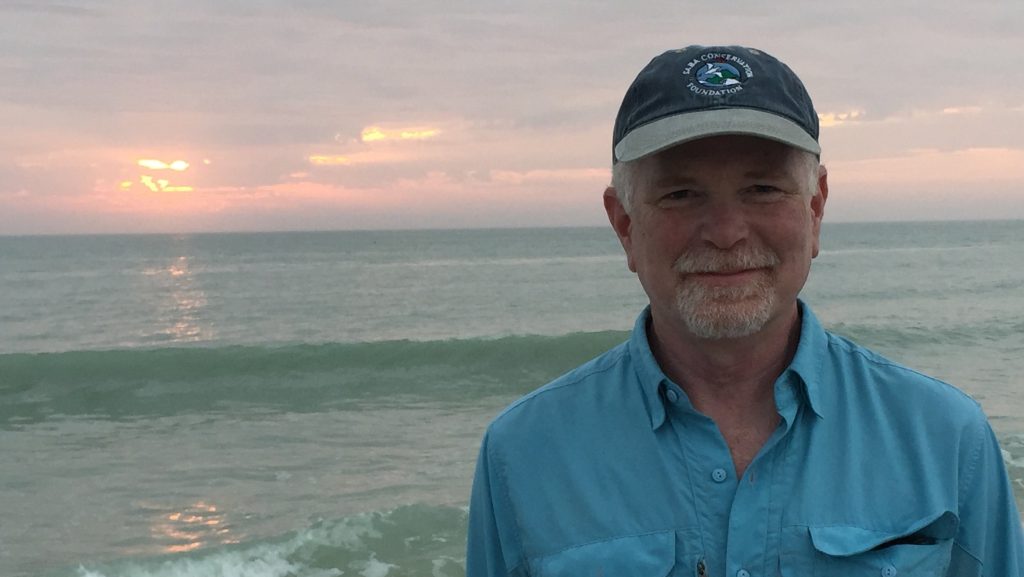
- Services: Legal Advocacy
- Issues: Biodiversity, Land, Public Trust, Water
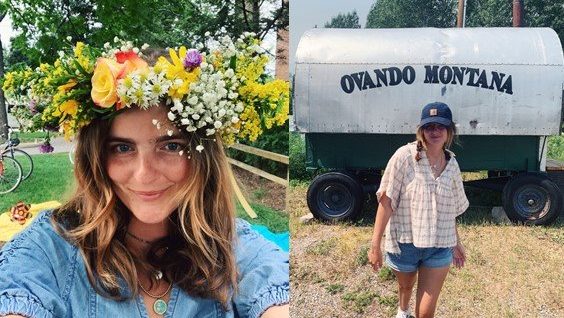
Hi! My name is Lucy Newell, and I am a senior at Indiana University studying Law and Public Policy at the O’Neill School of Public and Environmental Affairs. This past semester, I have been the Undergraduate Intern at the Conservation Law Center.
- Services: Legal Education
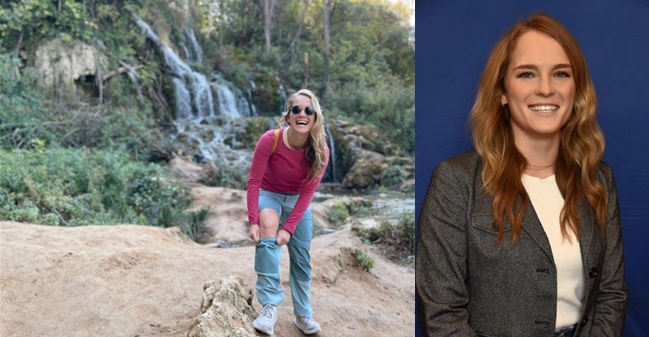
- Services: Legal Advocacy, Policy
- Issues: Biodiversity, Climate Change, Water

- Services: Nonprofit Support
- Issues: Land
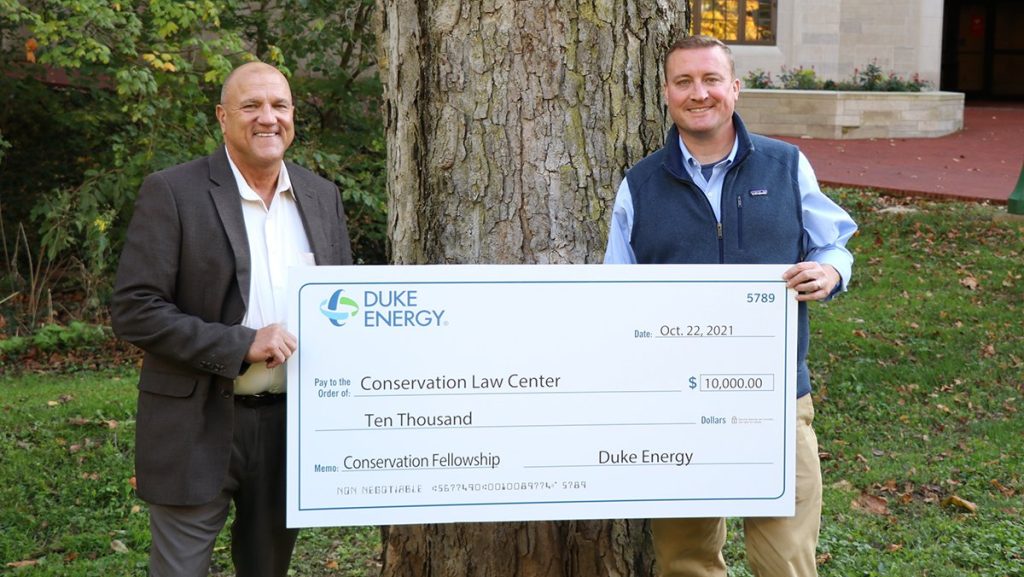
- Services: Legal Education
- Issues: Biodiversity, Climate Change, Community-Centered Conservation, Land, Water
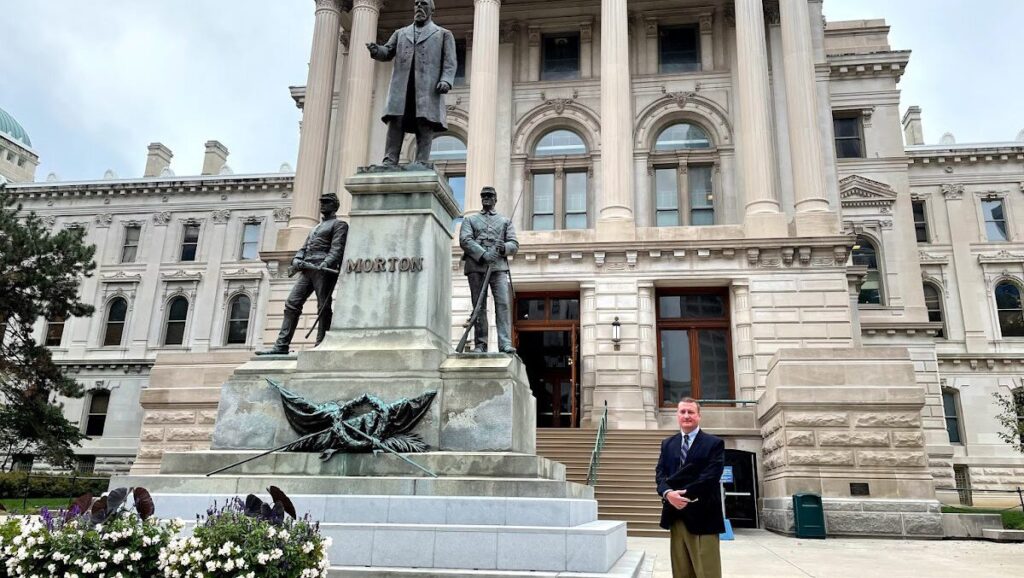
- Services: Policy
- Issues: Climate Change, Water
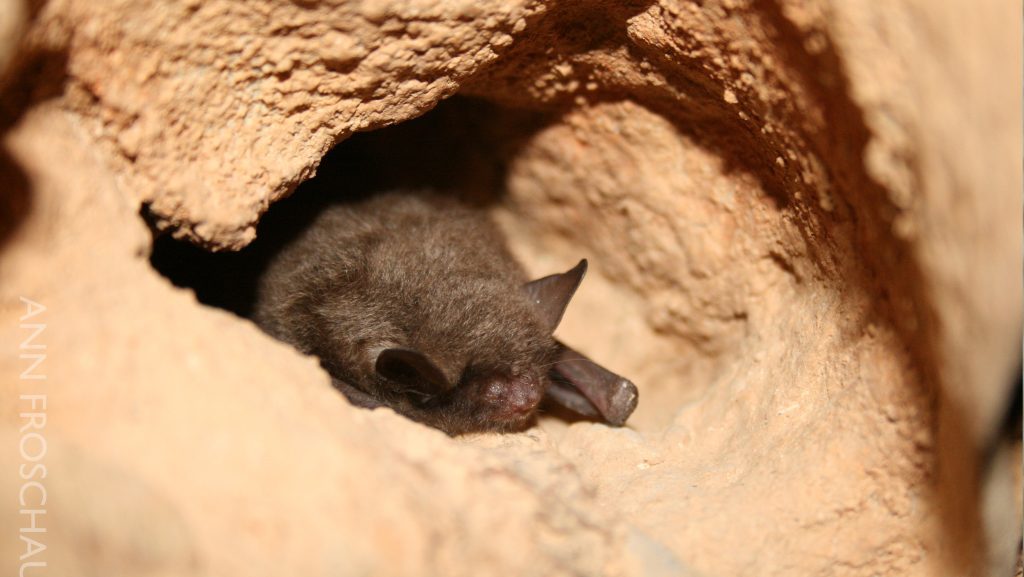
- Services: Policy
- Issues: Biodiversity, Climate Change
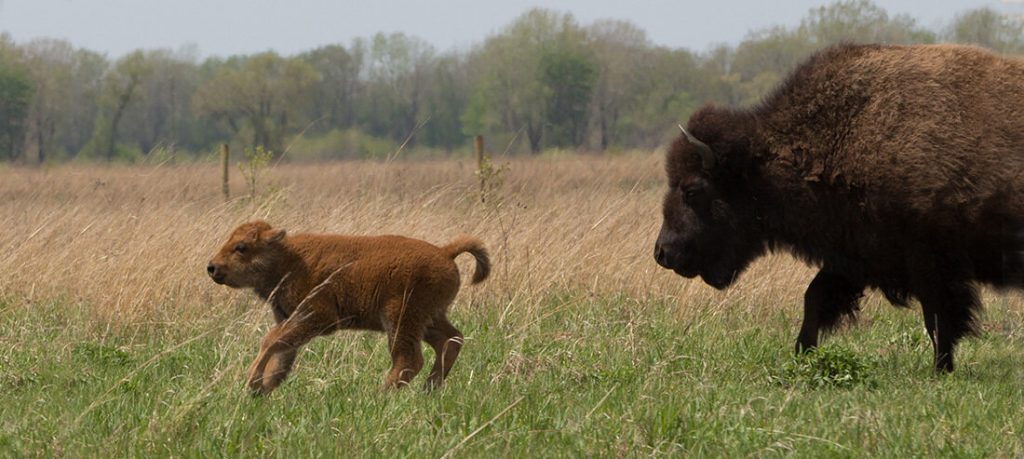
- Services: Legal Advocacy
- Issues: Climate Change, Land, Water

- Services: Legal Advocacy
- Issues: Land, Water
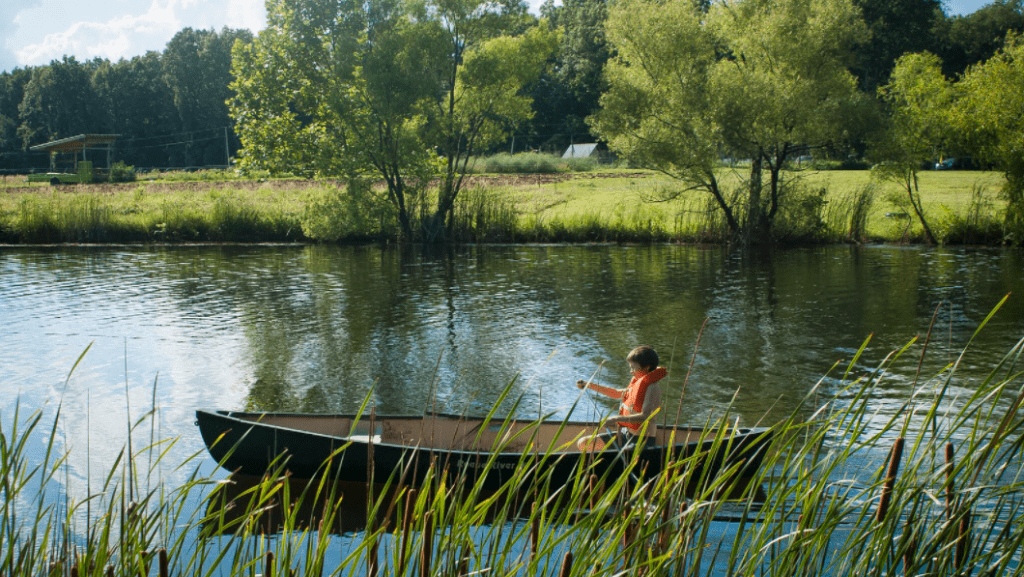
- Services: Policy
- Issues: Climate Change, Water
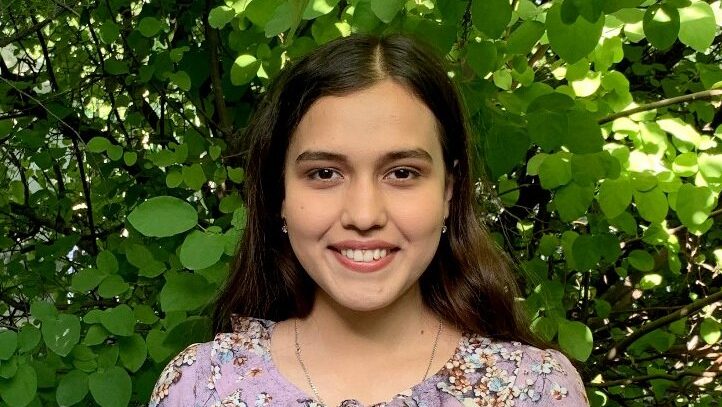
- Services: Legal Education
- Issues: Biodiversity, Land, Water

- Services: Legal Advocacy, Nonprofit Support
- Issues: Biodiversity, Land
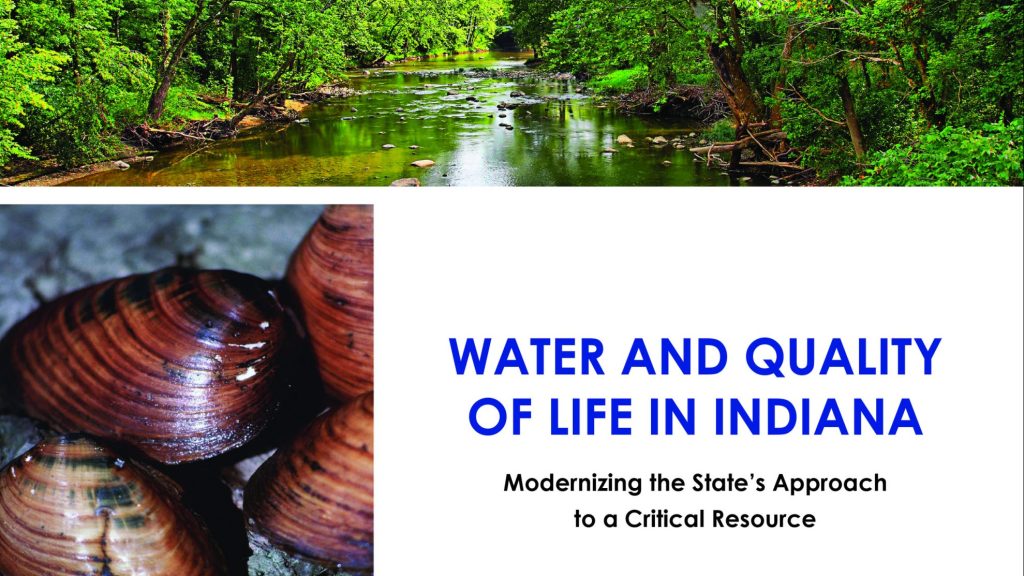
- Services: Legal Advocacy, Policy
- Issues: Biodiversity, Climate Change, Water
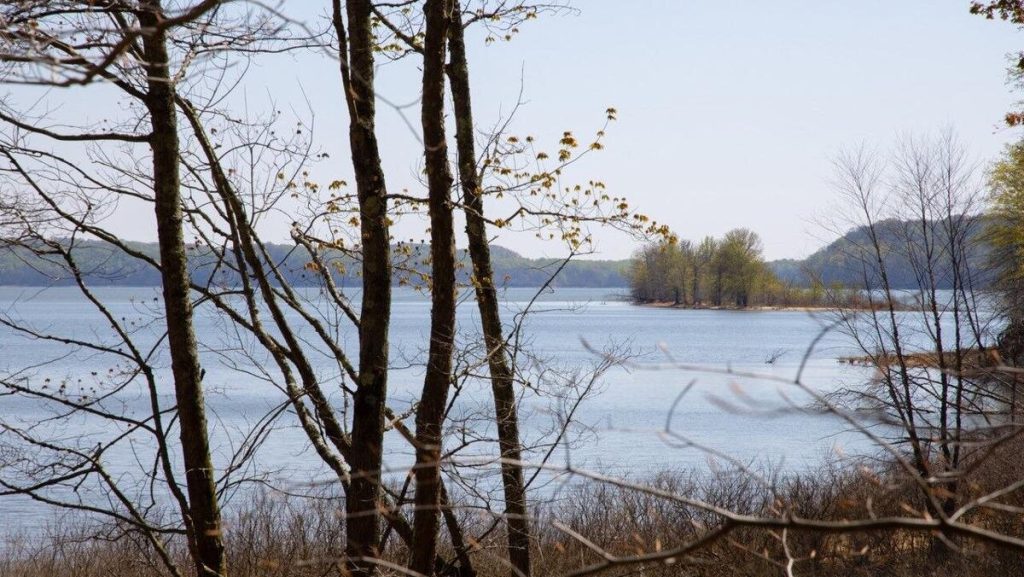
- Services: Nonprofit Support
- Issues: Biodiversity, Climate Change, Water
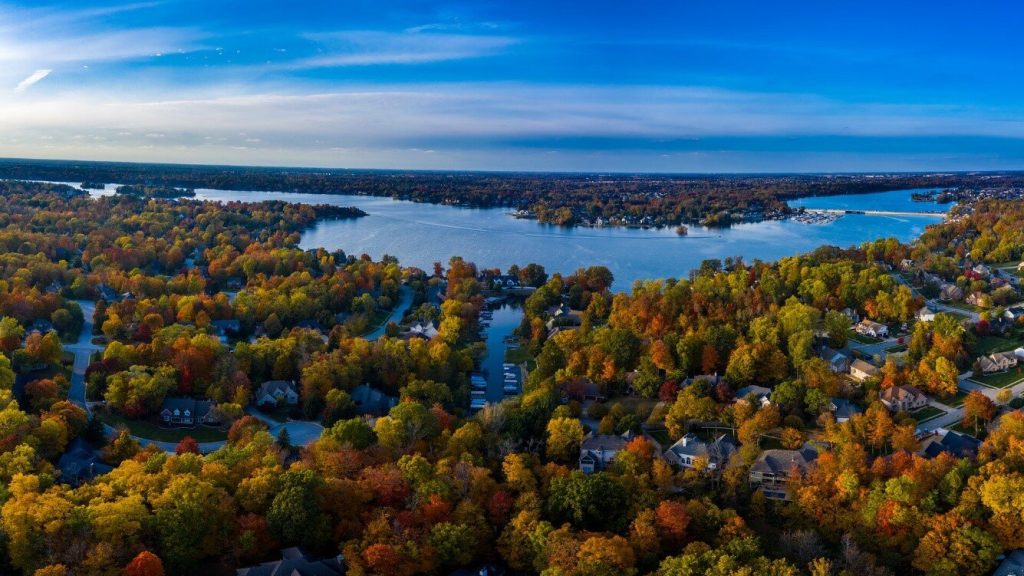
- Services: Policy
- Issues: Climate Change, Water
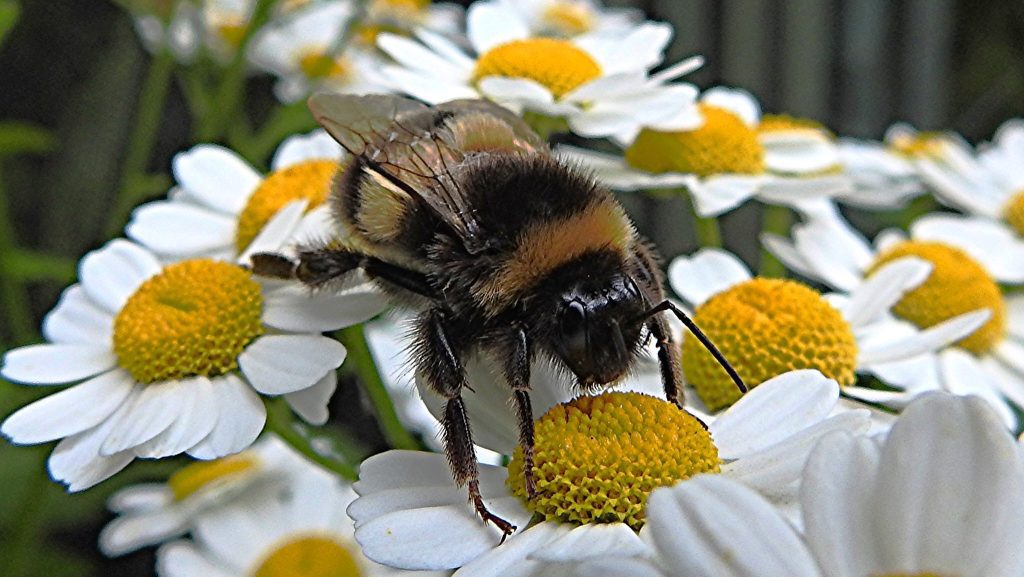
- Services: Legal Advocacy, Policy
- Issues: Biodiversity

- Services: Policy
- Issues: Biodiversity, Land, Water
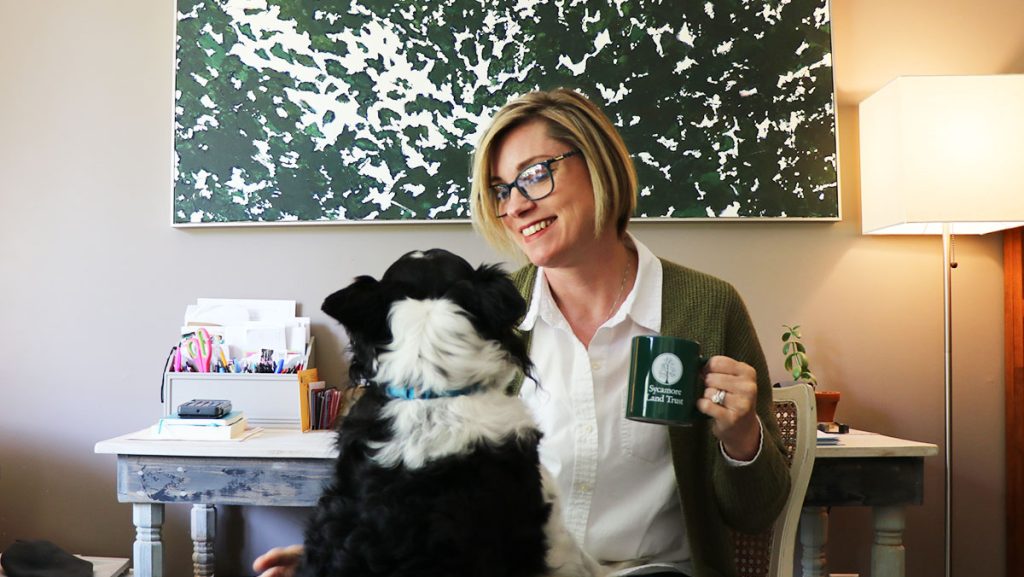
- Issues: Biodiversity, Climate Change, Land, Water

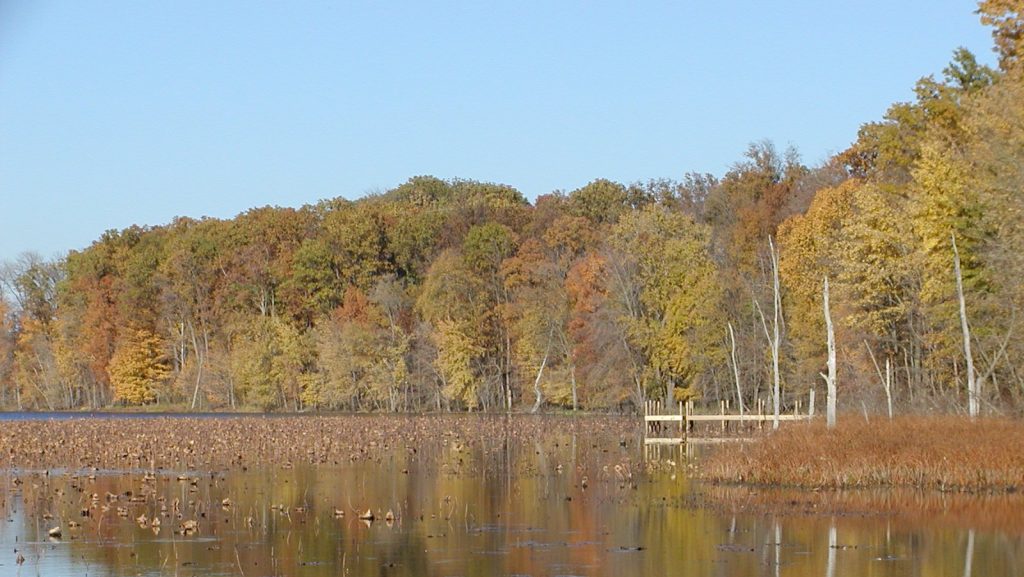
- Services: Nonprofit Support, Policy
- Issues: Biodiversity, Climate Change, Land, Water
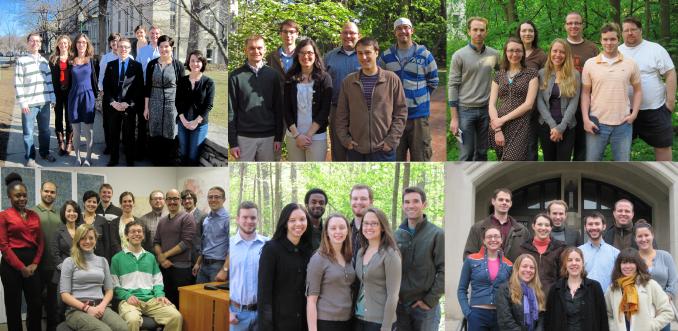
- Services: Legal Education
- Issues: Biodiversity, Climate Change, Community-Centered Conservation, Land, Public Trust, Water
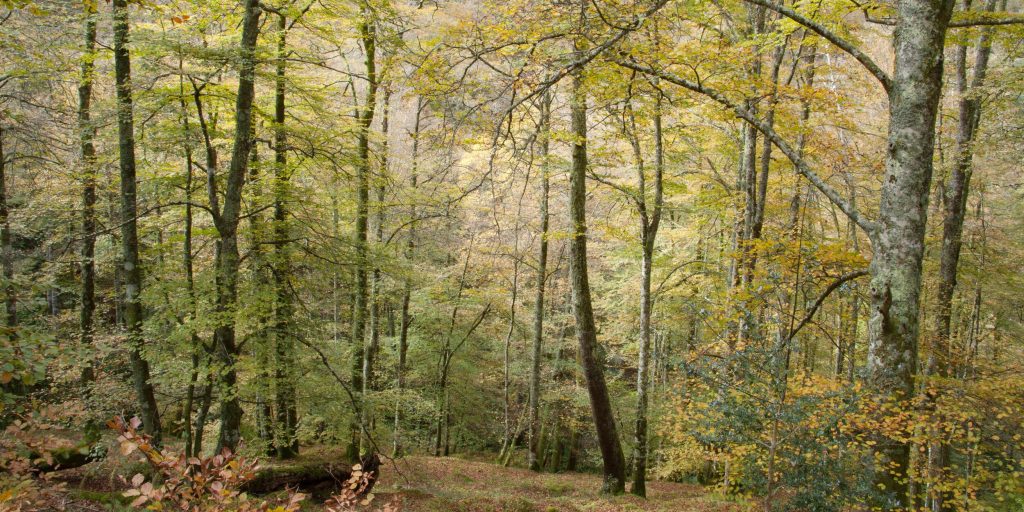
- Services: Legal Advocacy, Nonprofit Support
- Issues: Land

- Services: Legal Advocacy, Nonprofit Support
- Issues: Land
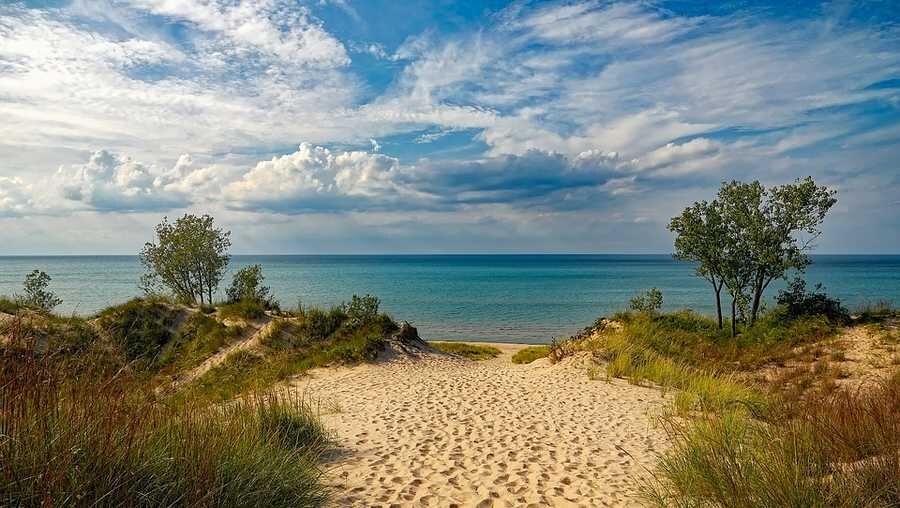
- Services: Legal Advocacy
- Issues: Public Trust, Water

- Services: Legal Advocacy
- Issues: Biodiversity

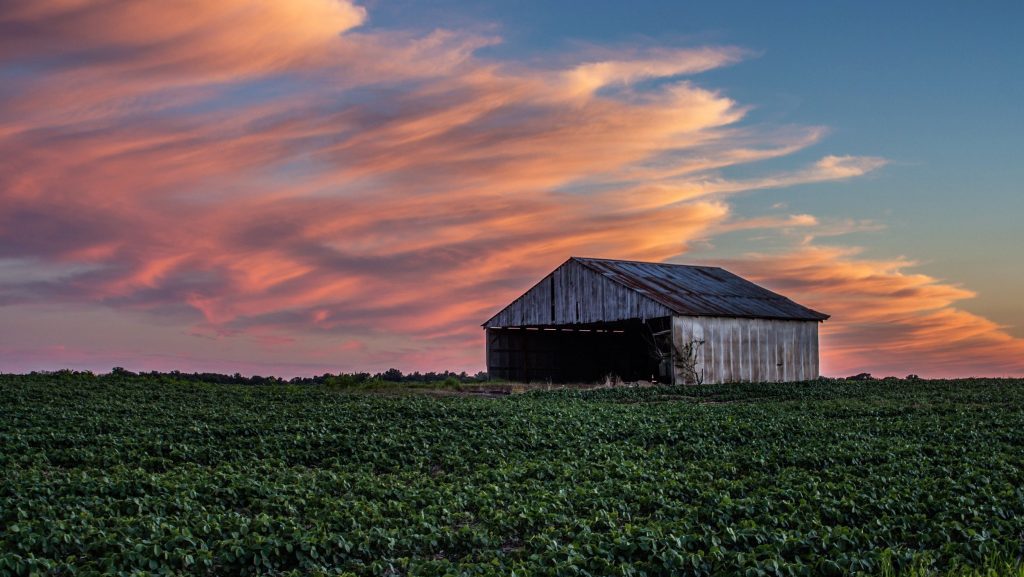
- Services: Legal Advocacy
- Issues: Land
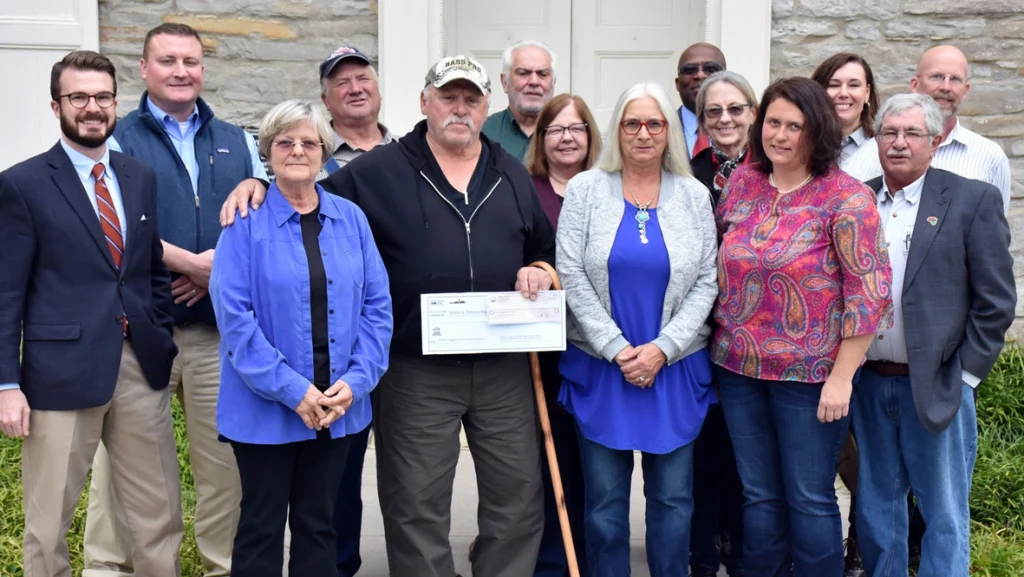
- Services: Legal Advocacy
- Issues: Land
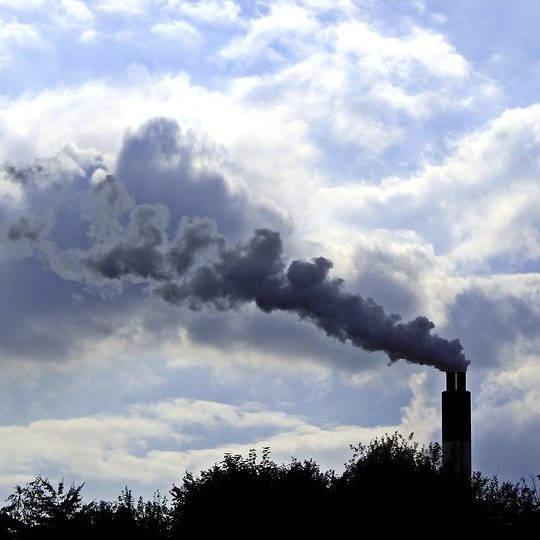
- Services: Legal Advocacy
- Issues: Community-Centered Conservation
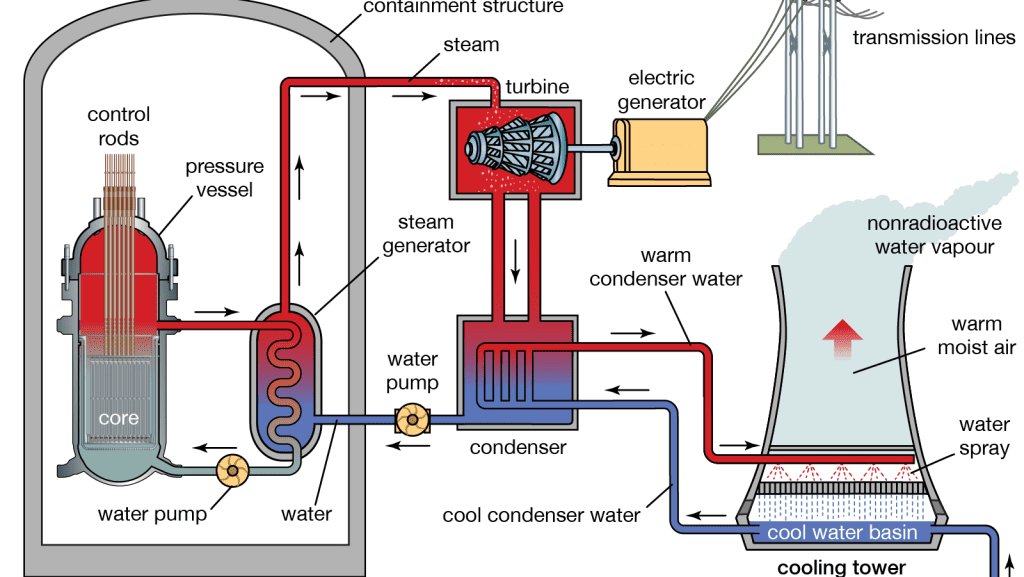
- Issues: Climate Change

- Issues: Climate Change
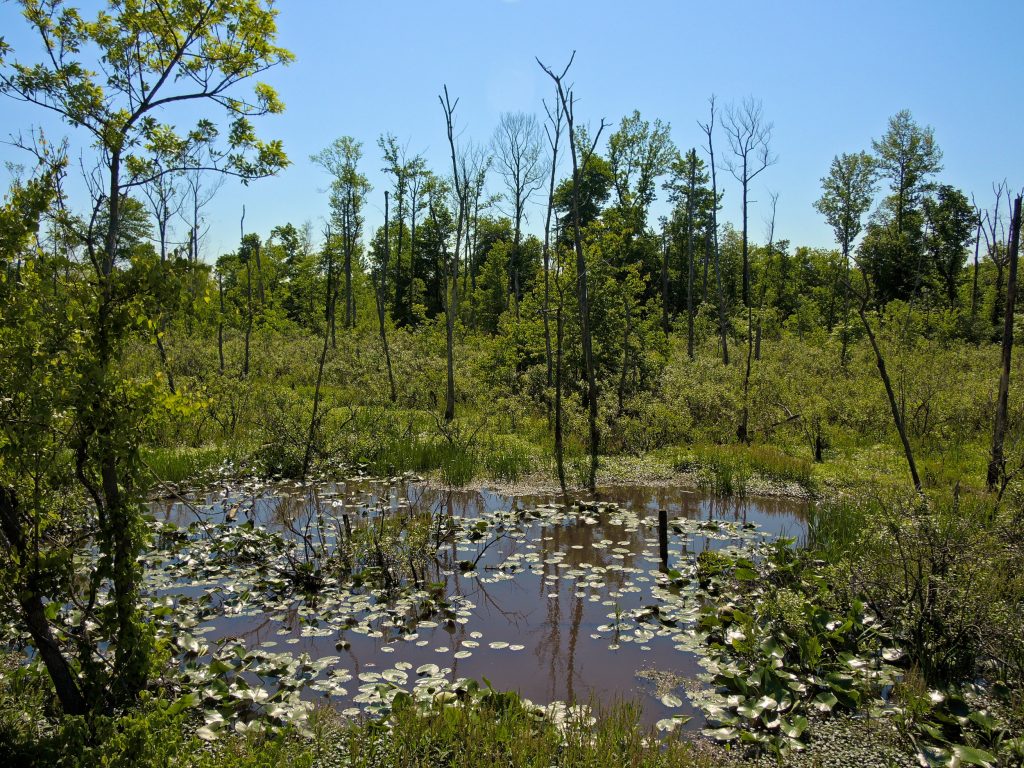
- Issues: Climate Change
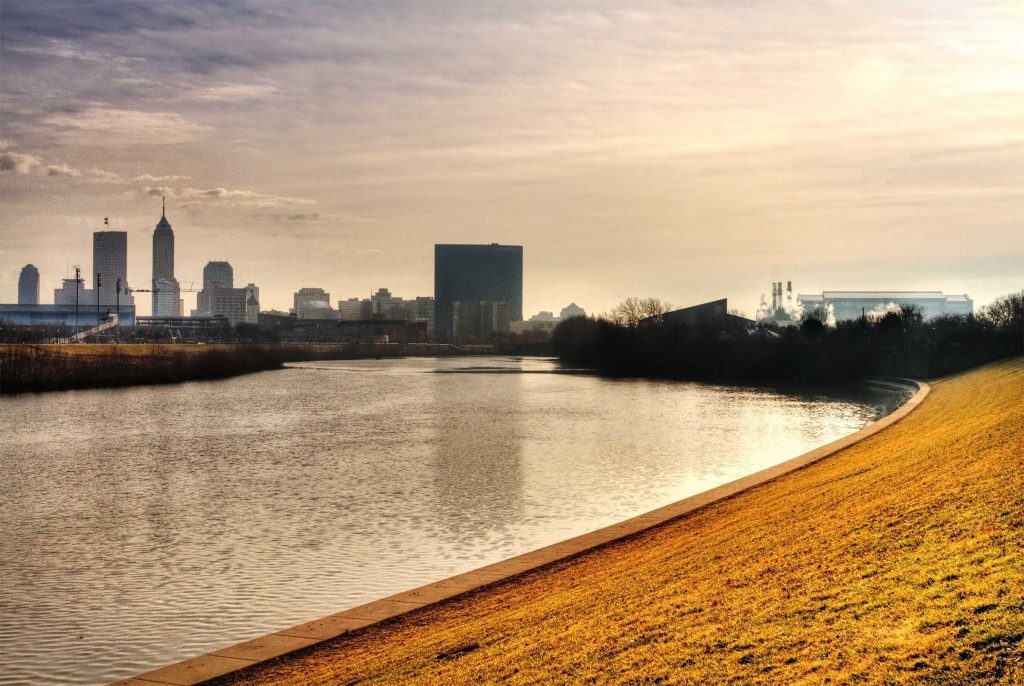
- Issues: Climate Change
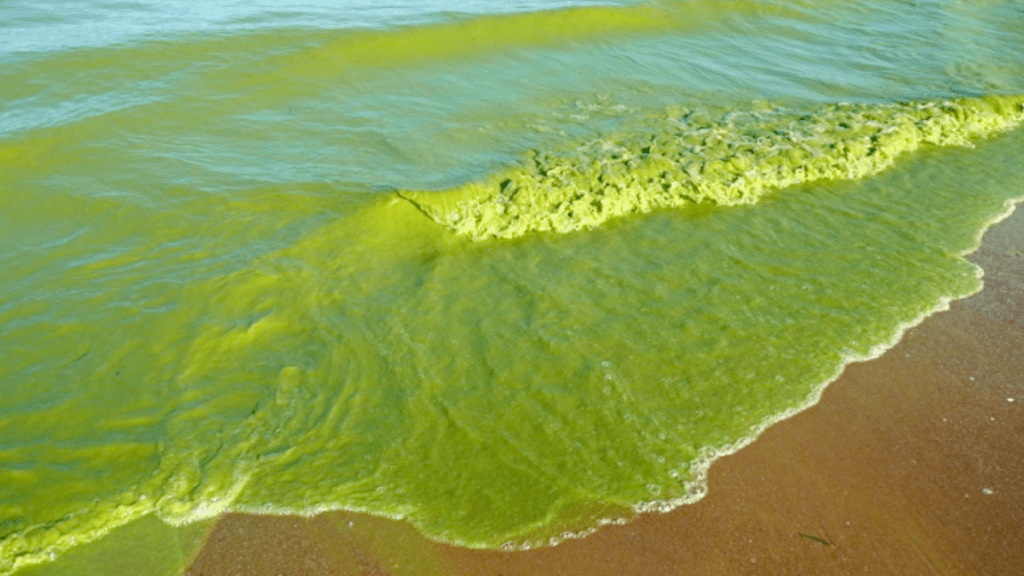
- Issues: Climate Change
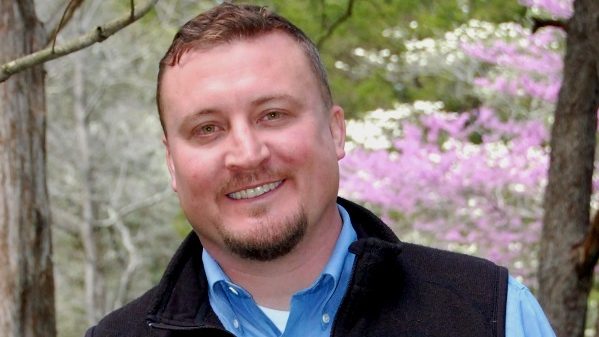

- Services: Legal Education
- Issues: Biodiversity, Climate Change, Water

- Services: Nonprofit Support, Policy
- Issues: Land, Water

This summer, Conservation Law Center is fortunate to have the help of Thalia Hobson, a summer research intern from Maurer Law School. Her work involves diving into Indiana’s laws—and lack-thereof in some cases—to see how the state will cope with climate change.
- Services: Legal Education
- Issues: Climate Change
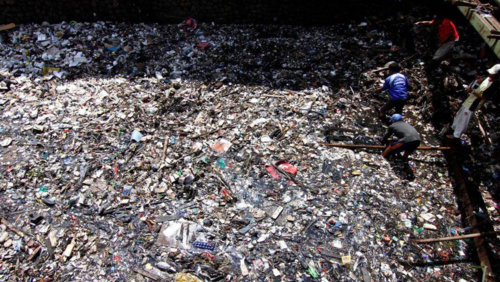
- Issues: Climate Change

- Services: Legal Advocacy
- Issues: Land, Public Trust, Water
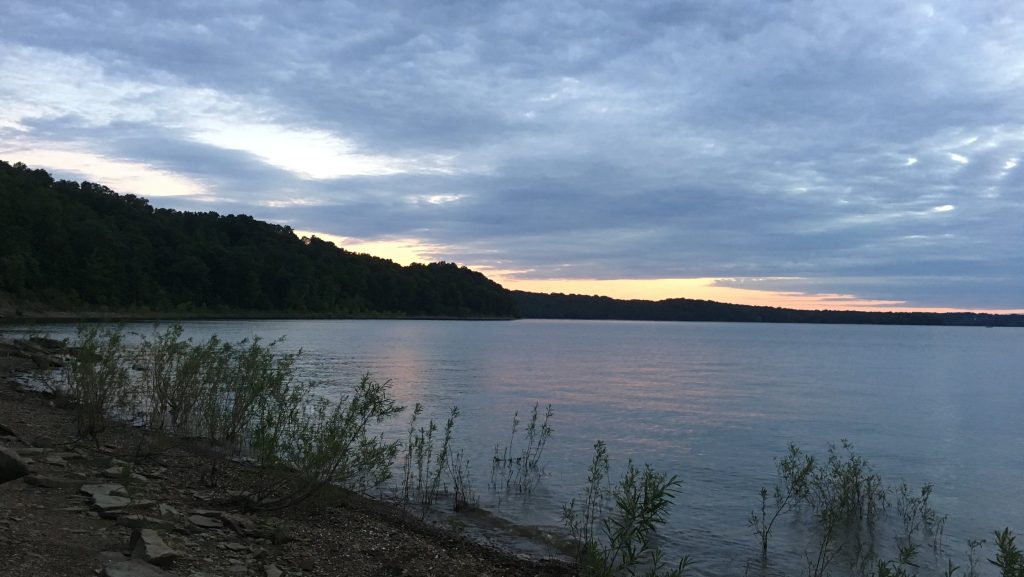
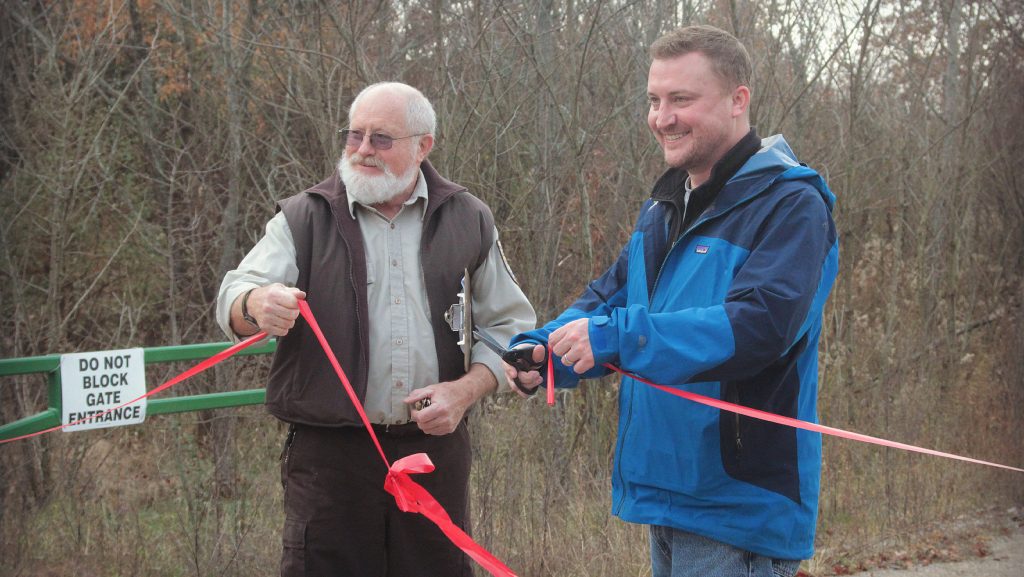

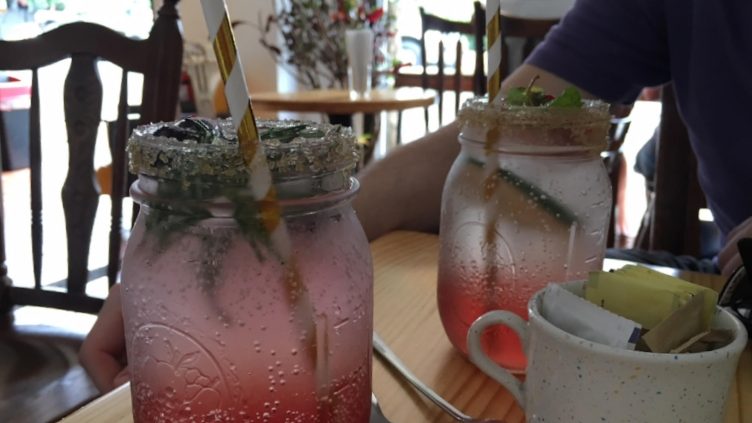
- Issues: Climate Change
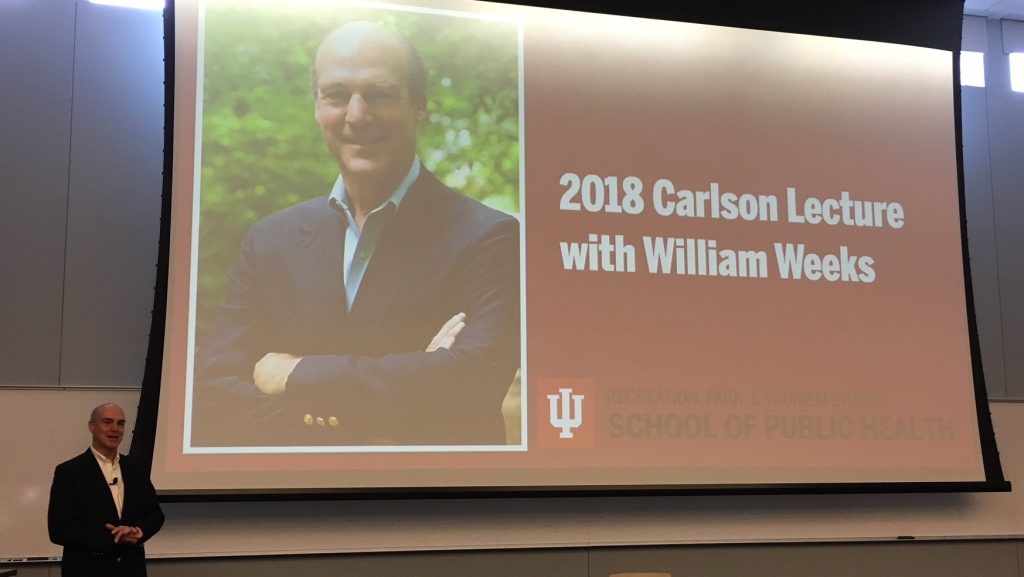
- Services: Legal Advocacy
- Issues: Biodiversity
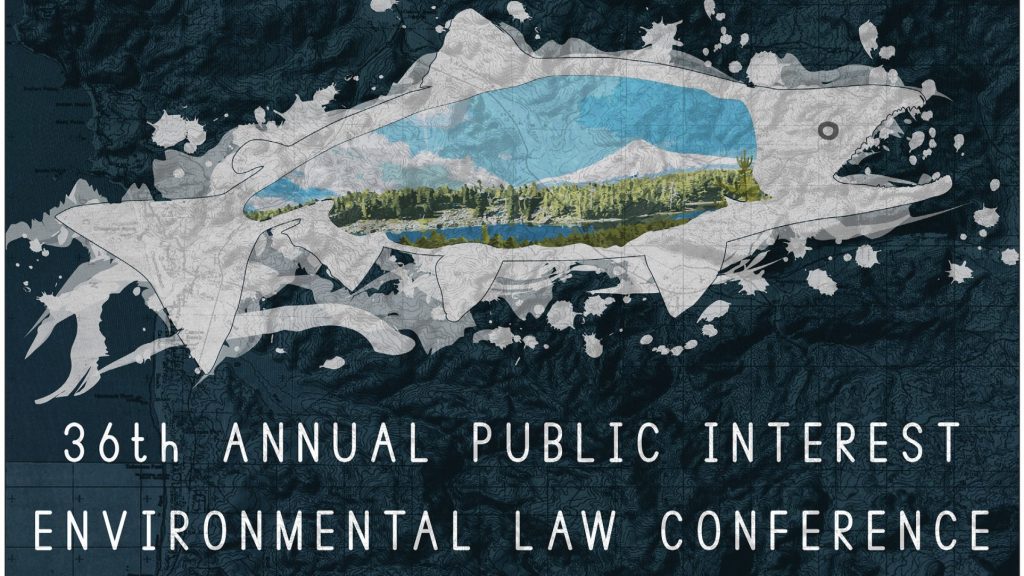
- Services: Legal Advocacy
- Issues: Public Trust

- Services: Legal Advocacy
- Issues: Public Trust, Water
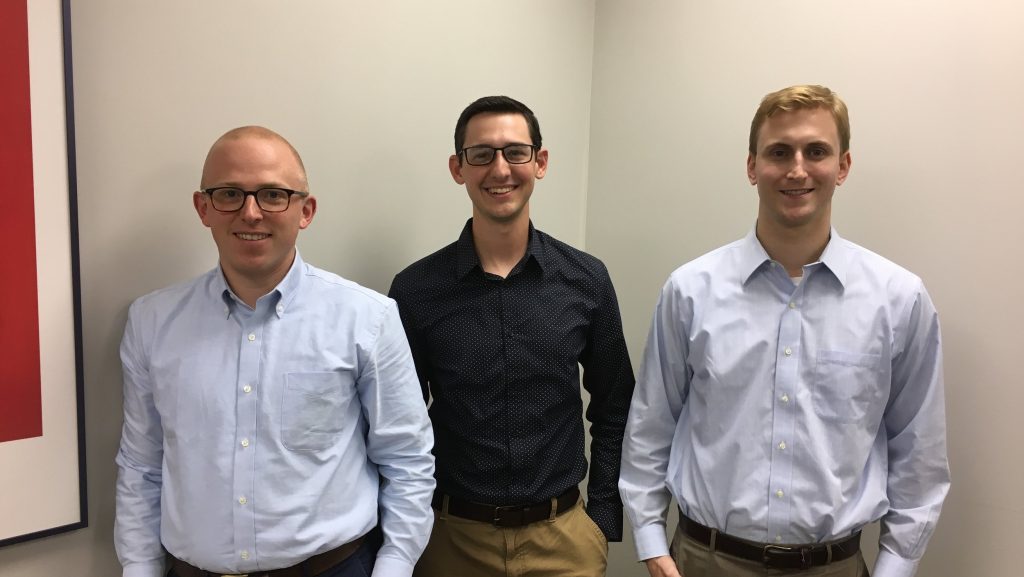
This month we're celebrating our Graduate Fellow Attorneys and their accomplishments. We hired two new Fellows this fall and are sending off our third this month.
The Graduate Fellow Attorney position at the Conservation Law Center aims to give recent graduates practice in the field. Fellows work with the center for 1-2 years and then continue to work for both public and private firms; we have former Fellows now working with Earthjustice, Beveridge & Diamond, and the Tennessee Attorney General's office.
- Services: Legal Education

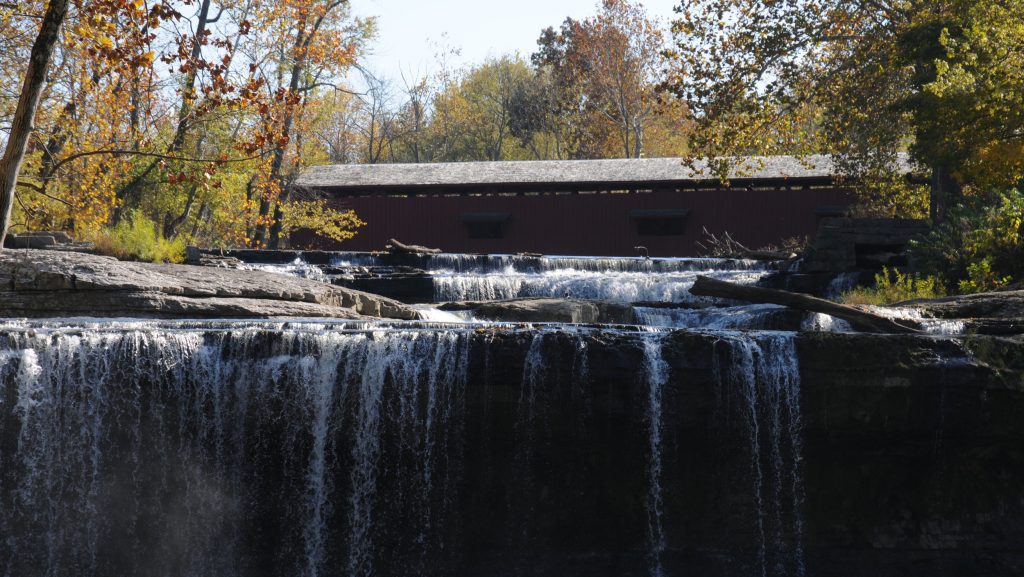

- Services: Legal Education

Carol Kugler, a reporter for The Herald-Times in Bloomington, IN, attended CLC's recent presentation at Green Drinks Bloomington.
- Services: Legal Advocacy, Policy
- Issues: Water
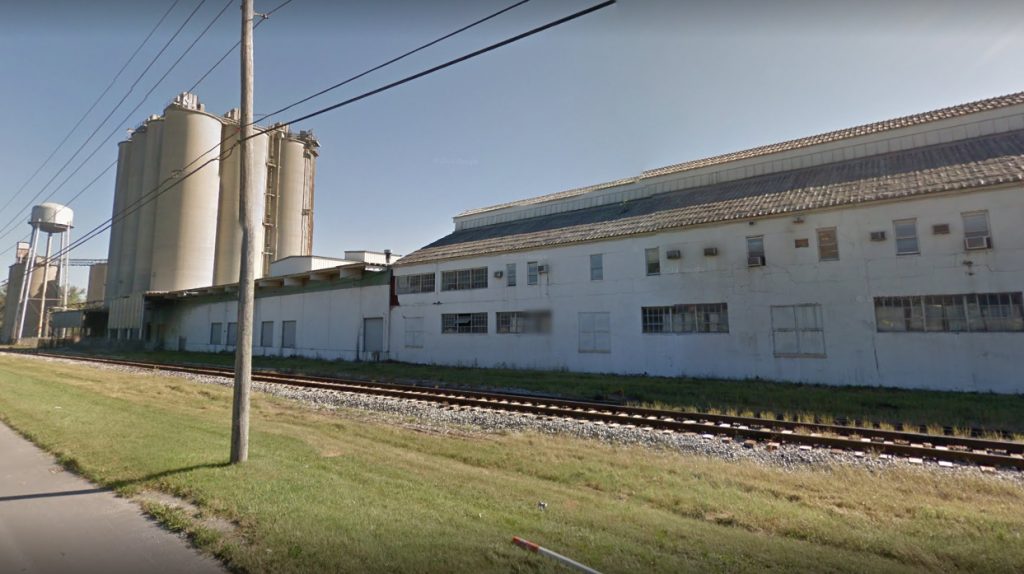
The Sierra Club, represented by Earthjustice and Conservation Law Center, has been granted intervention in a trial court proceeding in which the right to burn hazardous waste near homes and schools is being disputed.
- Services: Legal Advocacy
- Issues: Climate Change, Community-Centered Conservation
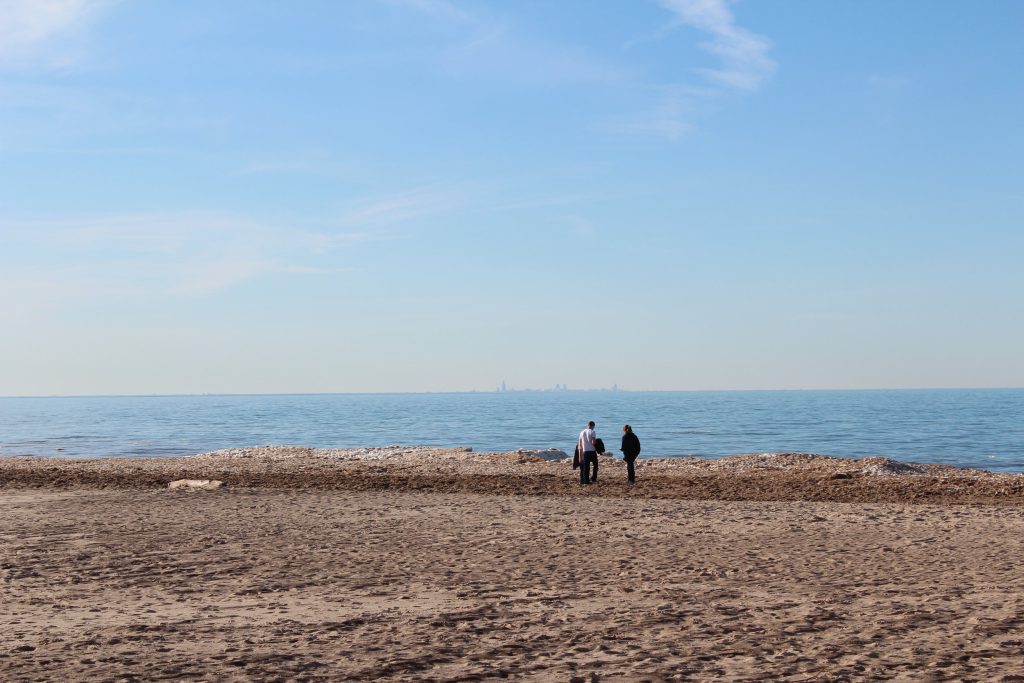
- Services: Legal Advocacy
- Issues: Biodiversity, Land, Public Trust, Water
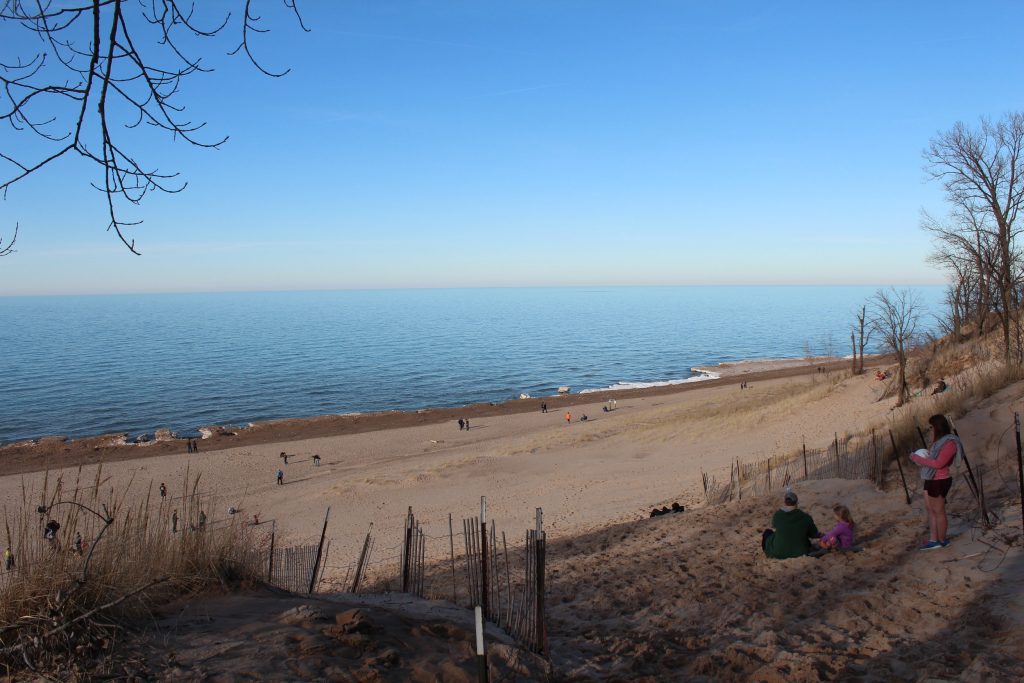
The Public Trust Doctrine grants access to use the land between the low and high water marks of Indiana's Lake Michigan shoreline.
- Services: Legal Advocacy
- Issues: Public Trust, Water

- Services: Legal Advocacy
- Issues: Land, Water

- Services: Legal Advocacy
- Issues: Land, Water
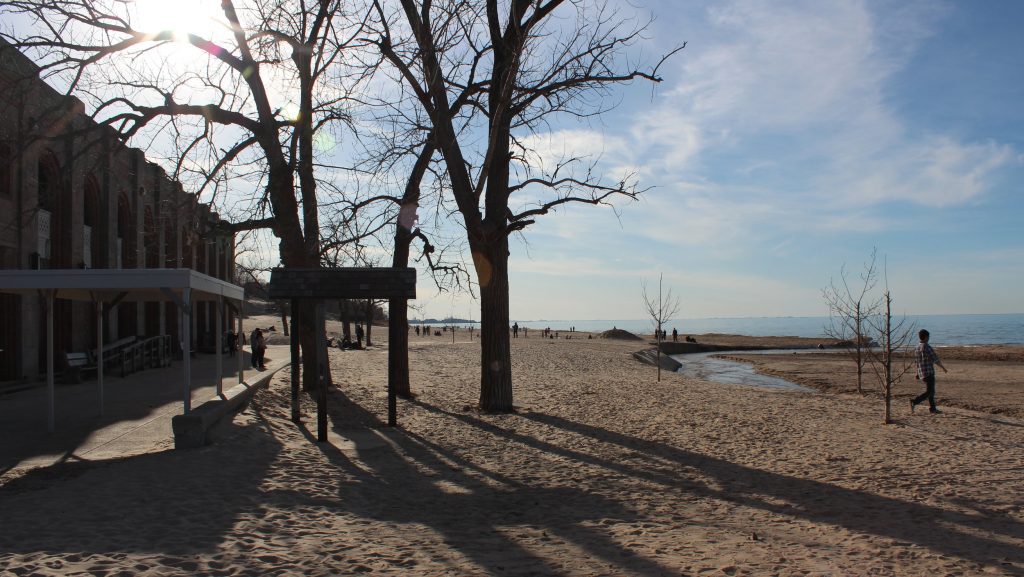
CLC staff attended Earth Charter Indiana's "Climate Leadership Summit" this week. Aside from the science, the committee of leaders discussed the climate-friendly changes in Indiana's communities and brainstormed resources and policies to help Indiana adapt to a changing climate.
- Issues: Climate Change

- Services: Legal Advocacy
- Issues: Biodiversity
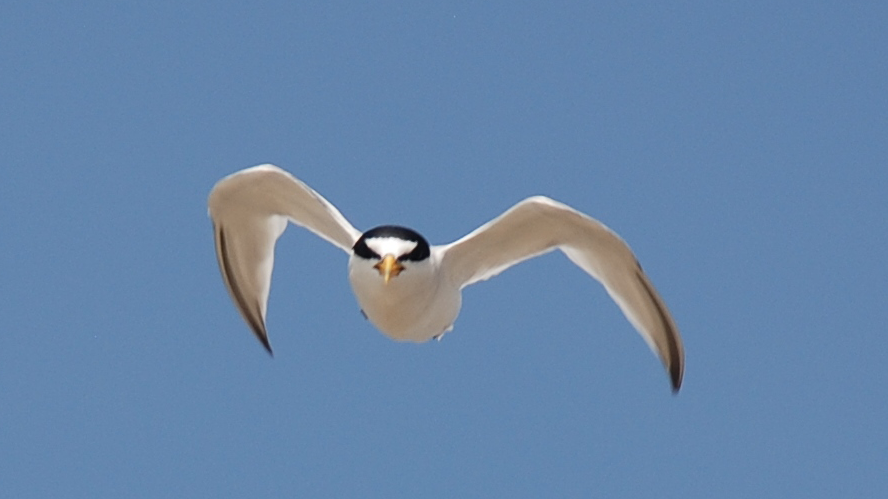
- Services: Legal Advocacy
- Issues: Biodiversity, Climate Change

- Services: Legal Advocacy
- Issues: Climate Change, Land
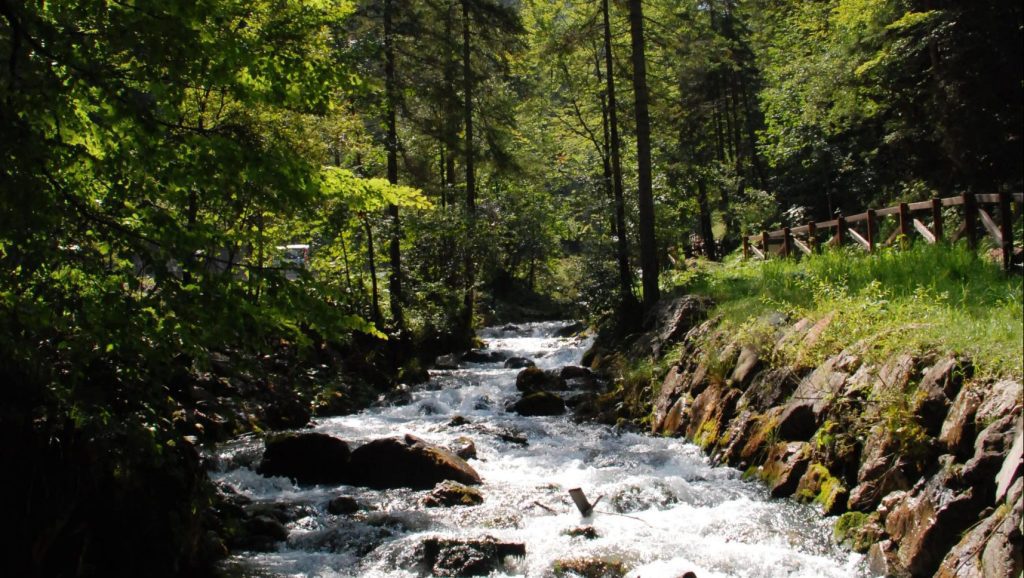
- Services: Legal Advocacy
- Issues: Biodiversity
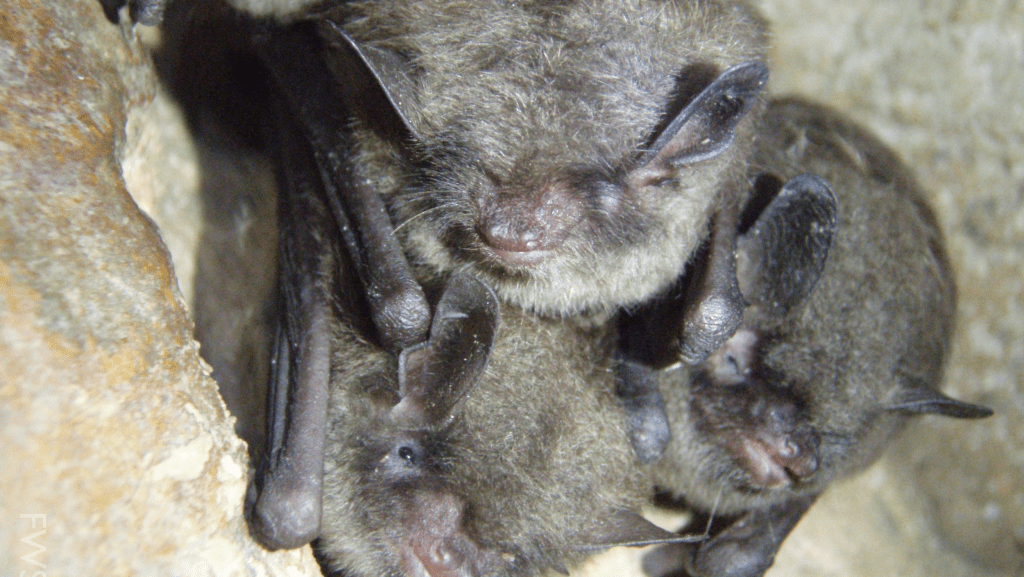
- Services: Legal Advocacy
- Issues: Biodiversity

- Services: Legal Advocacy
- Issues: Water
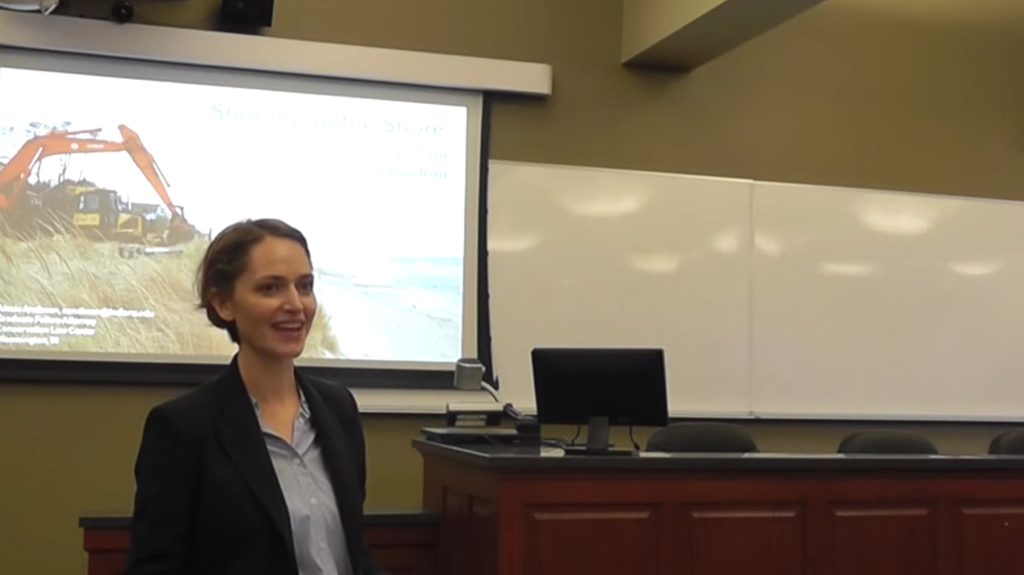
- Services: Legal Education

- Issues: Biodiversity

Peter Murrey and Clinic interns submitted comments on behalf of the American Bird Conservancy to the Fish and Wildlife Service urging the agency to strengthen proposed rules governing private oil and gas drilling in these sensitive areas.
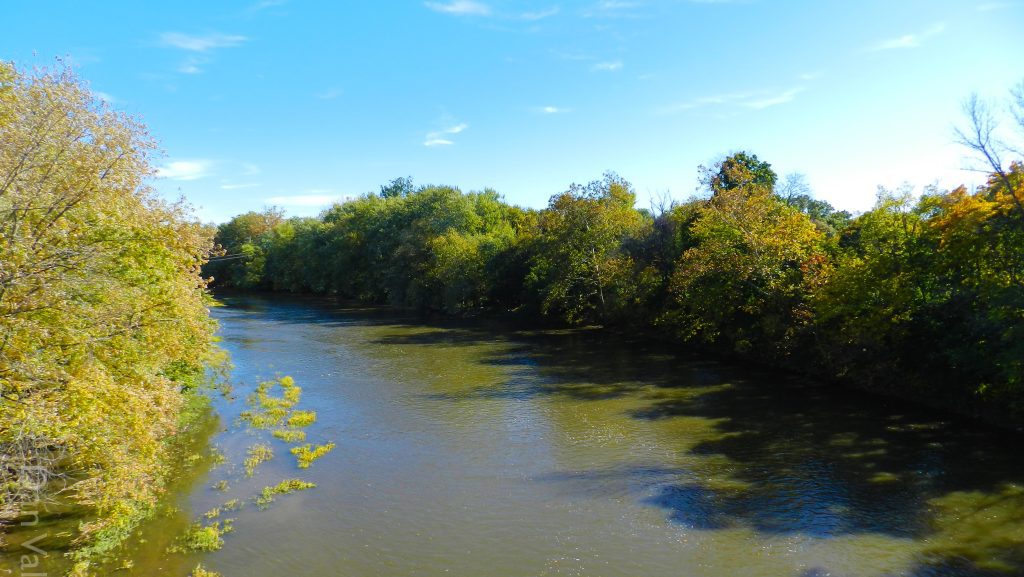
Director Bill Weeks spoke at Friends of the White River annual meeting this February. CLC has been assisting FOTWR in negotiations with the DNR about tree removal on the White River levee.
At the event, President Dan Valleskey presented the organization's annual award to CLC. The hand-made carved paddle represents FOTWR's gratitude for CLC's legal council.

- Services: Legal Advocacy
- Issues: Public Trust, Water
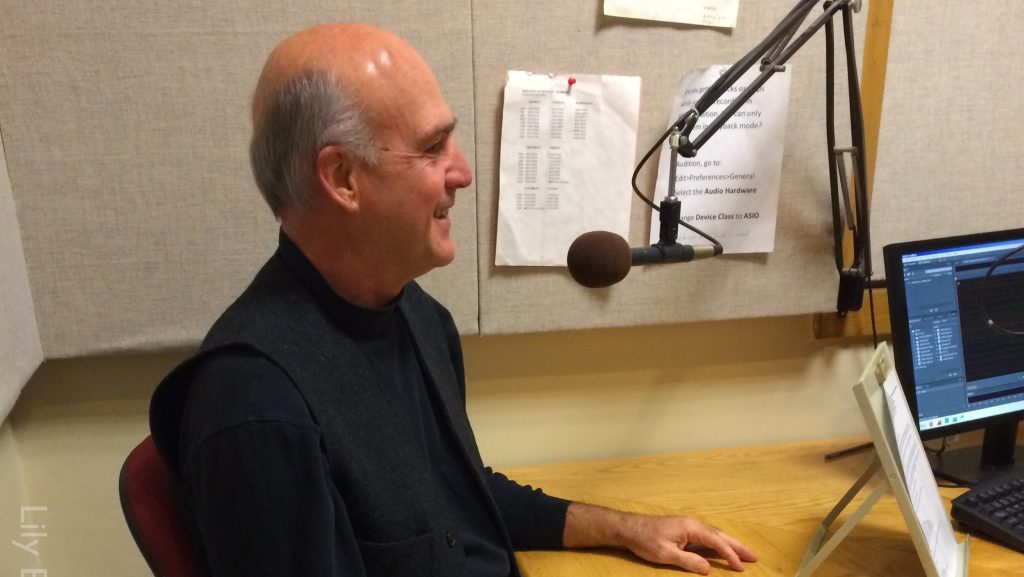
- Services: Legal Advocacy
- Issues: Land

- Services: Legal Advocacy
- Issues: Water
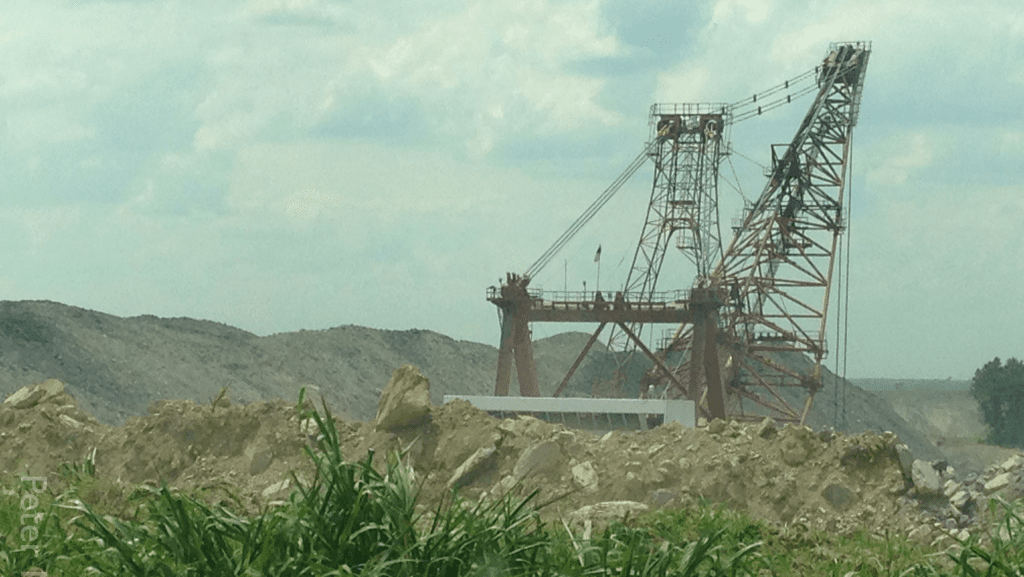
- Services: Nonprofit Support
- Issues: Land
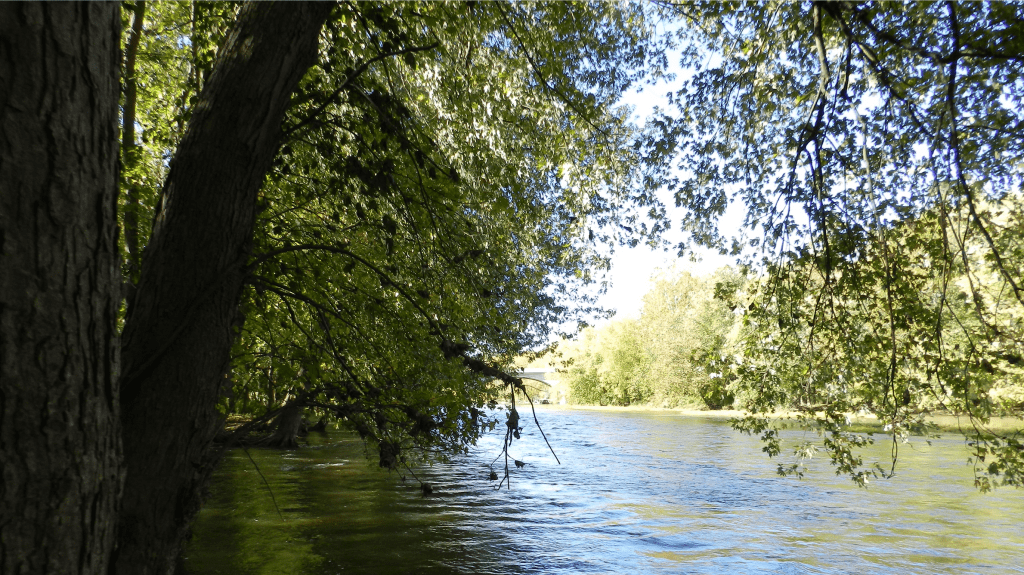
- Services: Legal Advocacy
- Issues: Land, Water

On July 6, CLC joined a coalition of environmental organizations to send a letter urging the National Marine Fisheries Service to take immediate action to conserve the endangered Southern Resident population of killer whales. After several drastic declines, only approximately 81 of these animals remain in the wild. Recent government research reveals that a variety of human activities threaten the killer whales year-round, but only the population's summer habitat in Puget Sound currently receives federal protection.
- Services: Legal Advocacy
- Issues: Biodiversity

- Services: Legal Advocacy
- Issues: Water

- Services: Legal Advocacy
- Issues: Land
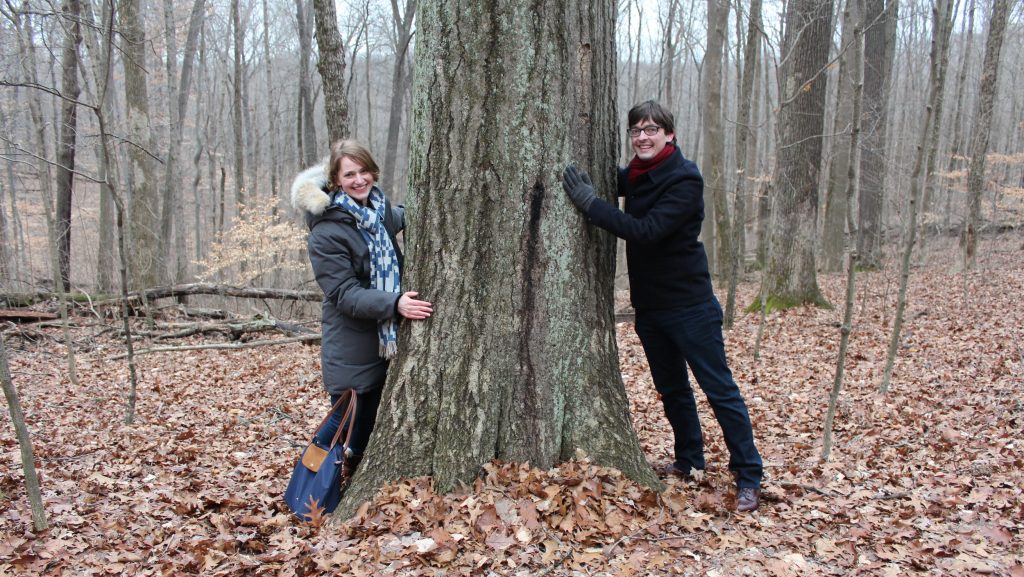
- Services: Legal Education

We are arguing in court that the endangered Indiana bat deserves more protection than it is getting in the process for approving wind energy installations. We came across a study that concluded that the protections we would like to see implemented will cost about 1 percent of the power the wind turbines can generate. Wind turbines produce relatively little power from gentle breezes. Bats, on the other hand, avoid flying when the wind blows at the speed it takes to generate wind power efficiently.
- Services: Legal Advocacy
- Issues: Biodiversity

- Services: Legal Education

- Services: Nonprofit Support
- Issues: Land
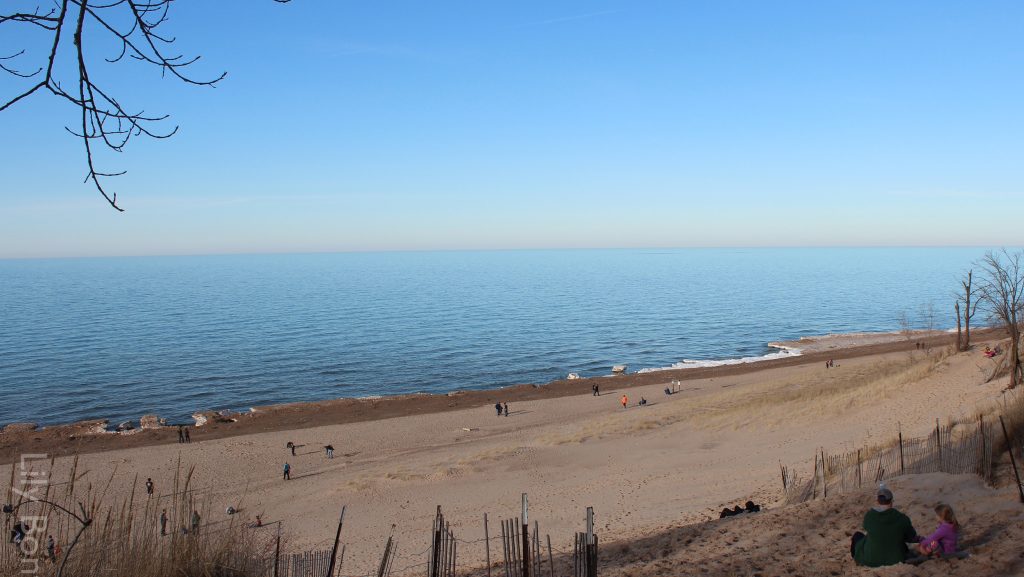
- Services: Legal Advocacy
- Issues: Public Trust, Water
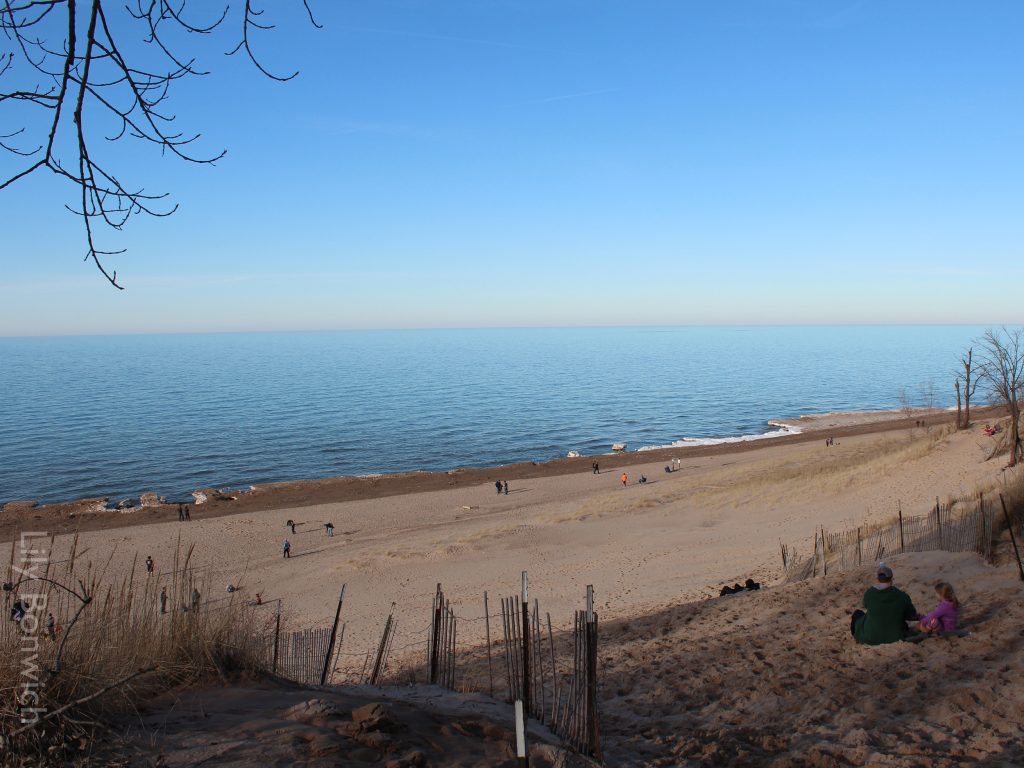
- Services: Legal Advocacy
- Issues: Biodiversity, Land, Public Trust, Water

- Services: Legal Advocacy
- Issues: Biodiversity
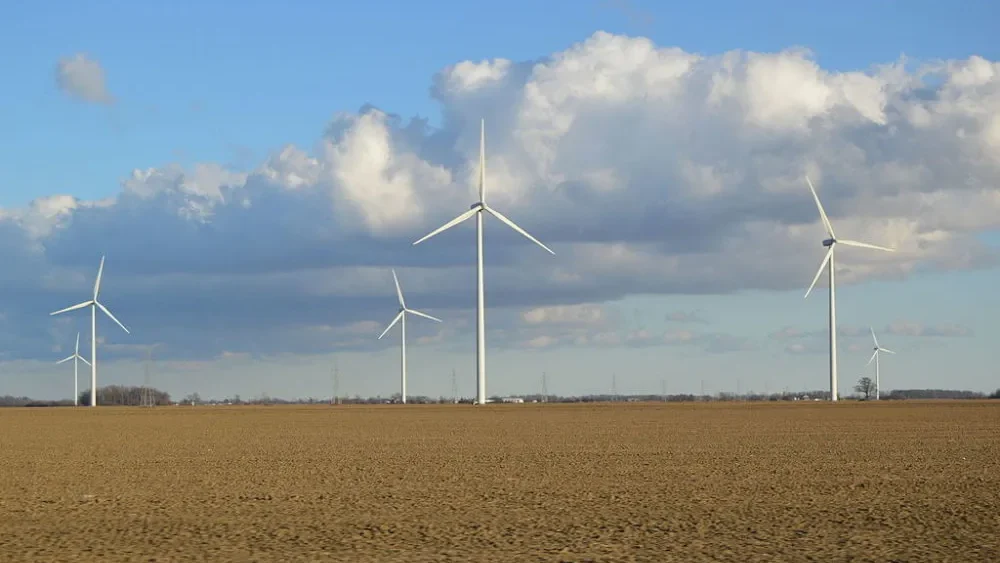
- Services: Legal Advocacy
- Issues: Biodiversity
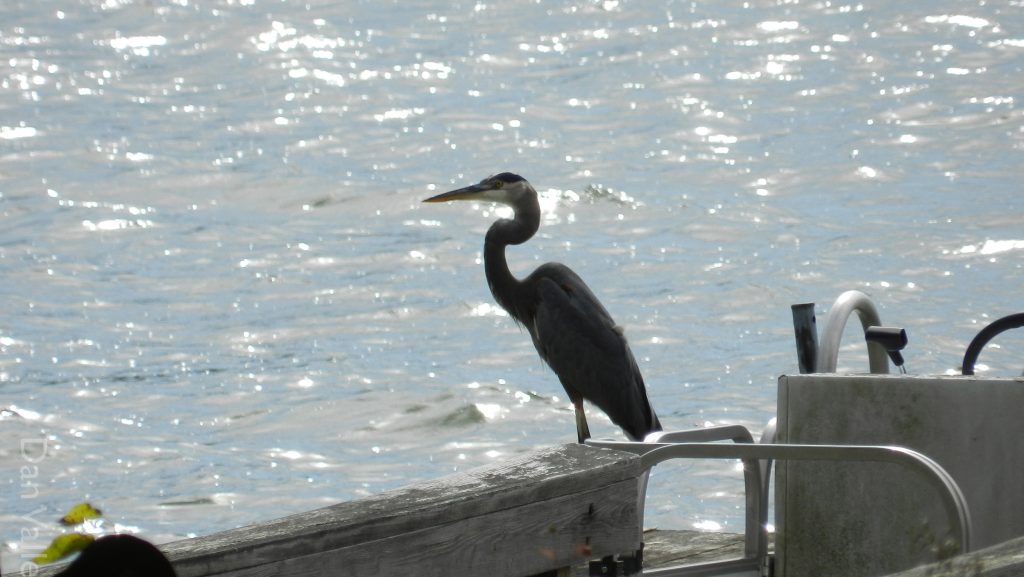
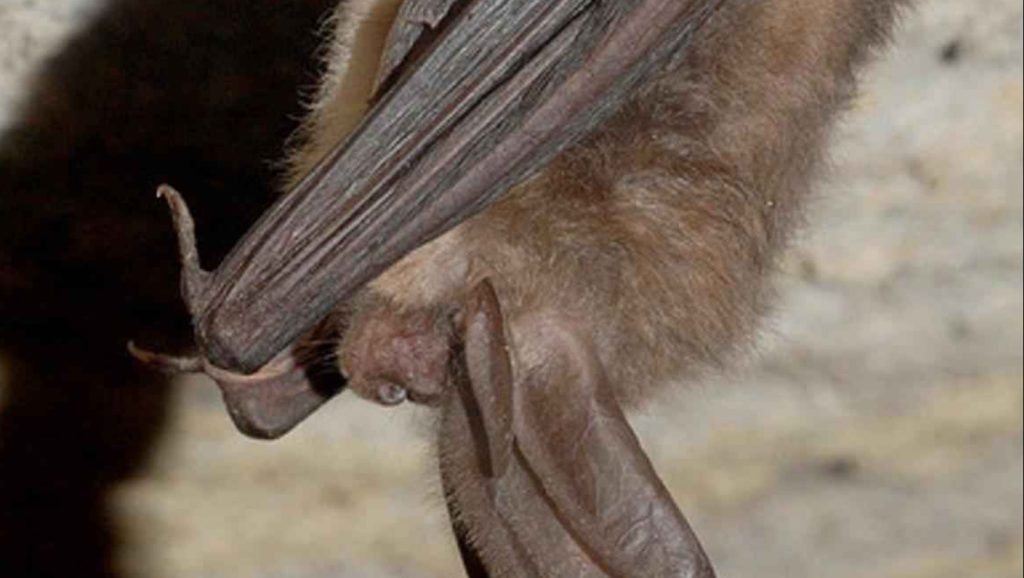
The CLC recently submitted comments to the U.S. Fish and Wildlife Service on Beech Ridge Energy's Draft Habitat Conservation Plan and the Service’s associated Draft Environmental Impact Statement. BRE's 66-turbine wind facility in West Virginia currently operates under a court-ordered restricted schedule.
- Services: Legal Advocacy
- Issues: Biodiversity
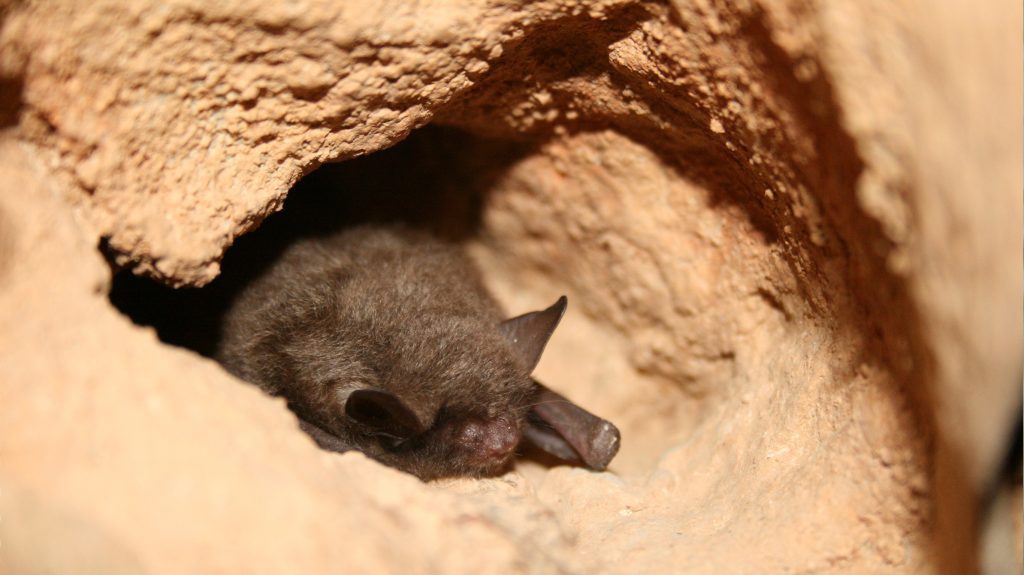
- Services: Legal Advocacy
- Issues: Biodiversity

The CLC recently submitted an amicus curiae brief for the consideration of the 11th Circuit Court of Appeals in Conservancy of Southwest Florida v. United States Fish and Wildlife Service. The case involves the petition of a group of environmental organizations requesting the USFWS to designate critical habitat for the federally endangered Florida panther.
- Services: Legal Advocacy
- Issues: Biodiversity
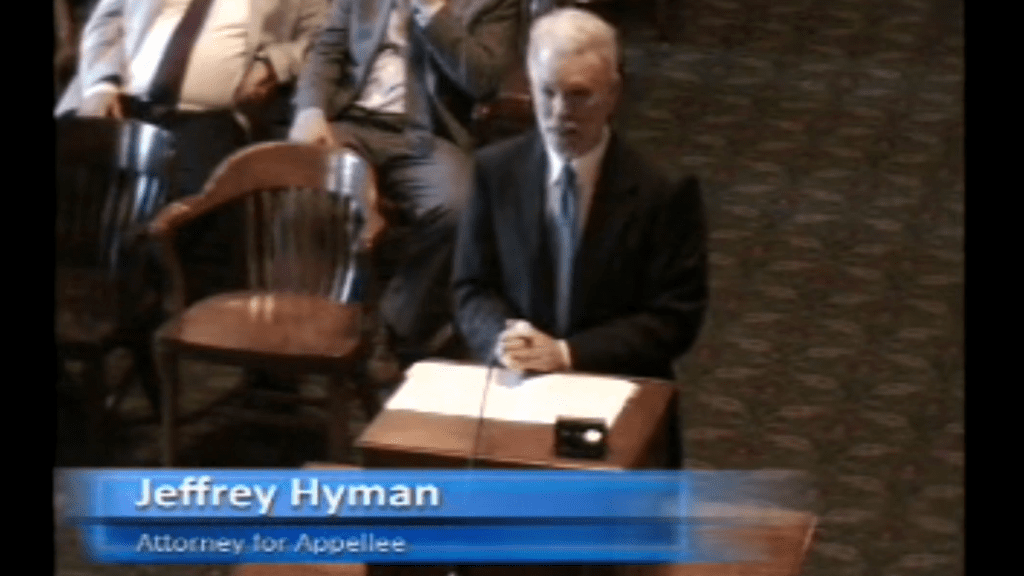
- Services: Legal Advocacy, Nonprofit Support
- Issues: Climate Change, Land
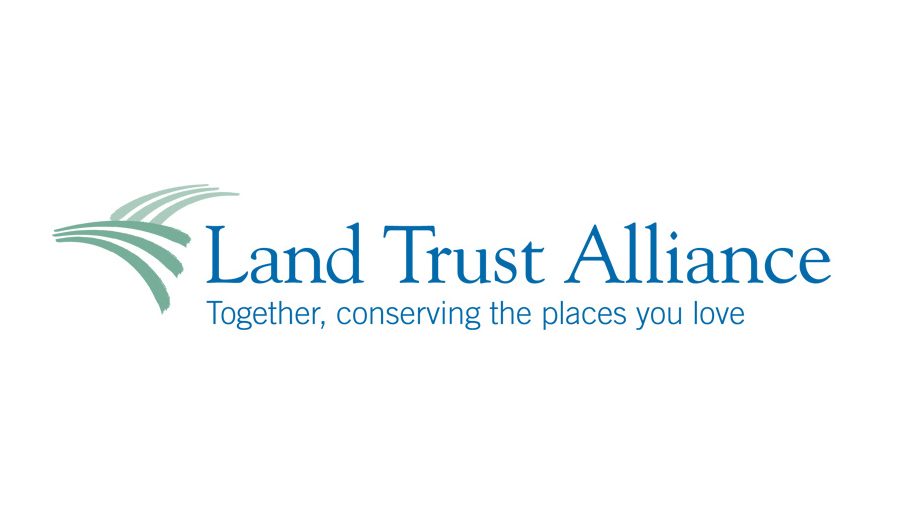
- Services: Nonprofit Support
- Issues: Land
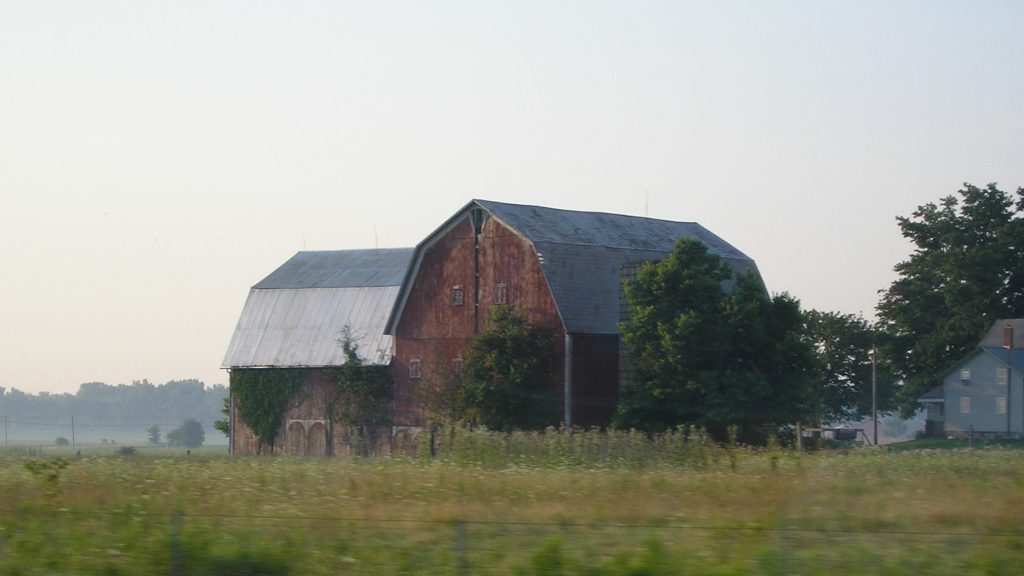
- Services: Nonprofit Support
- Issues: Land

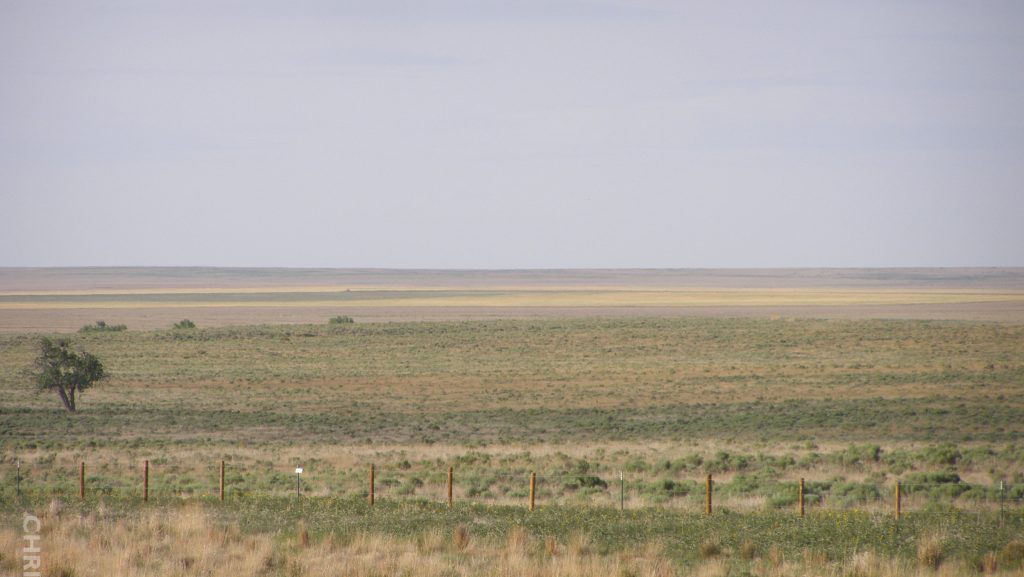
- Services: Legal Advocacy
- Issues: Biodiversity

- Services: Legal Advocacy
- Issues: Climate Change, Land, Water
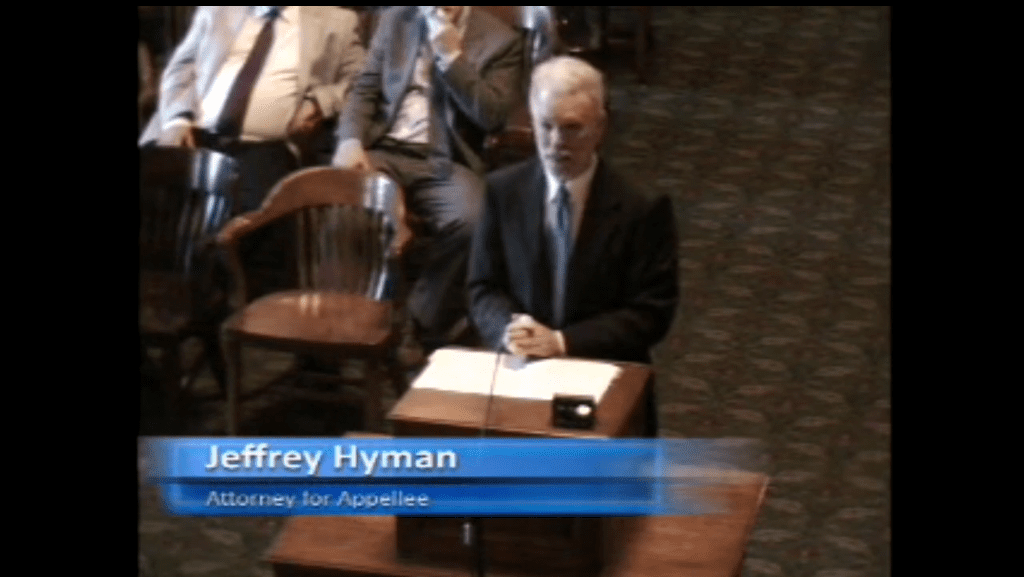
- Services: Legal Advocacy, Nonprofit Support
- Issues: Climate Change, Land, Water
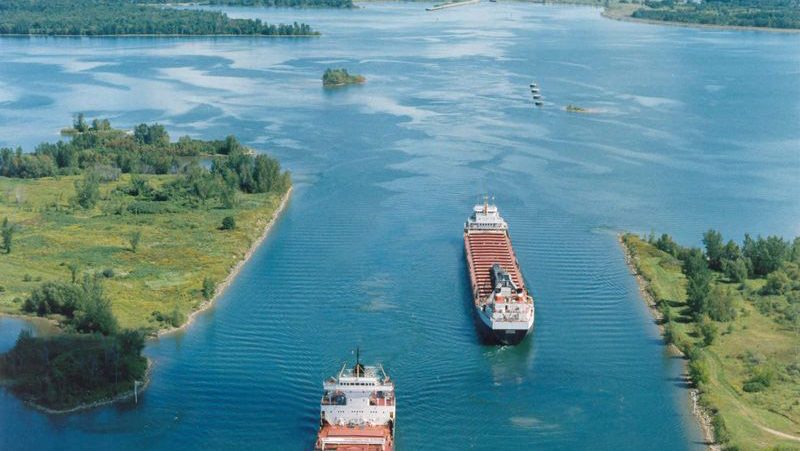
- Services: Legal Advocacy
- Issues: Water

- Services: Legal Advocacy
- Issues: Biodiversity
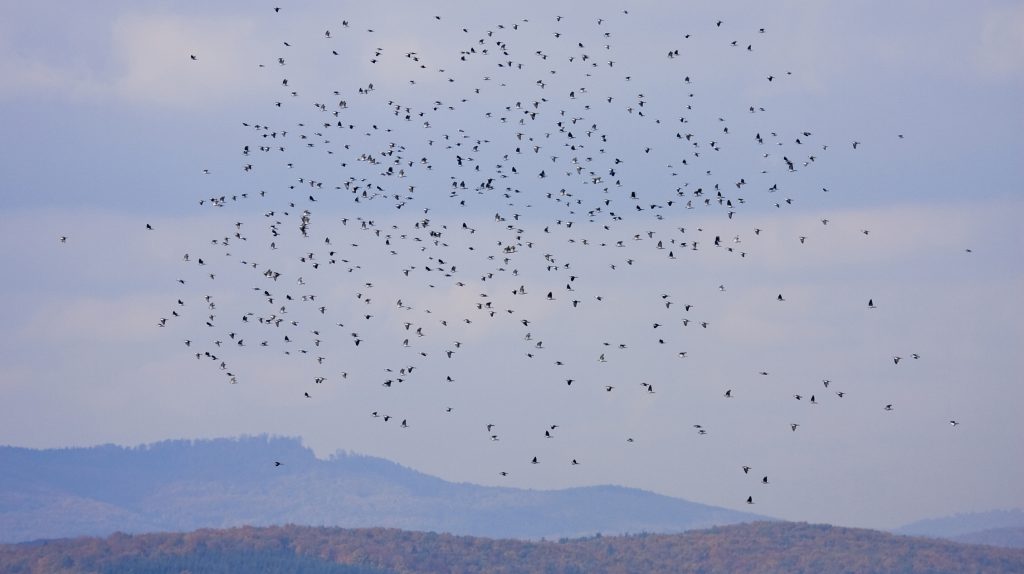
- Services: Legal Education
- Issues: Biodiversity, Climate Change
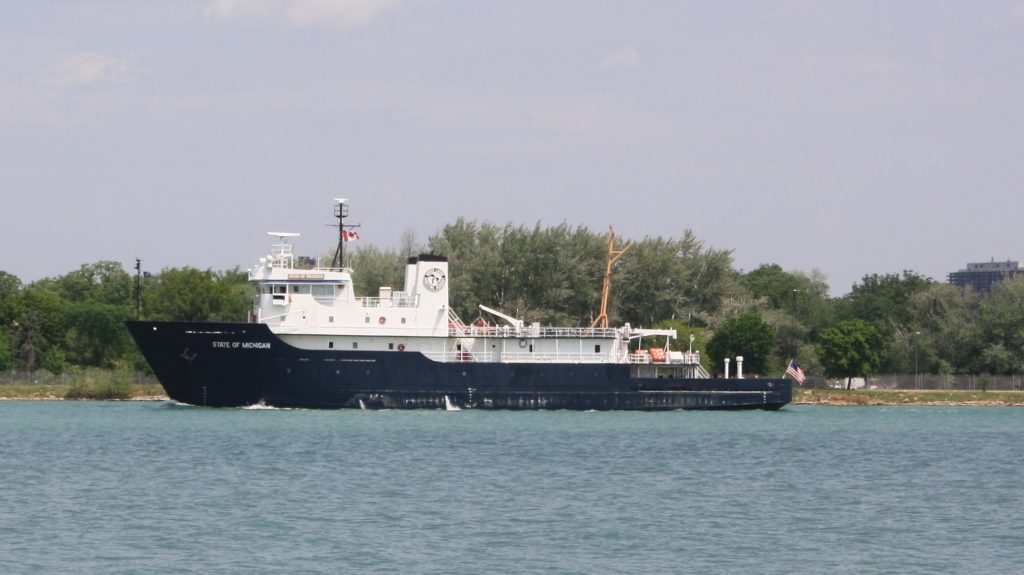
- Services: Legal Education, Policy
- Issues: Biodiversity, Water

- Services: Legal Advocacy
- Issues: Climate Change, Land
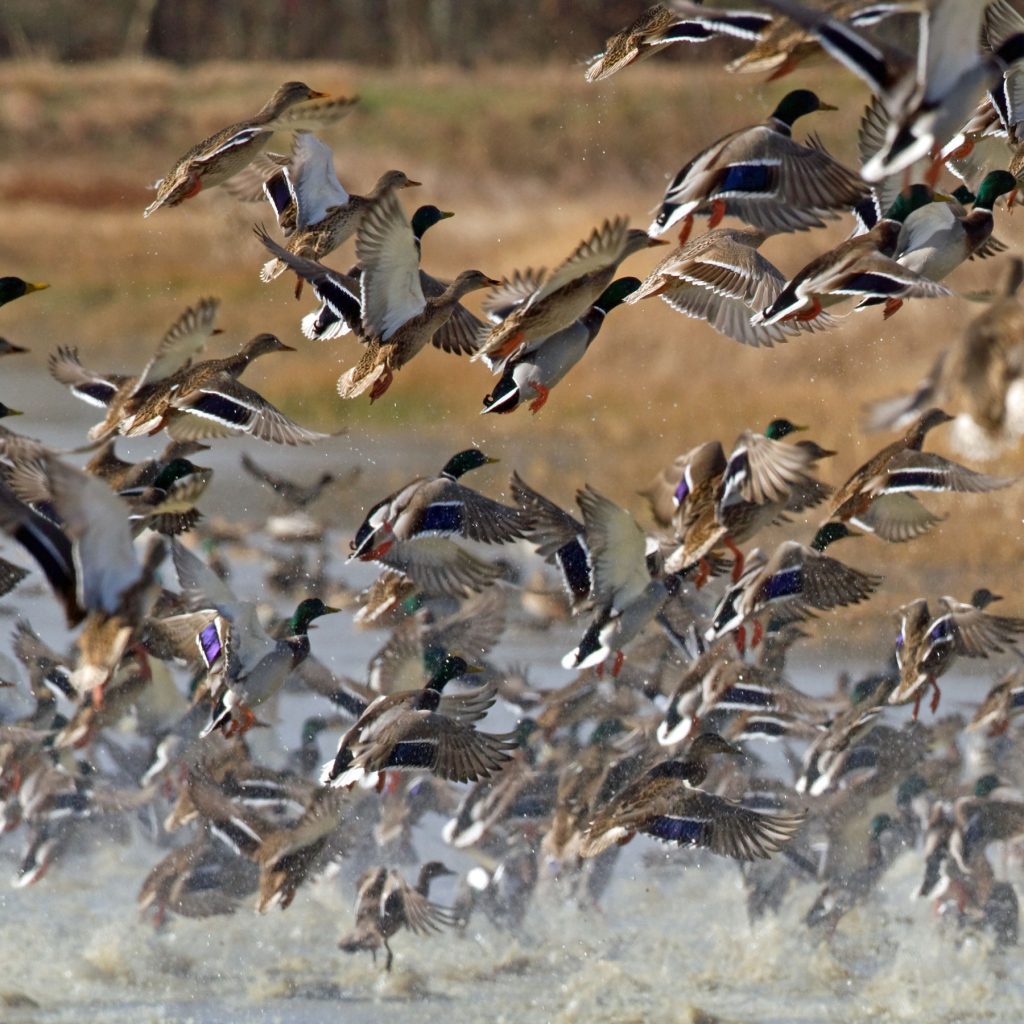
- Services: Legal Education, Policy
- Issues: Biodiversity
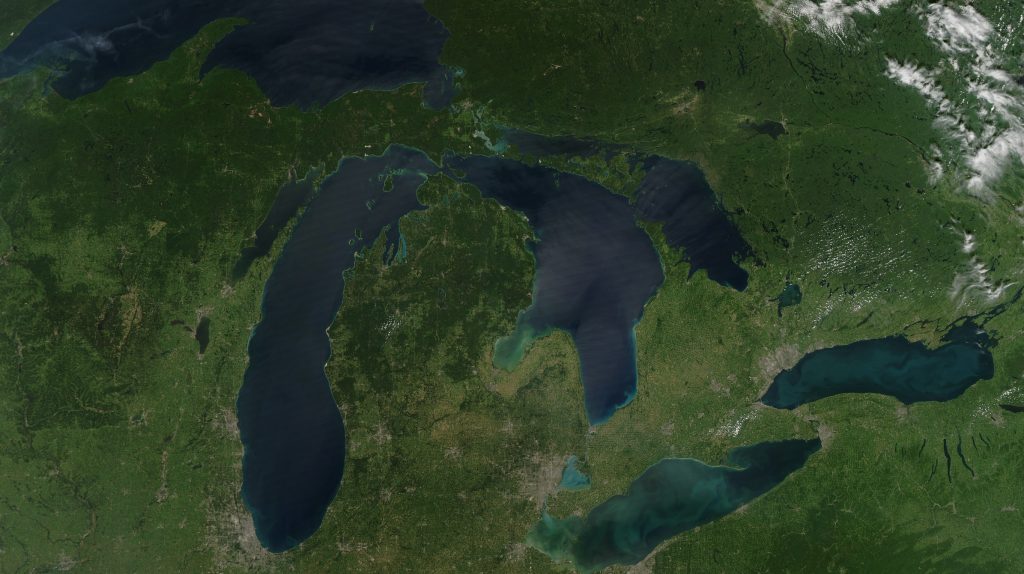
- Services: Legal Advocacy, Policy
- Issues: Water


- Services: Legal Education, Nonprofit Support
- Issues: Land

- Services: Nonprofit Support
- Issues: Biodiversity
Let's Stay in Touch
Get the latest news directly to your inbox
CLC periodically sends out newsletters with updates about our latest work. Stay in the loop by signing up for the newsletter.

